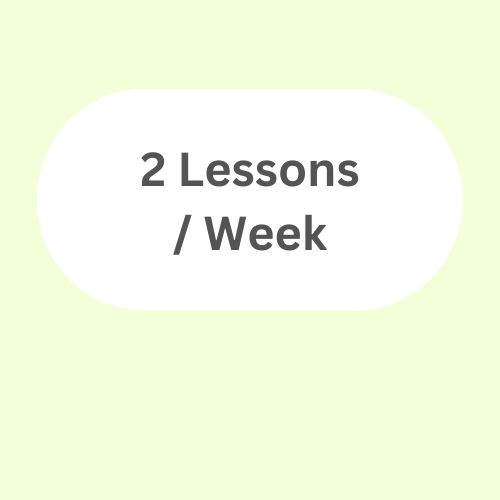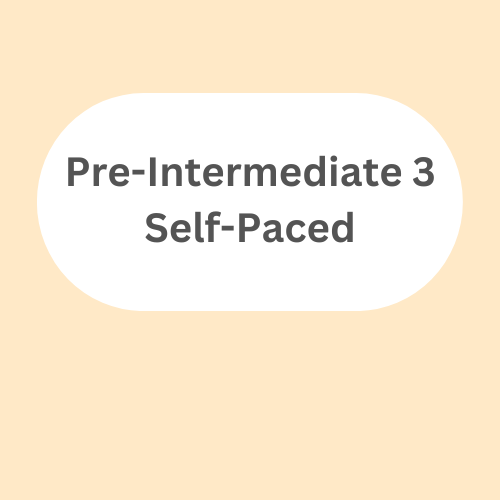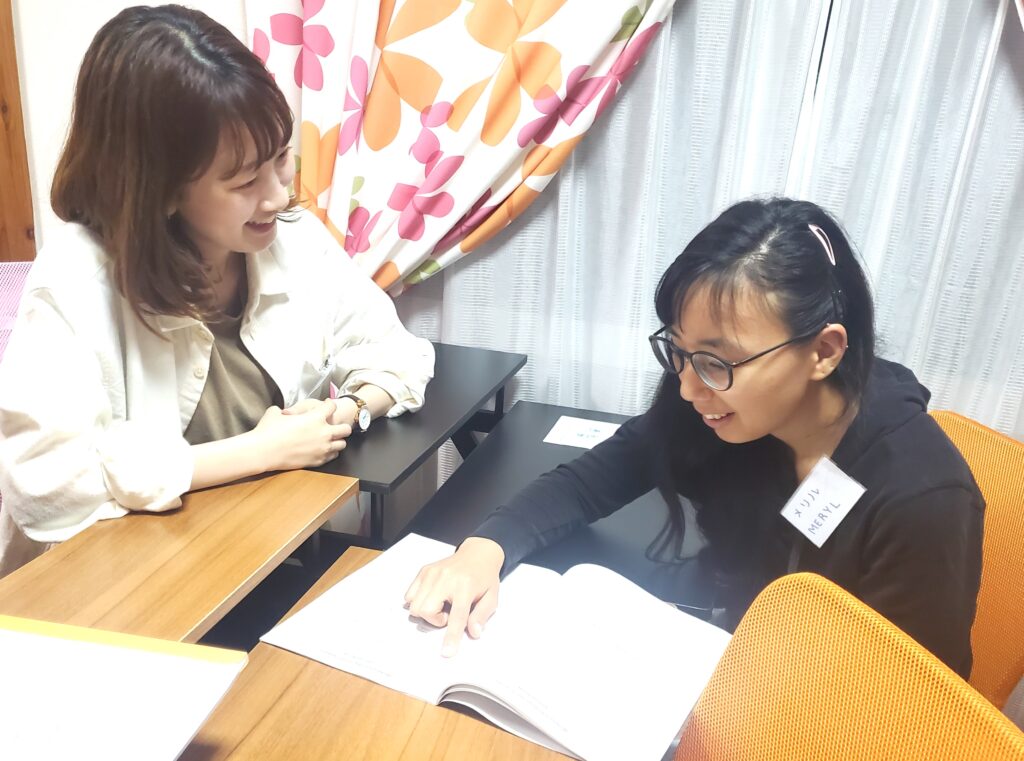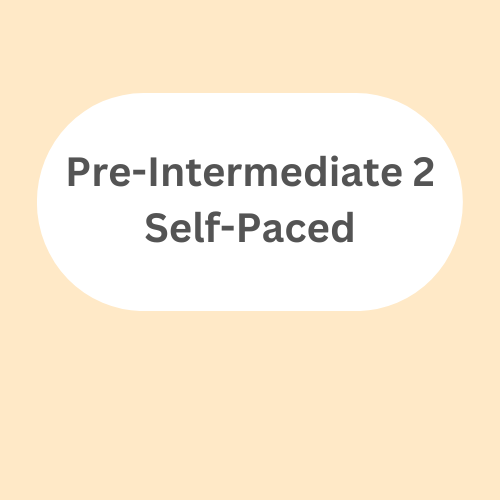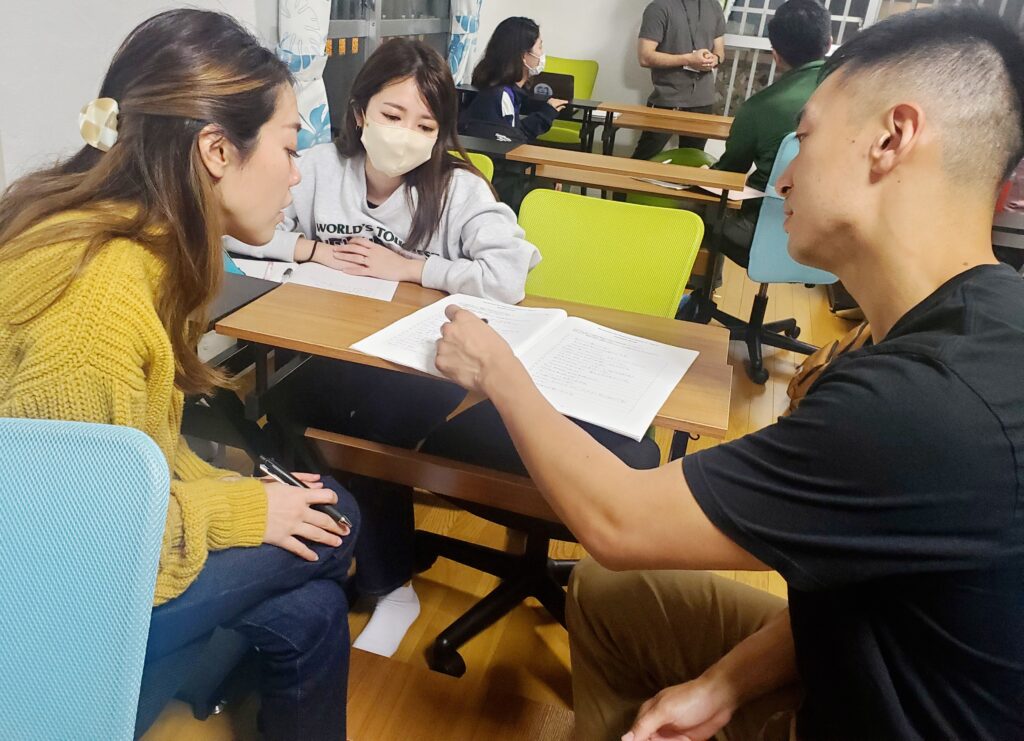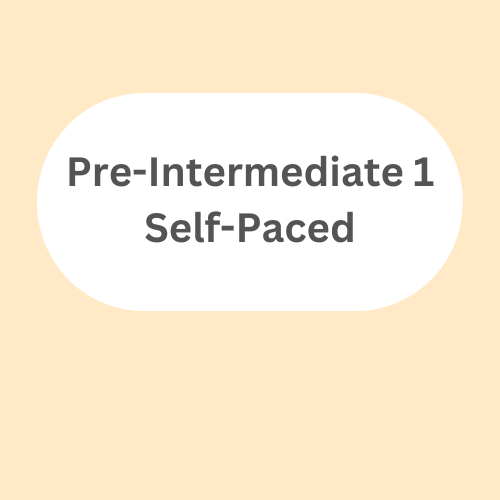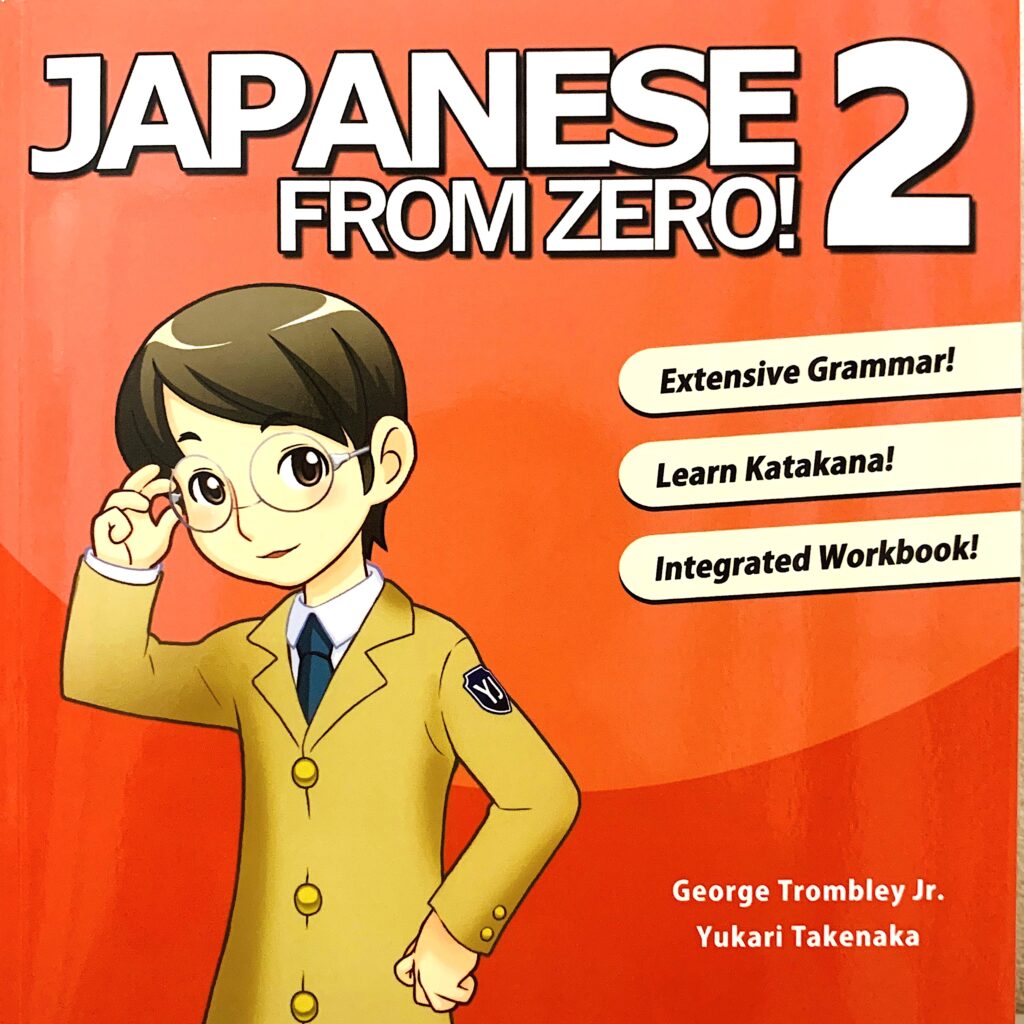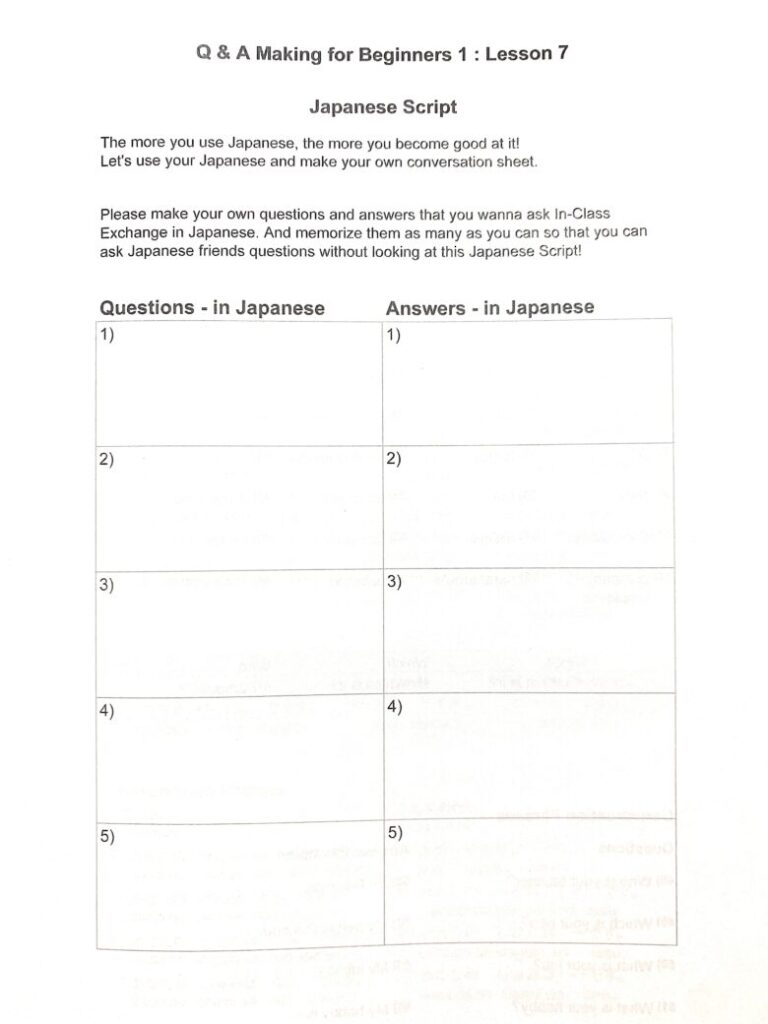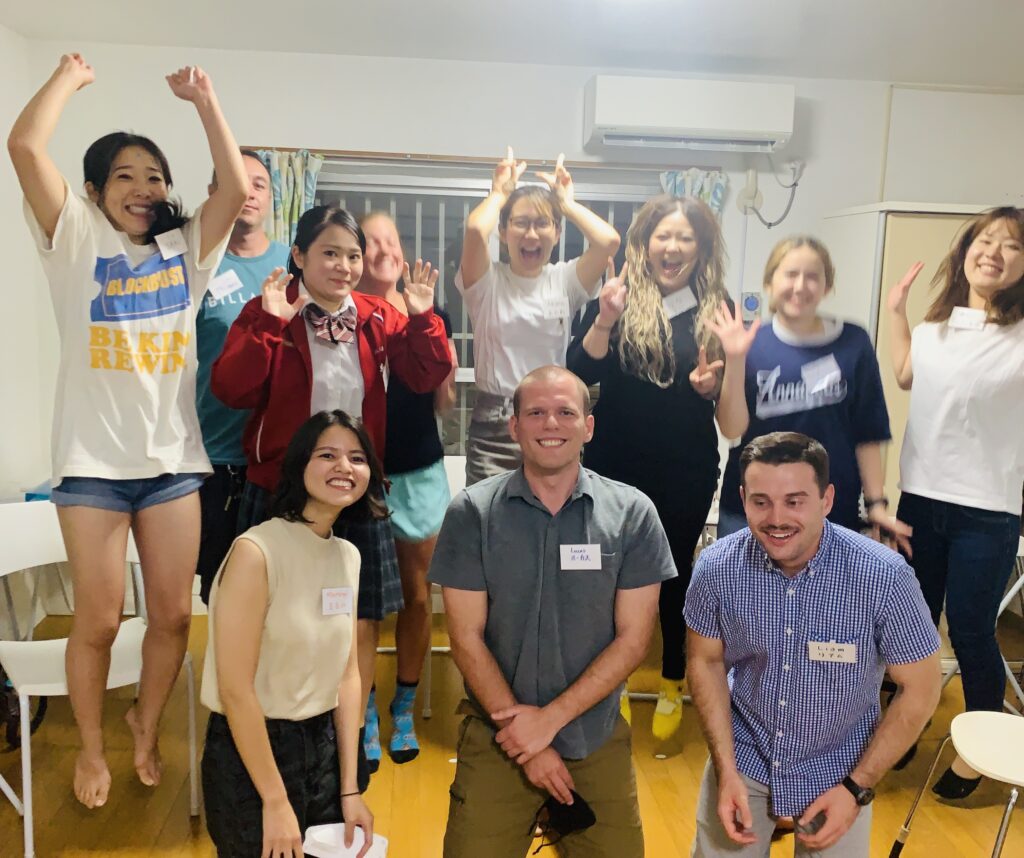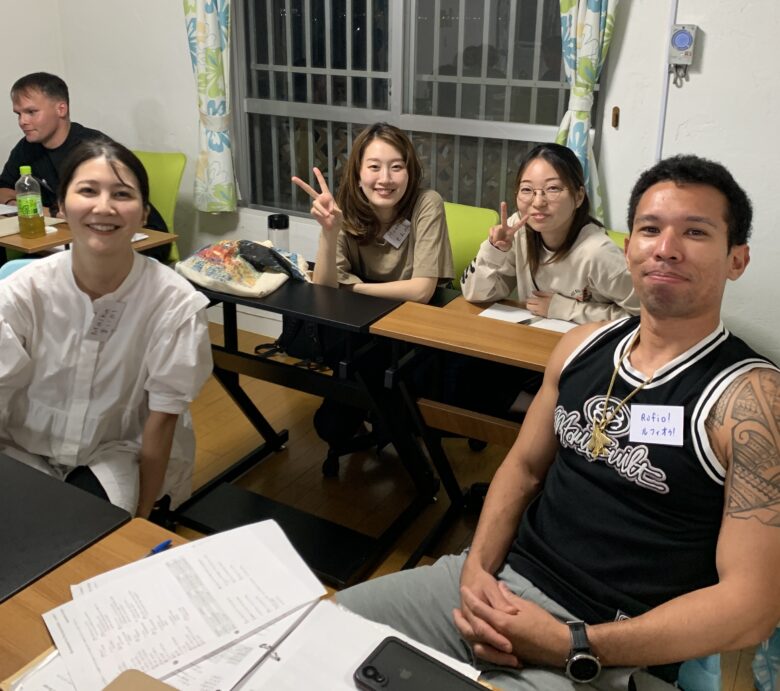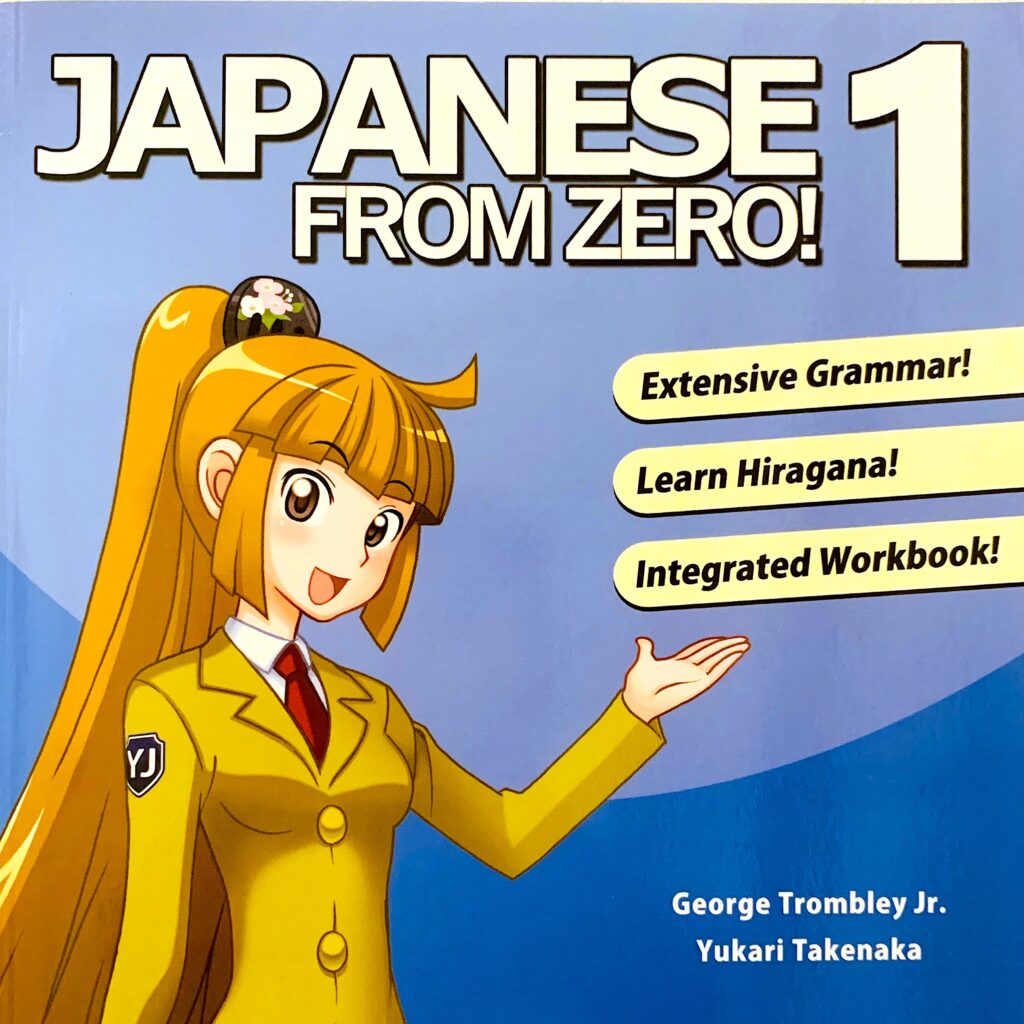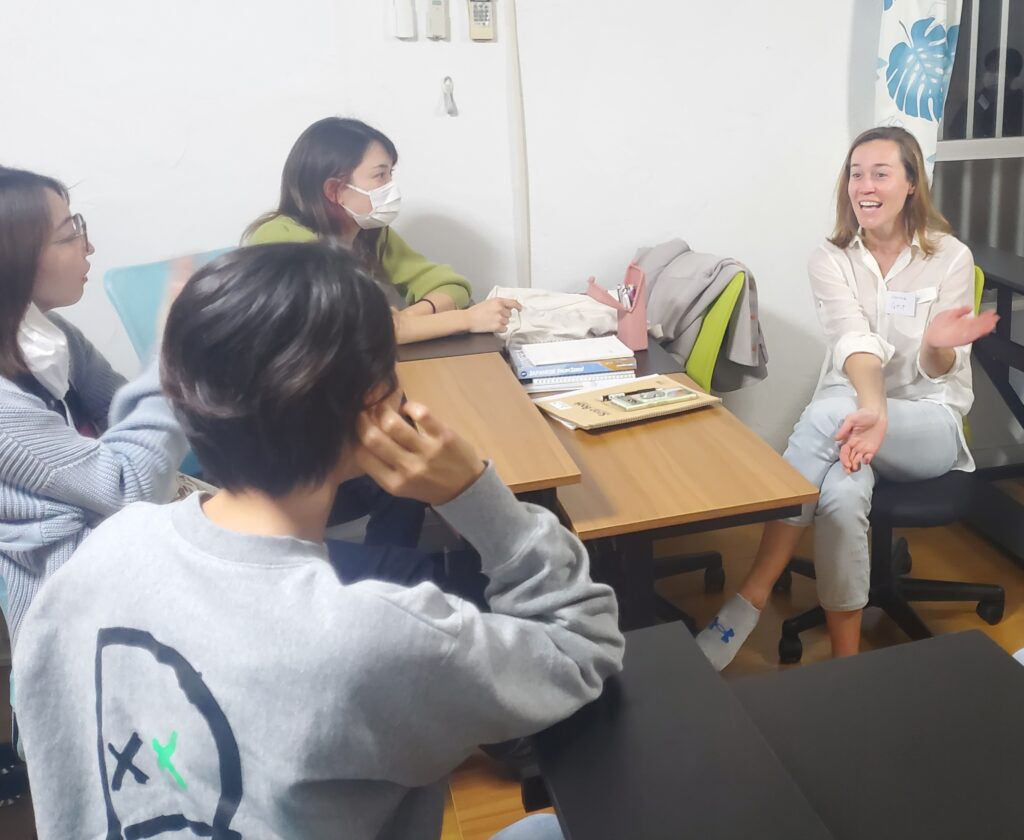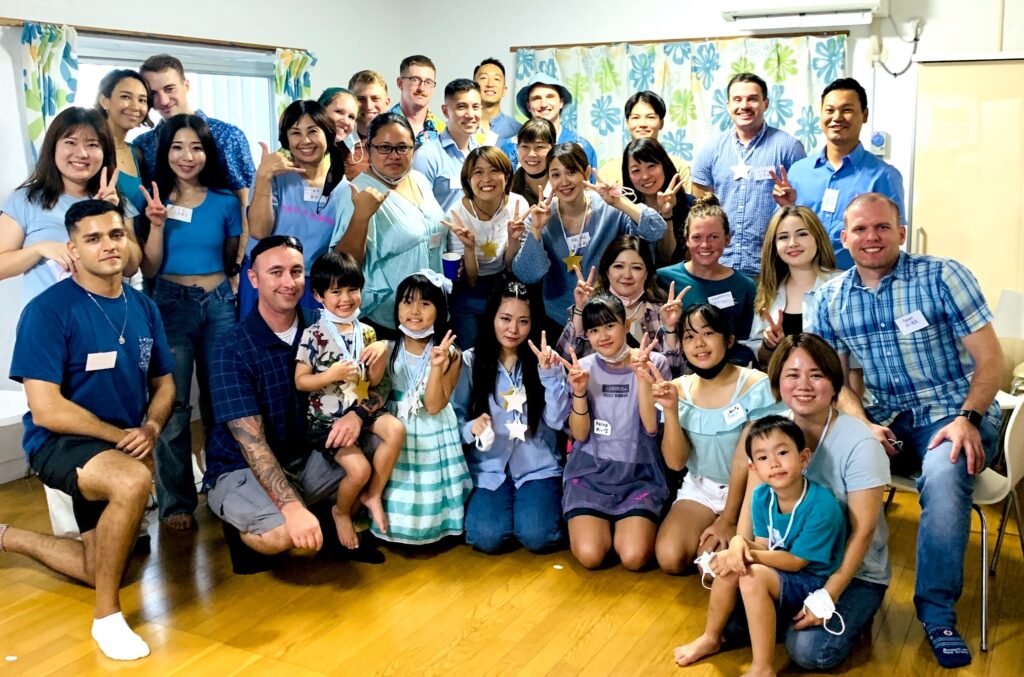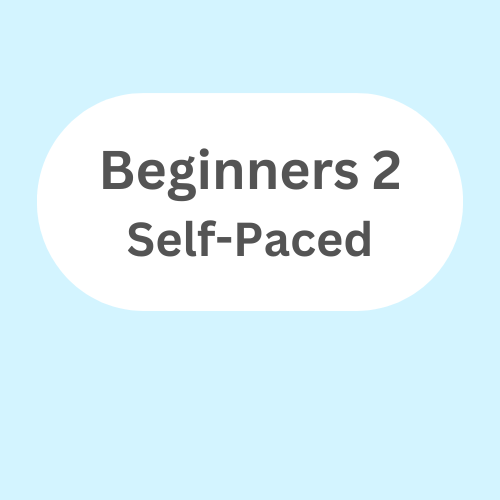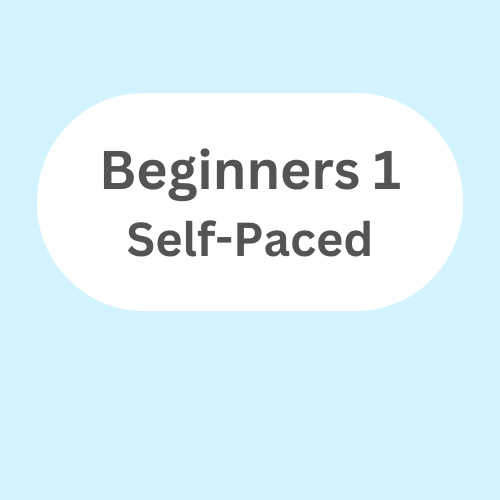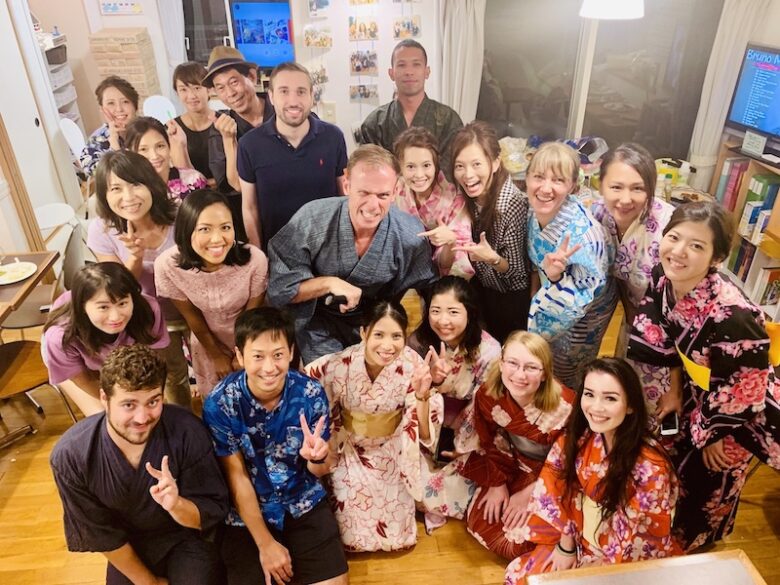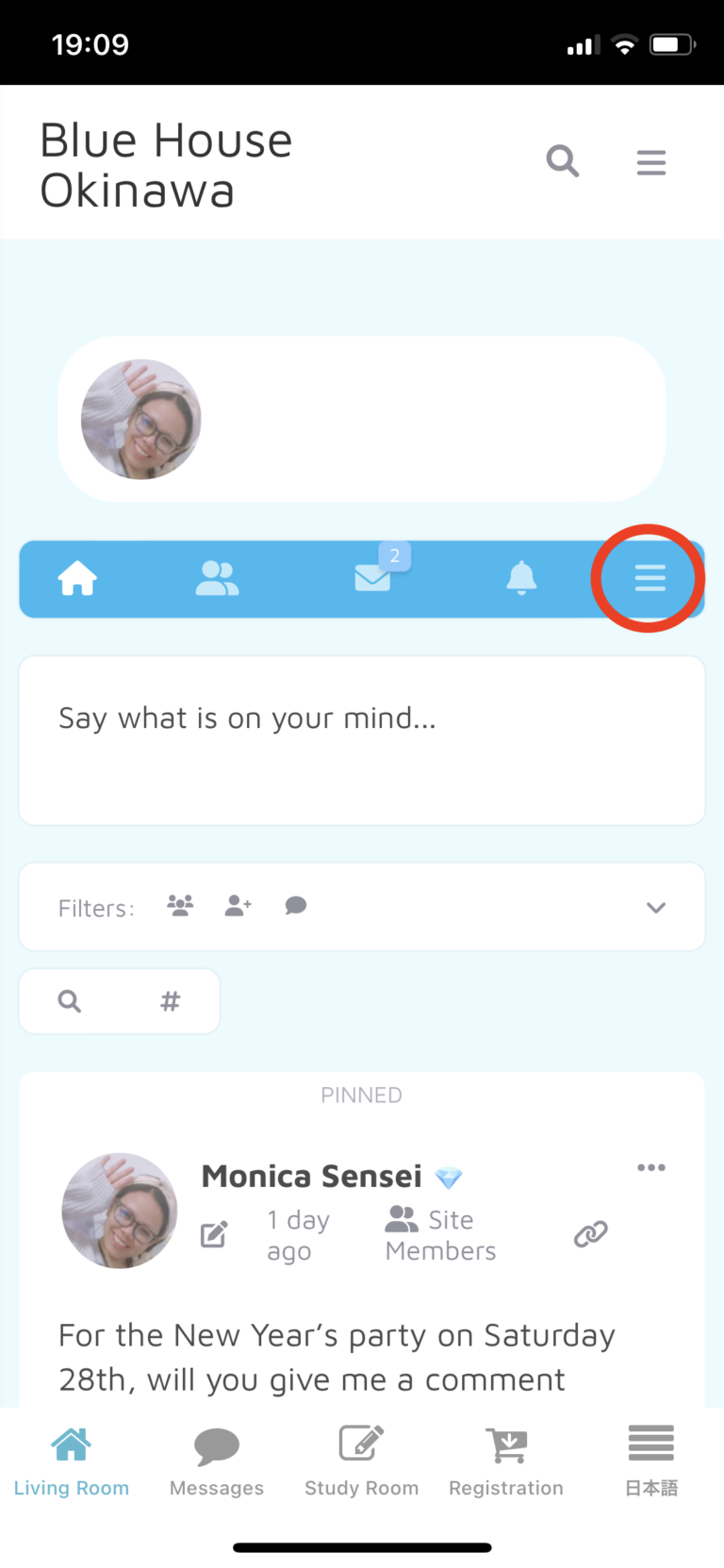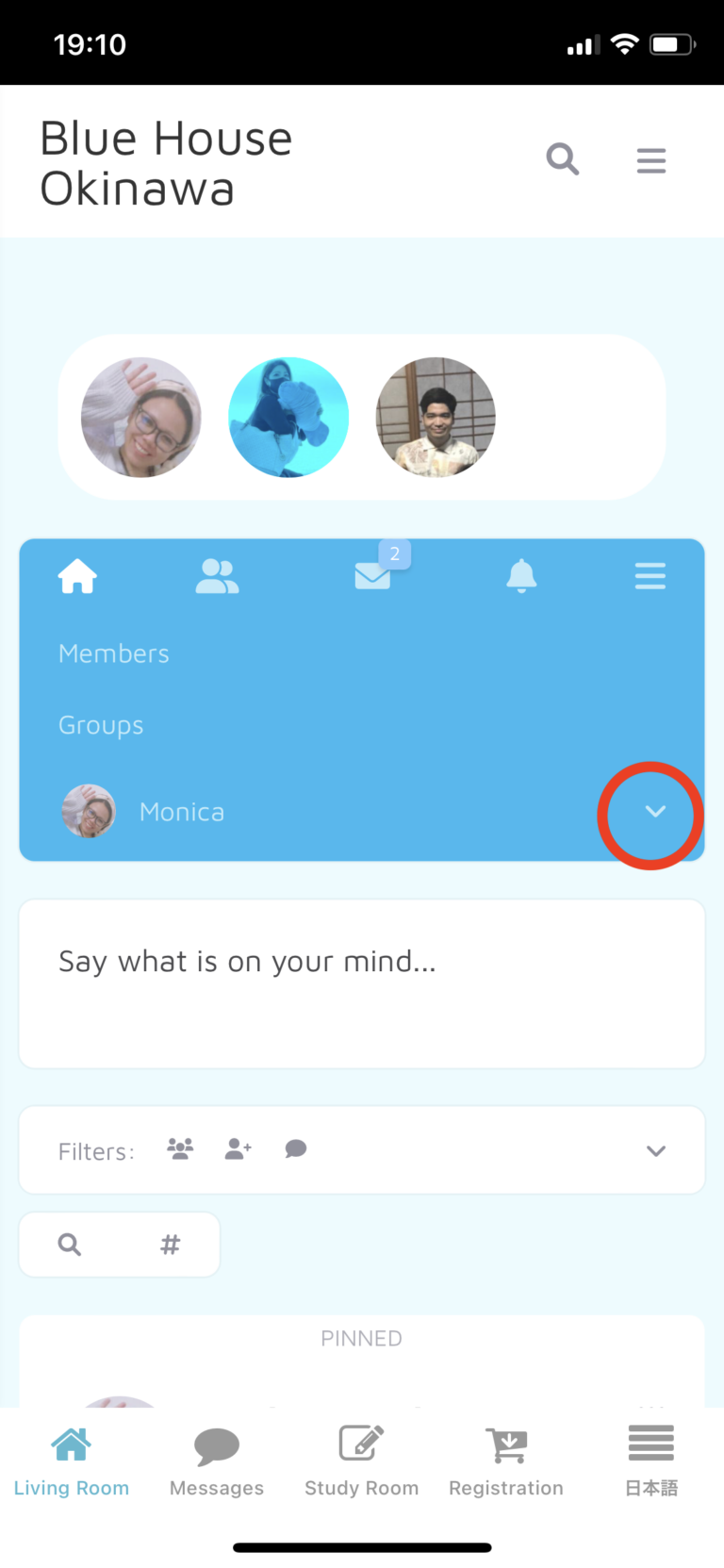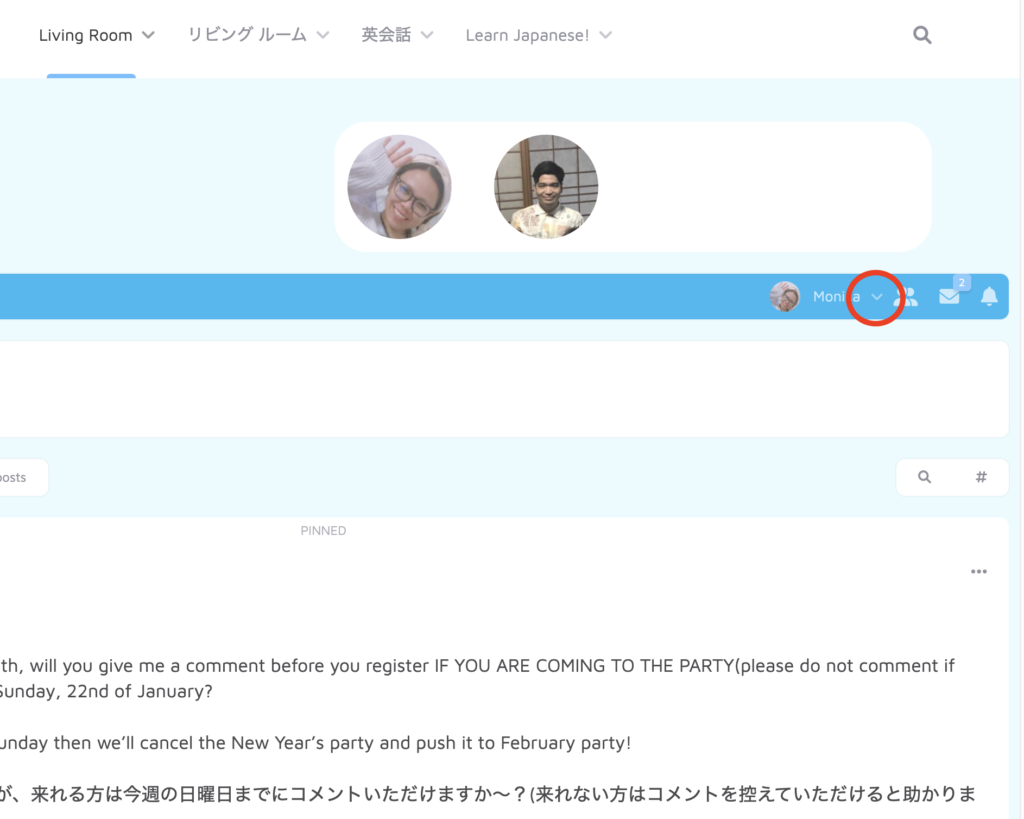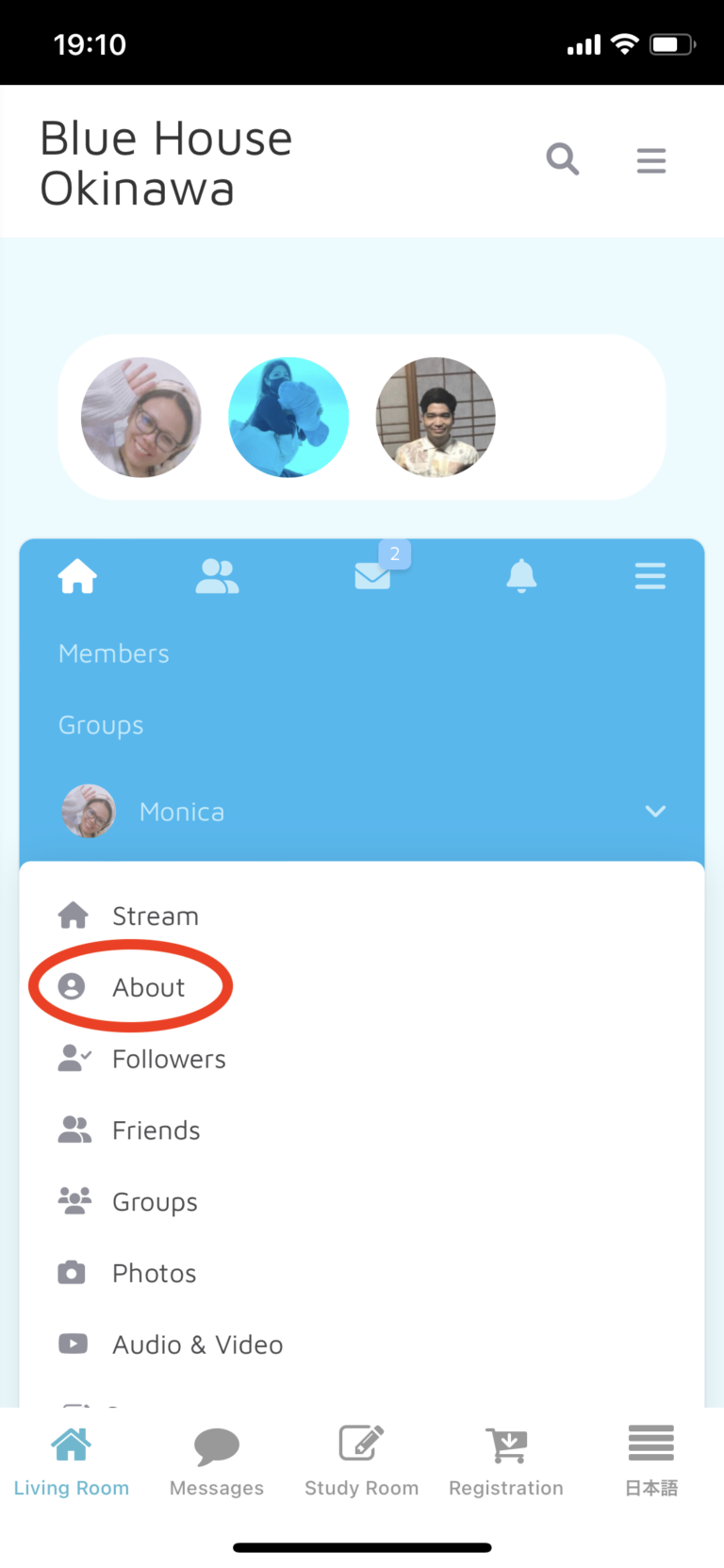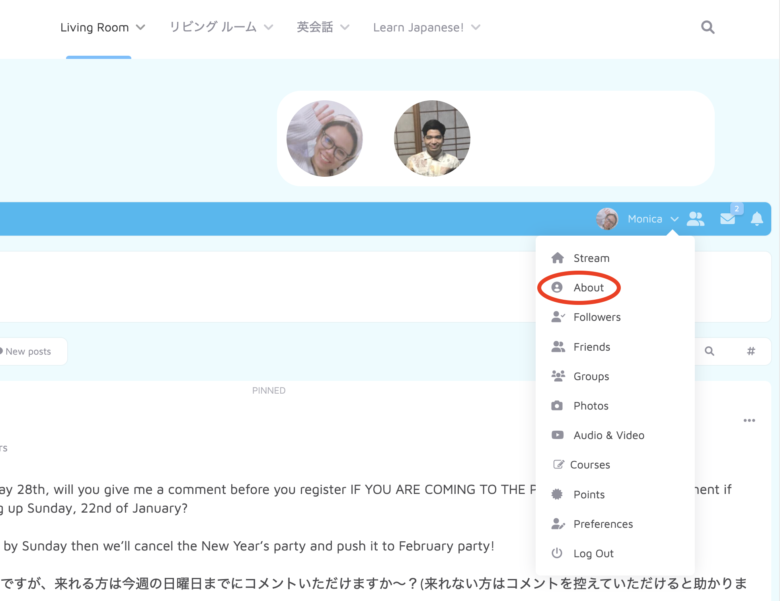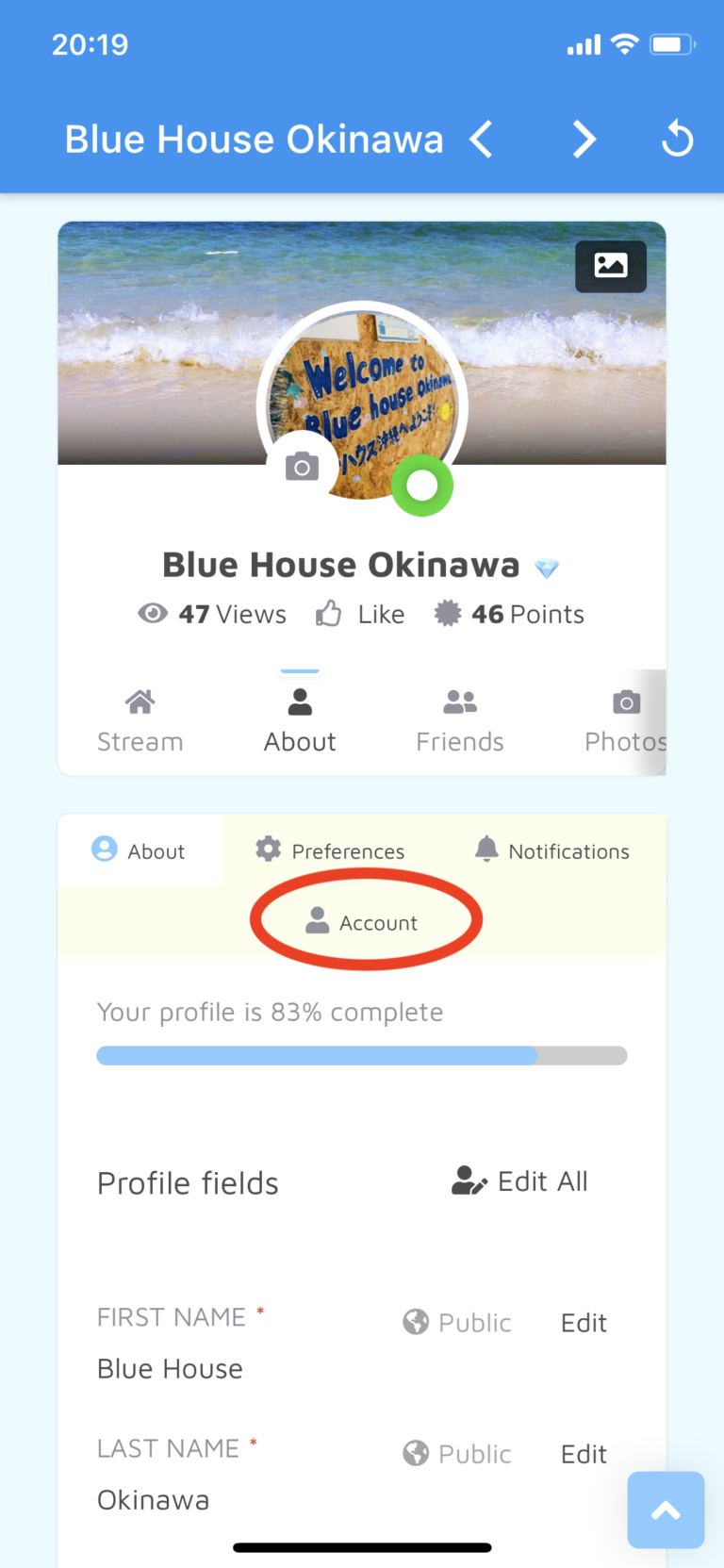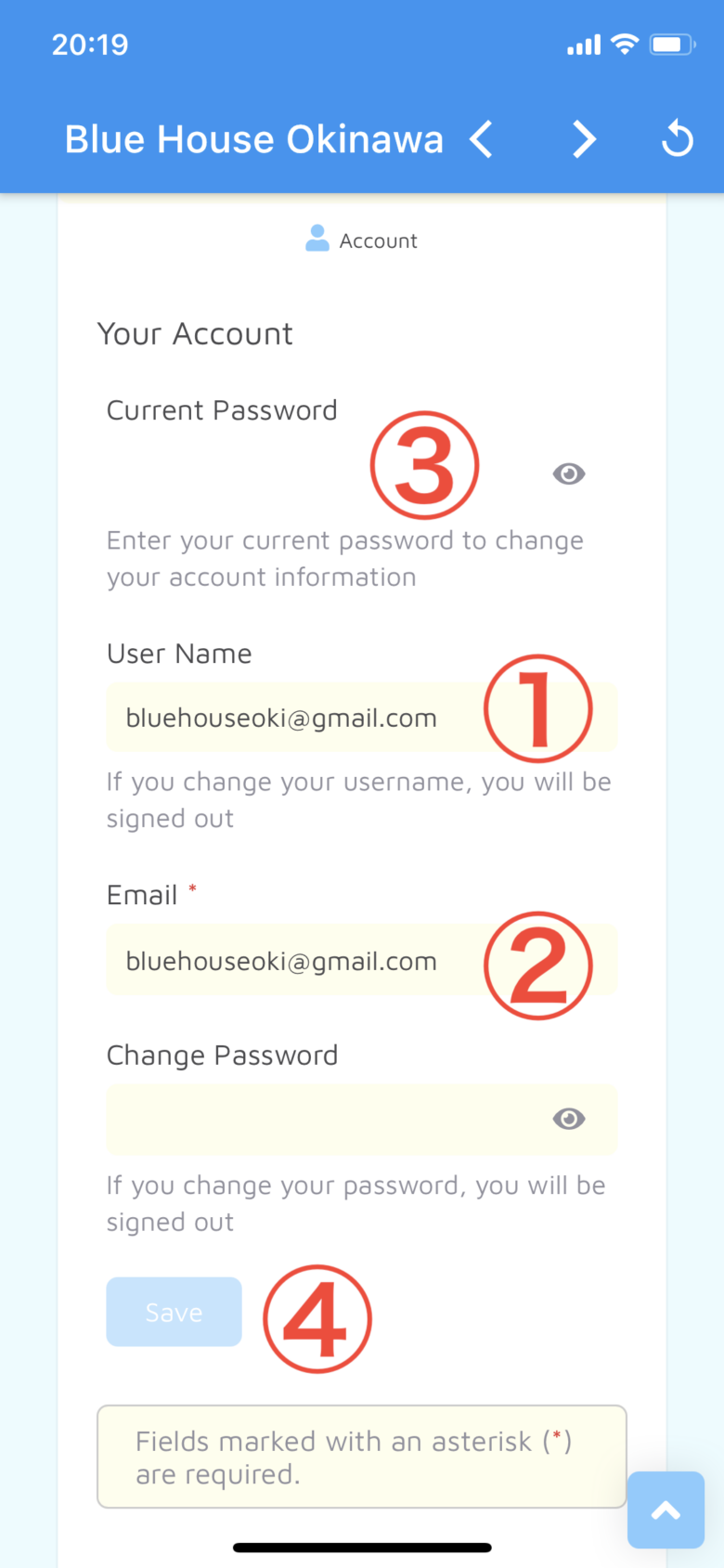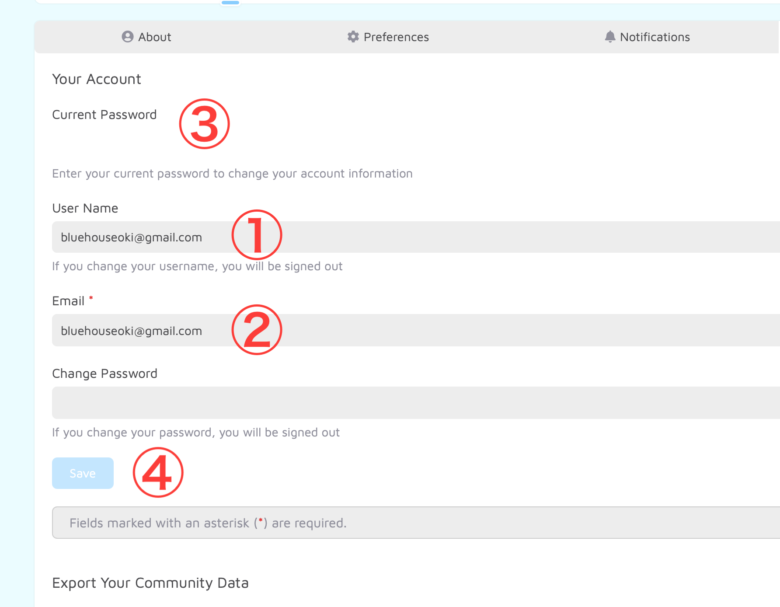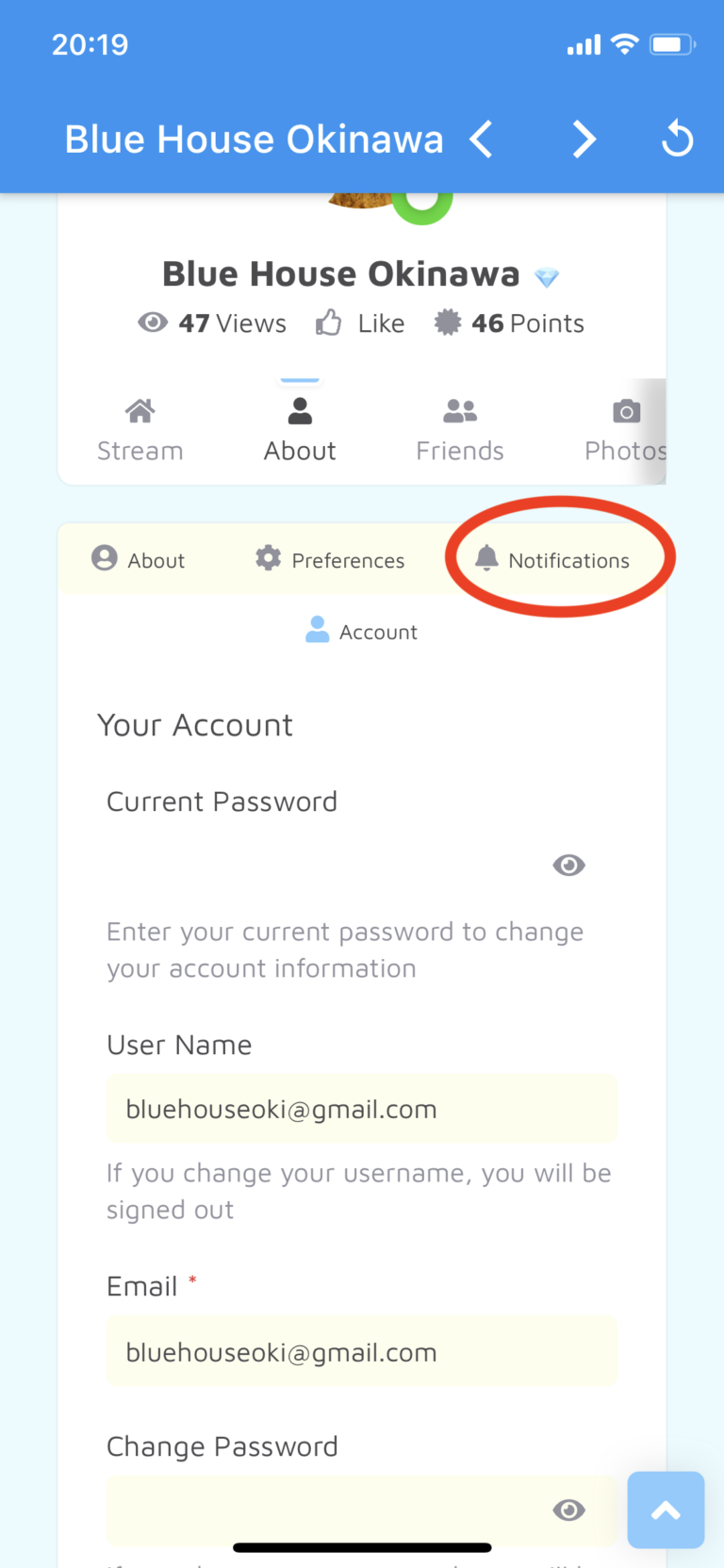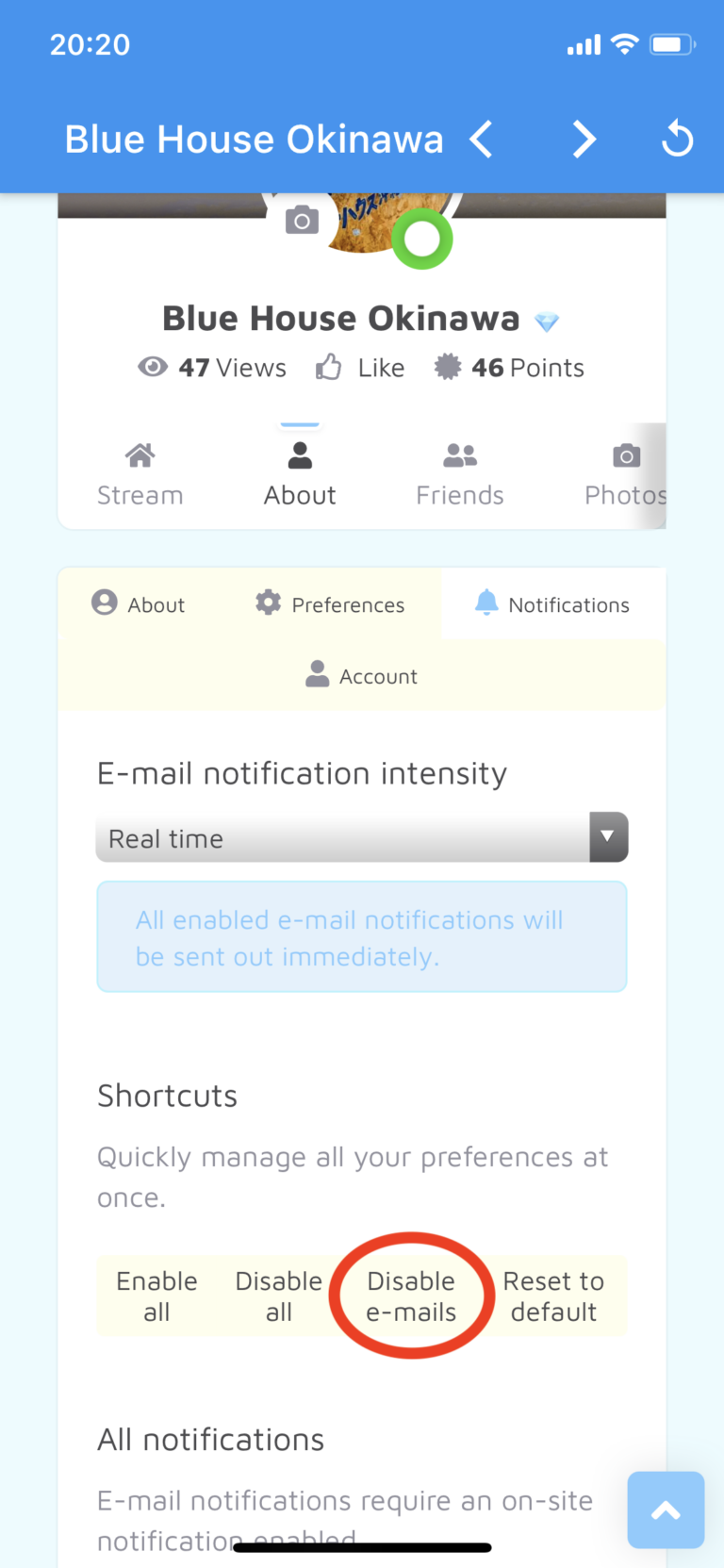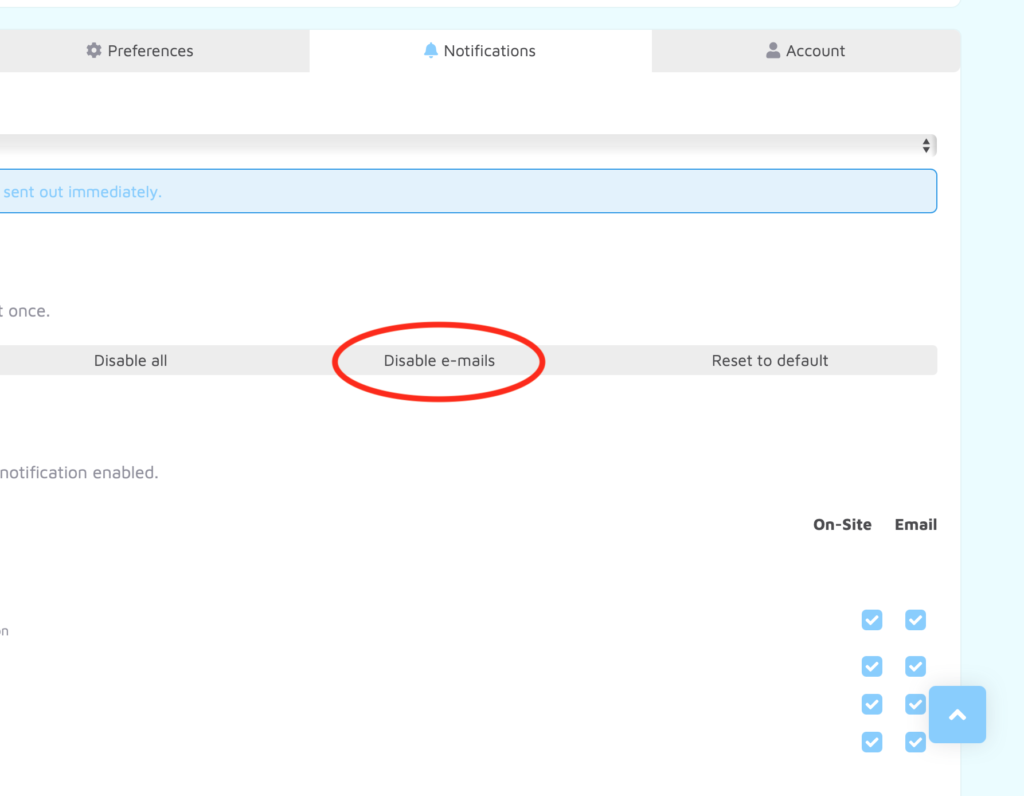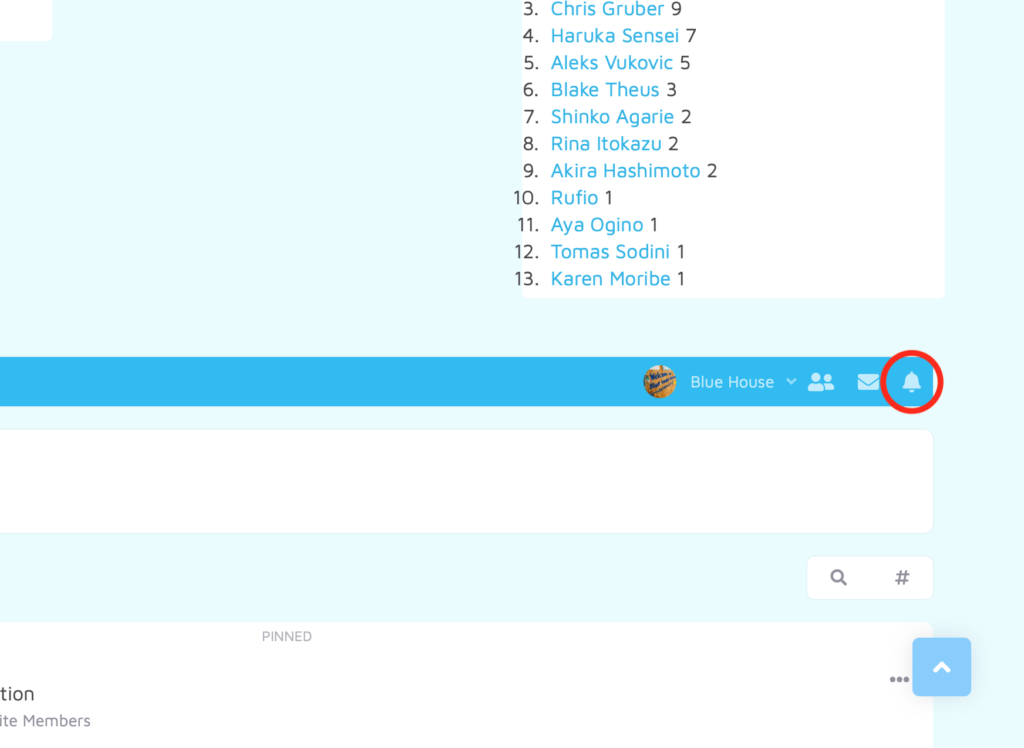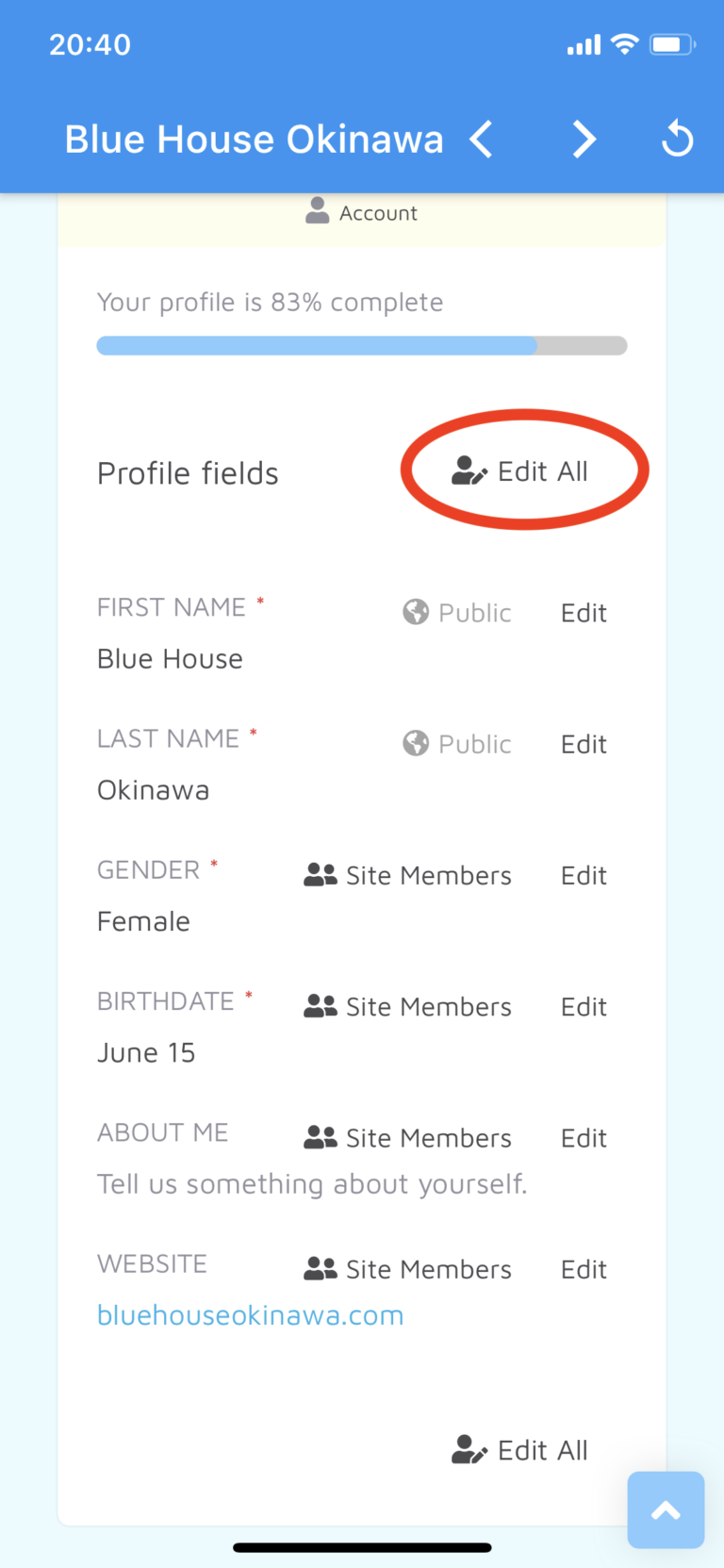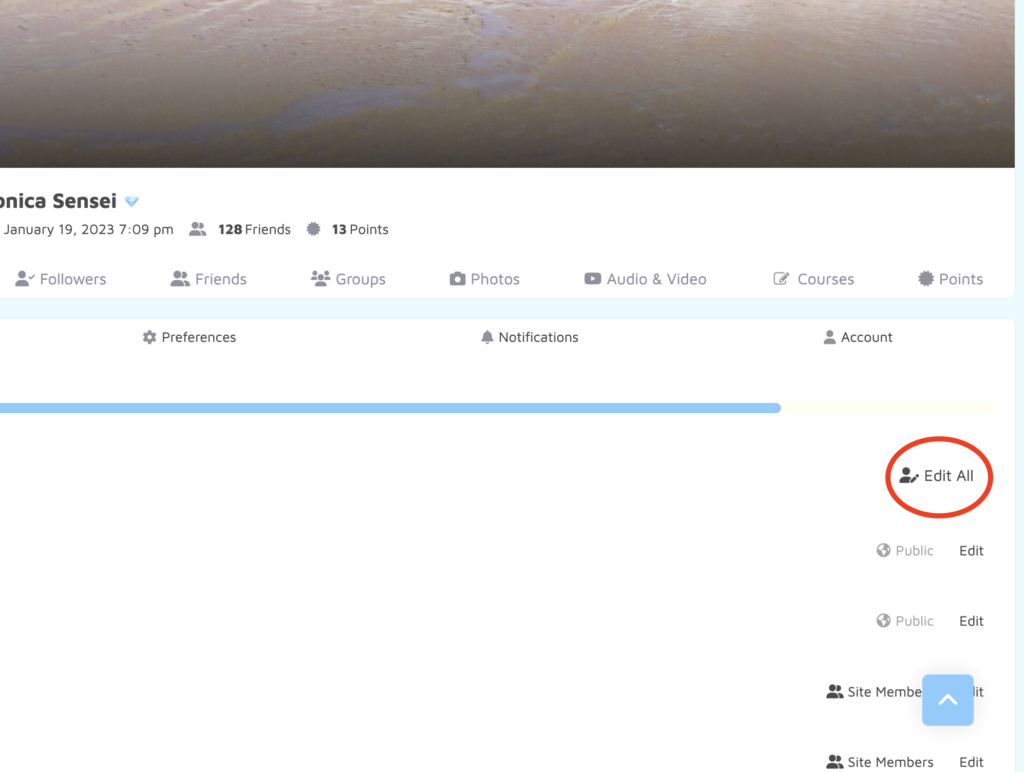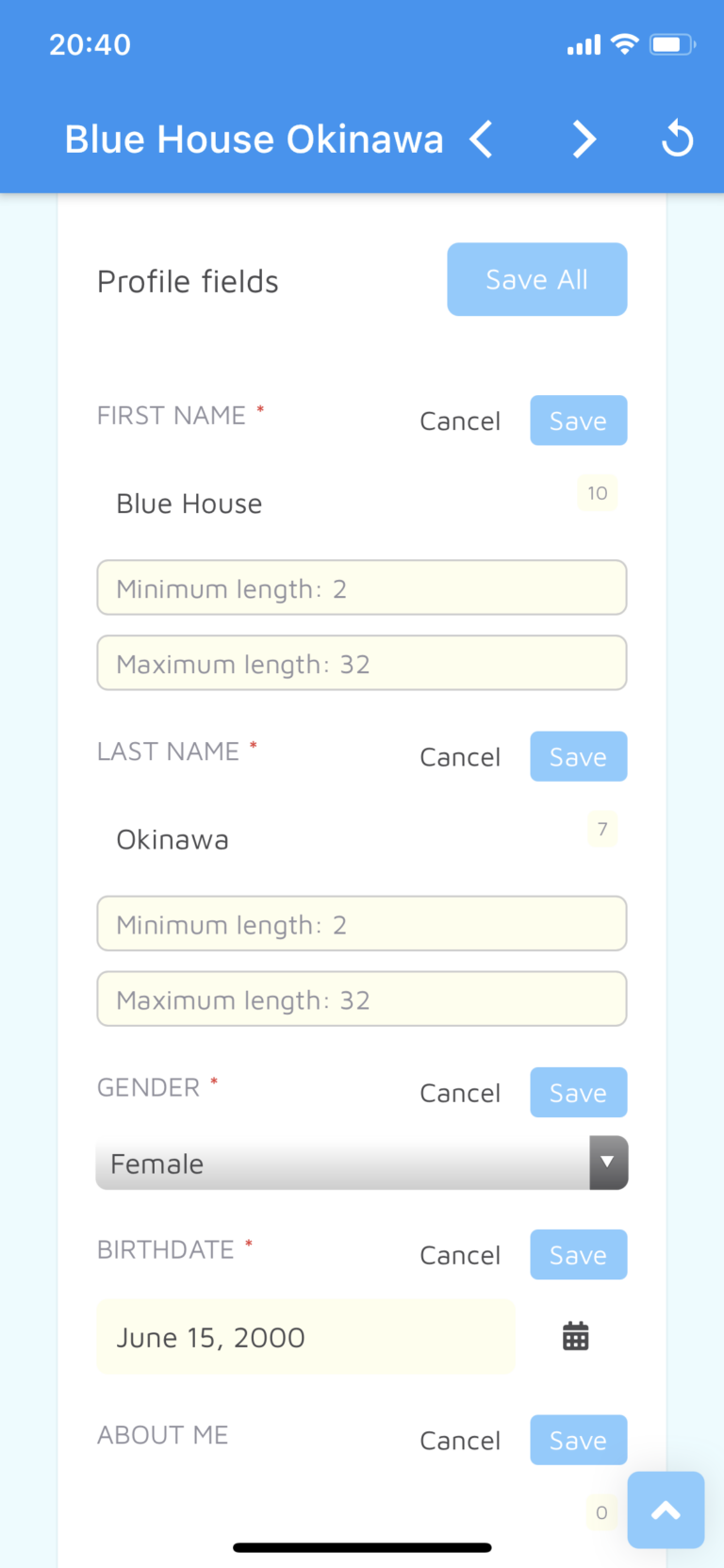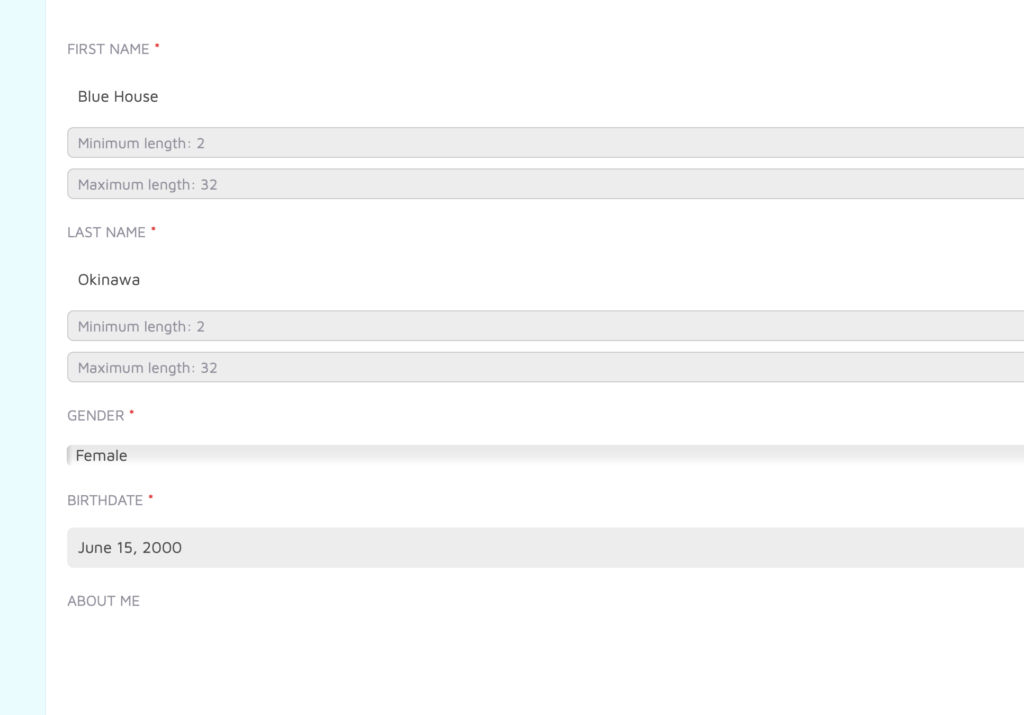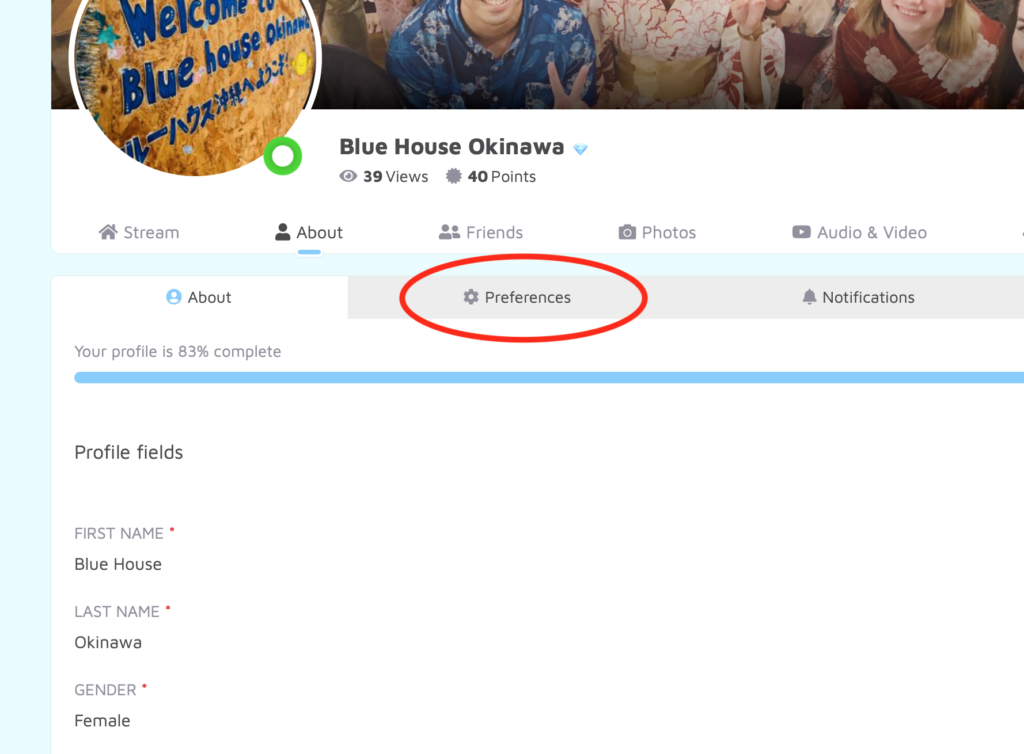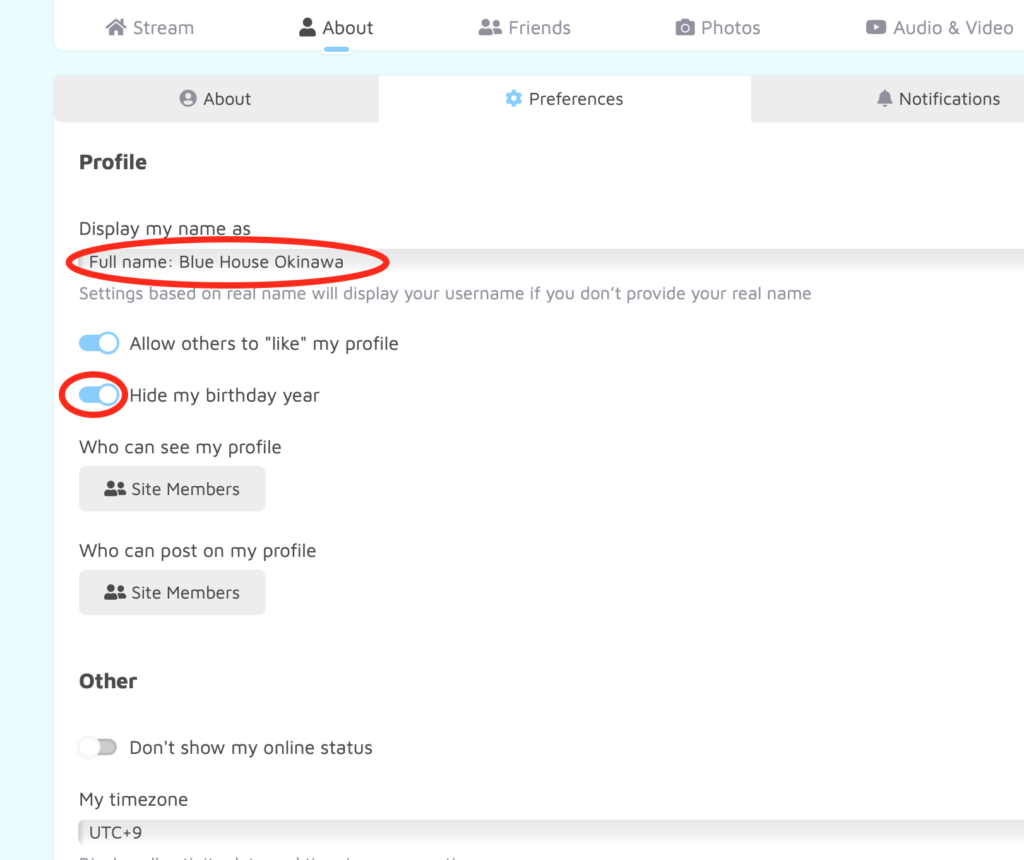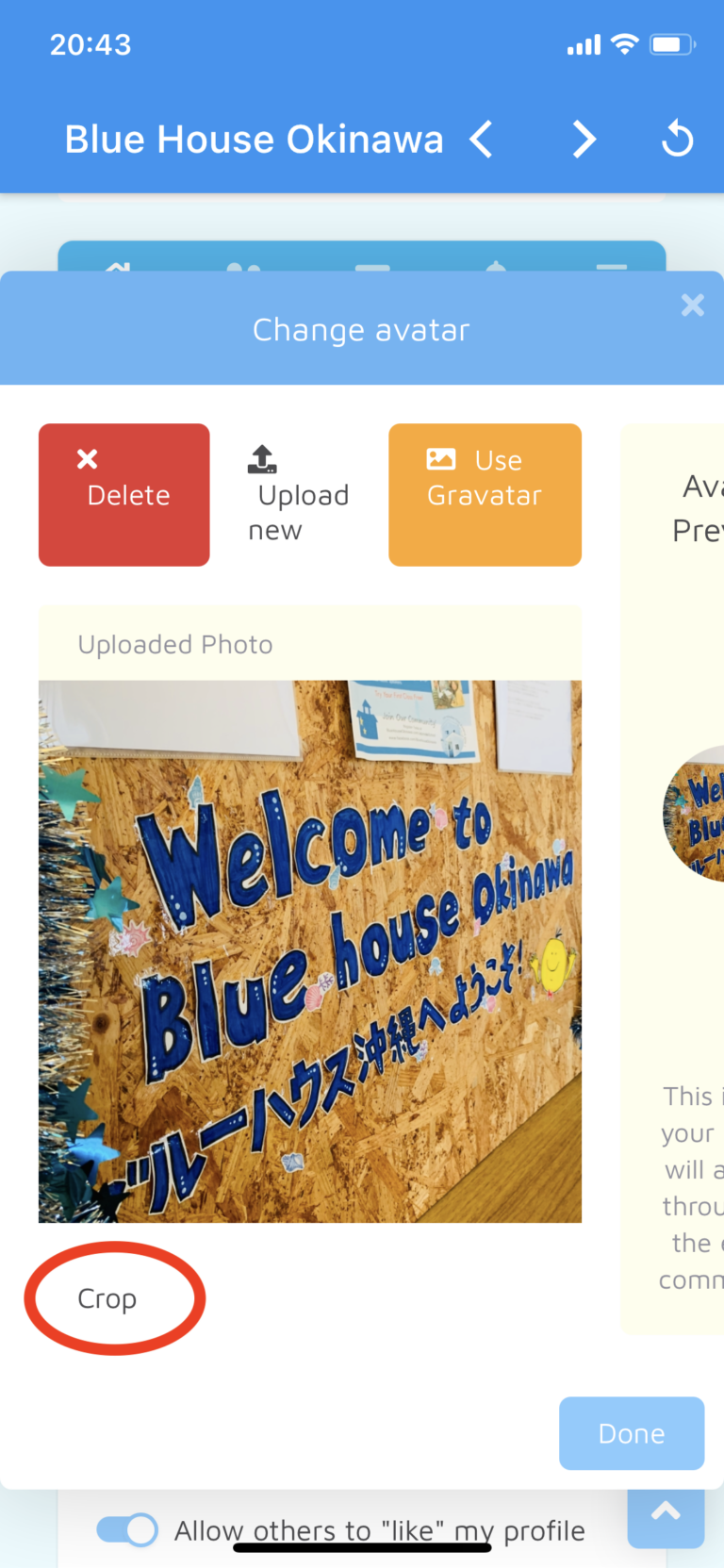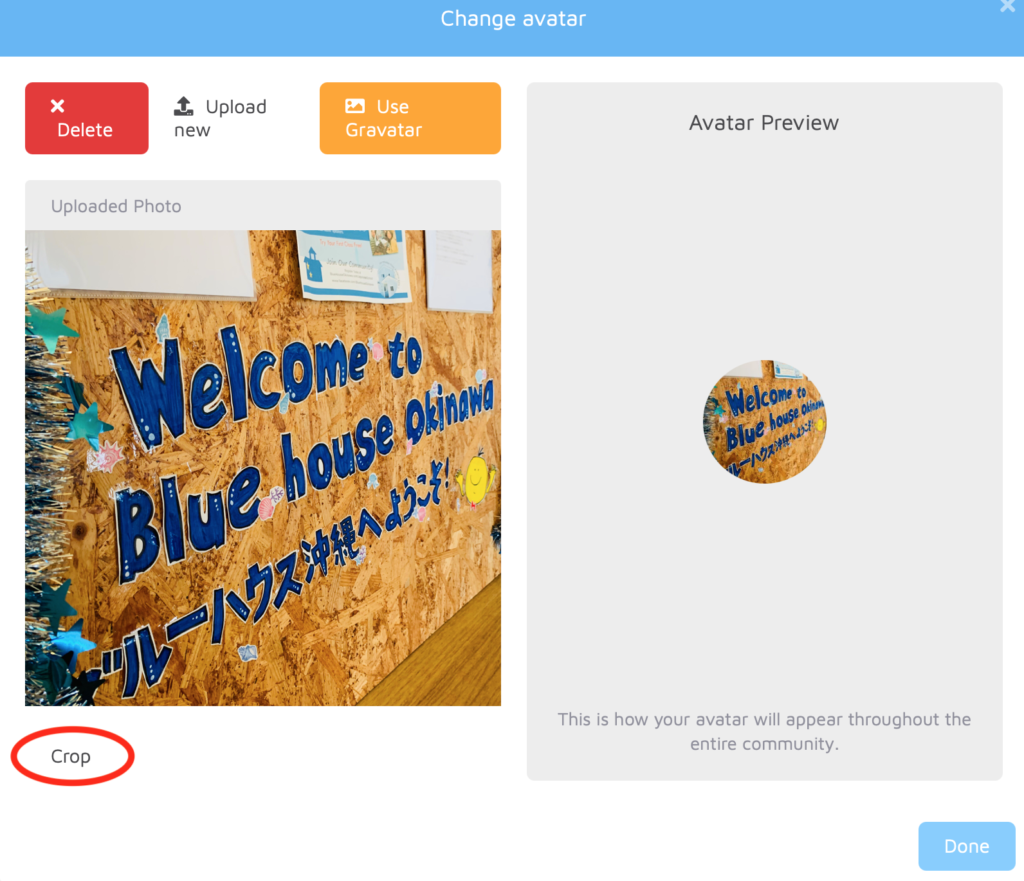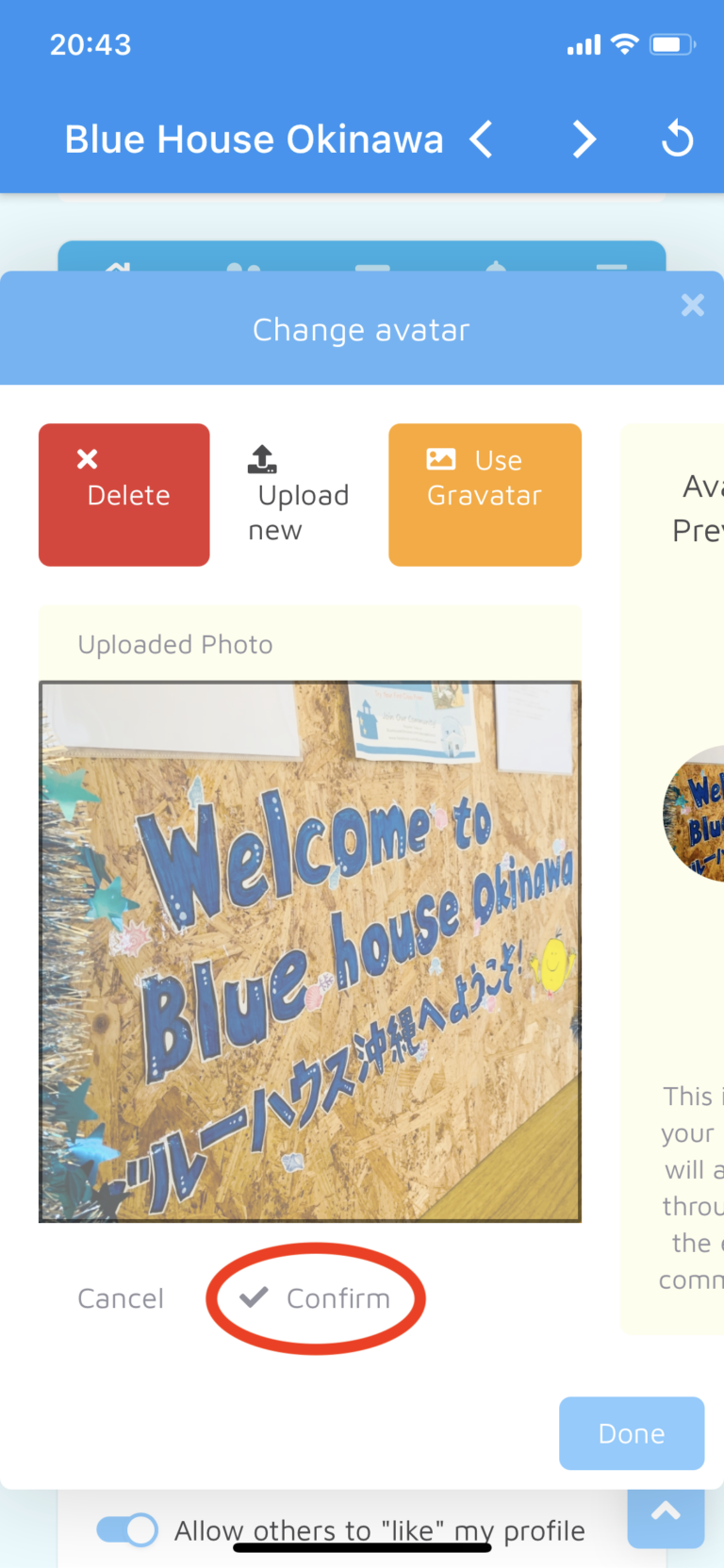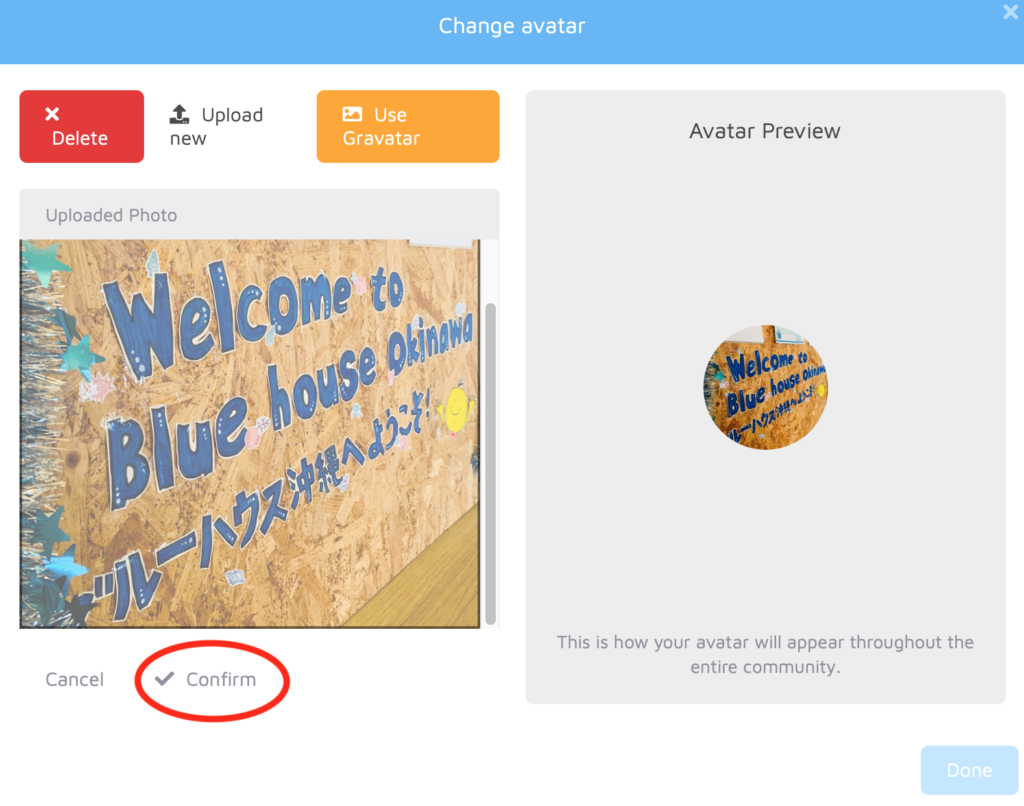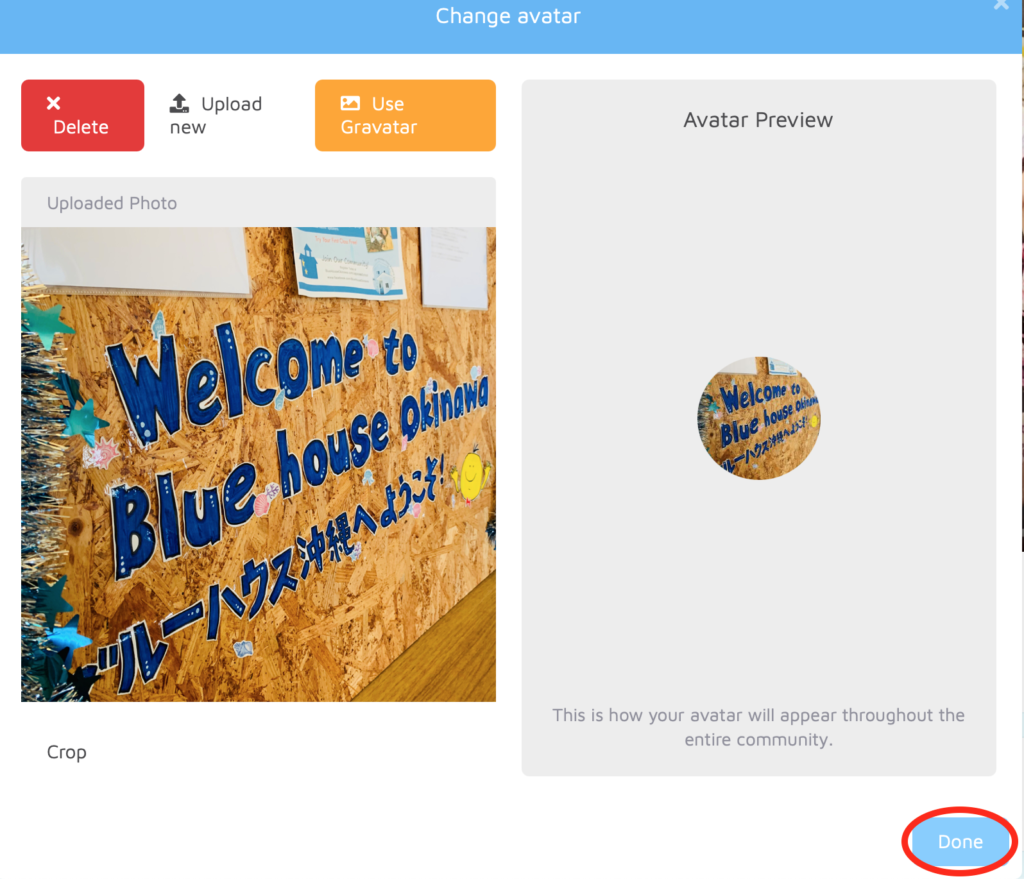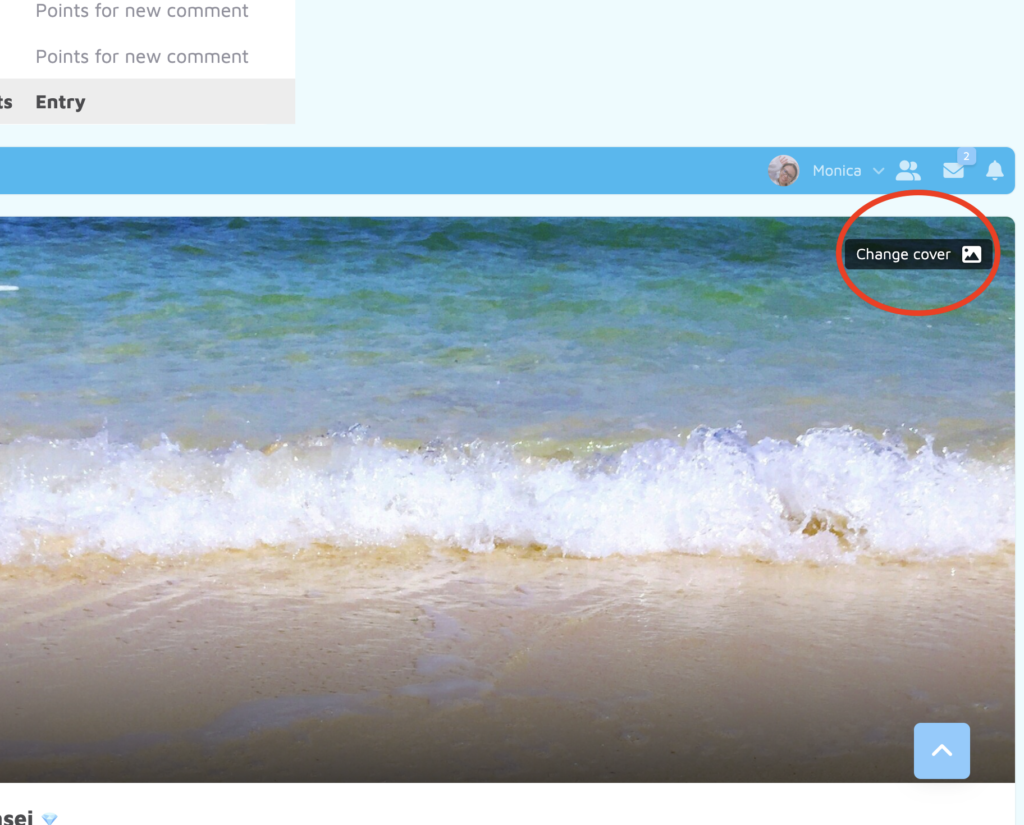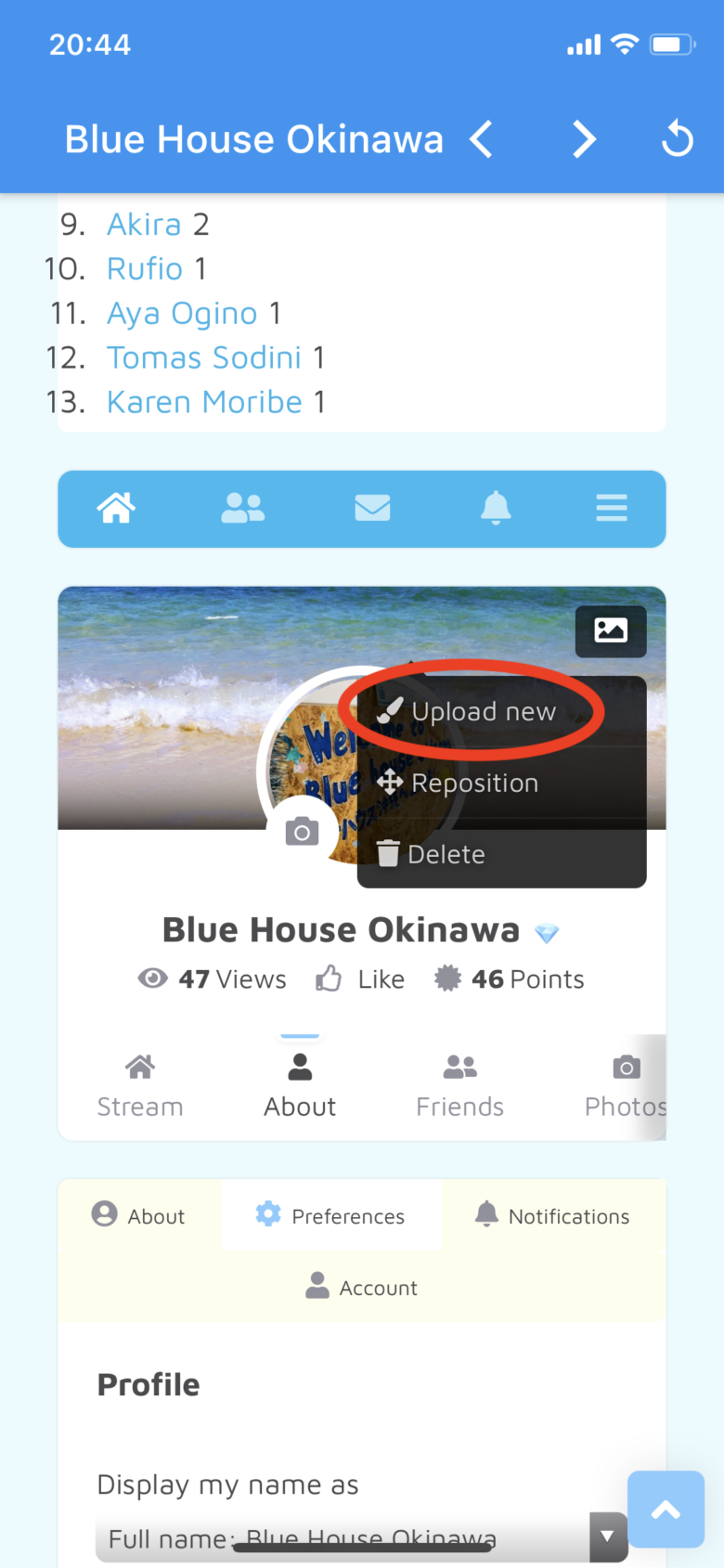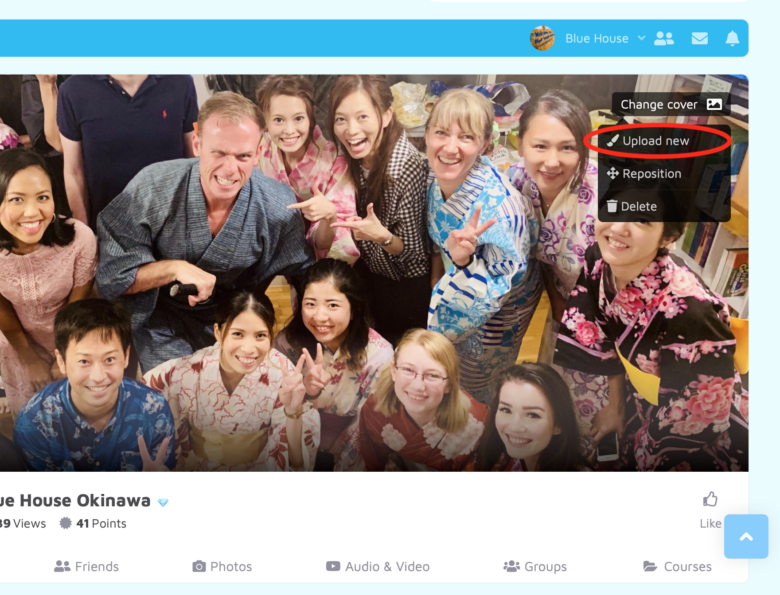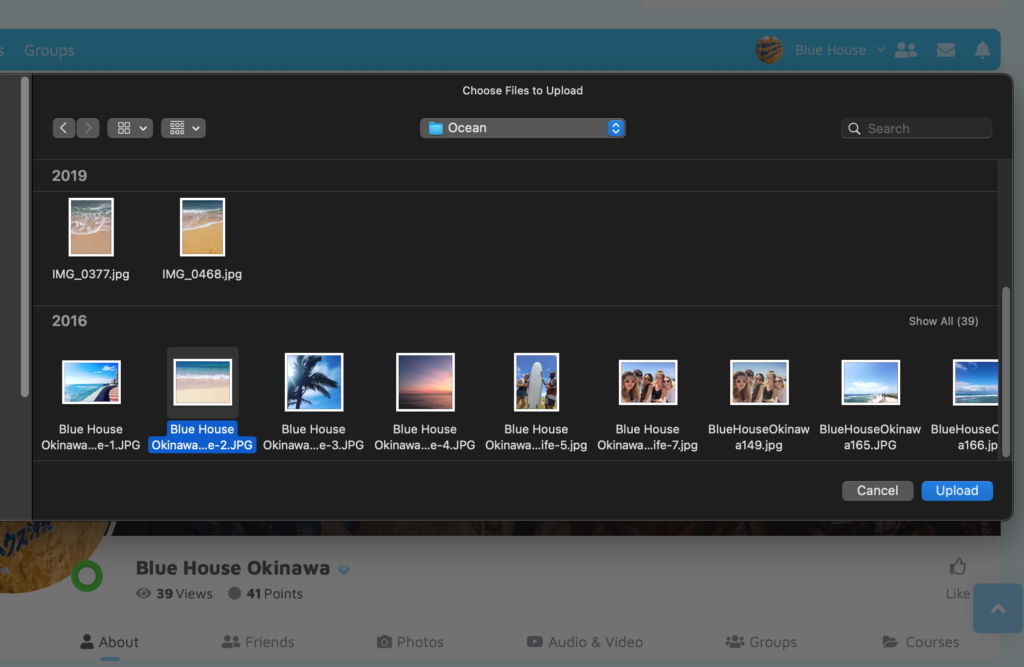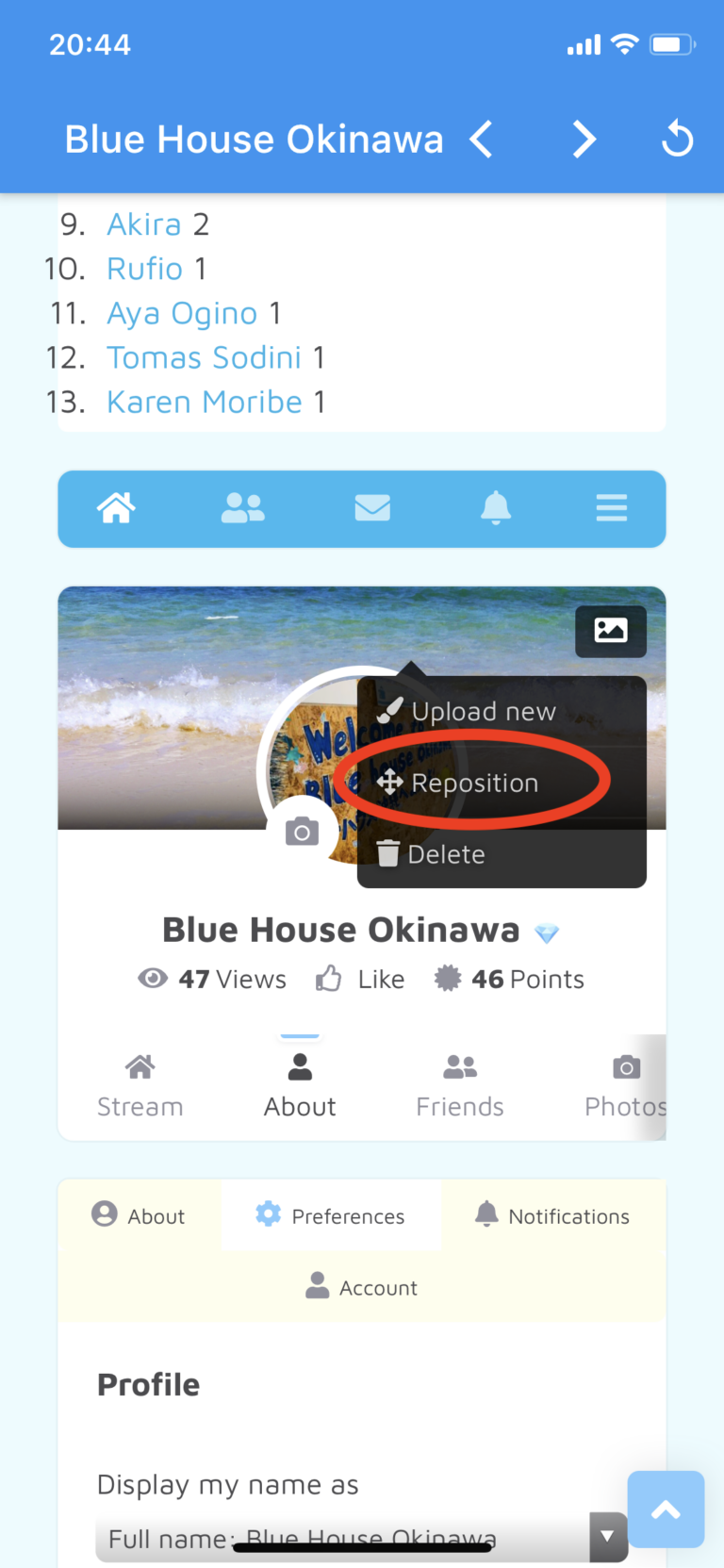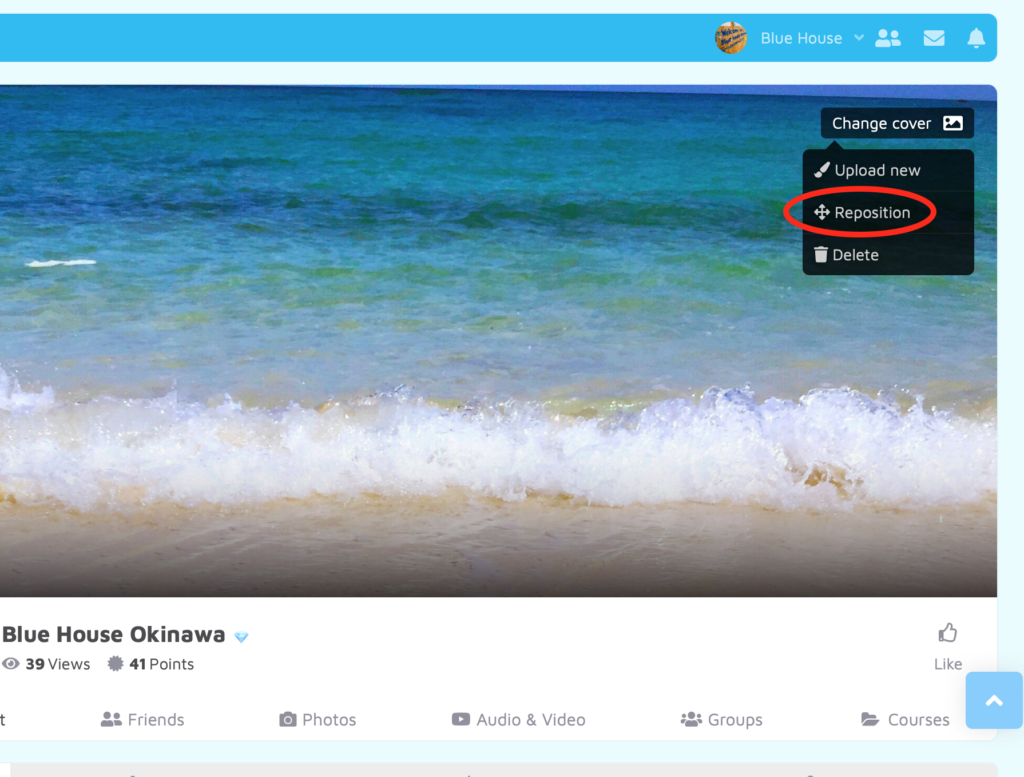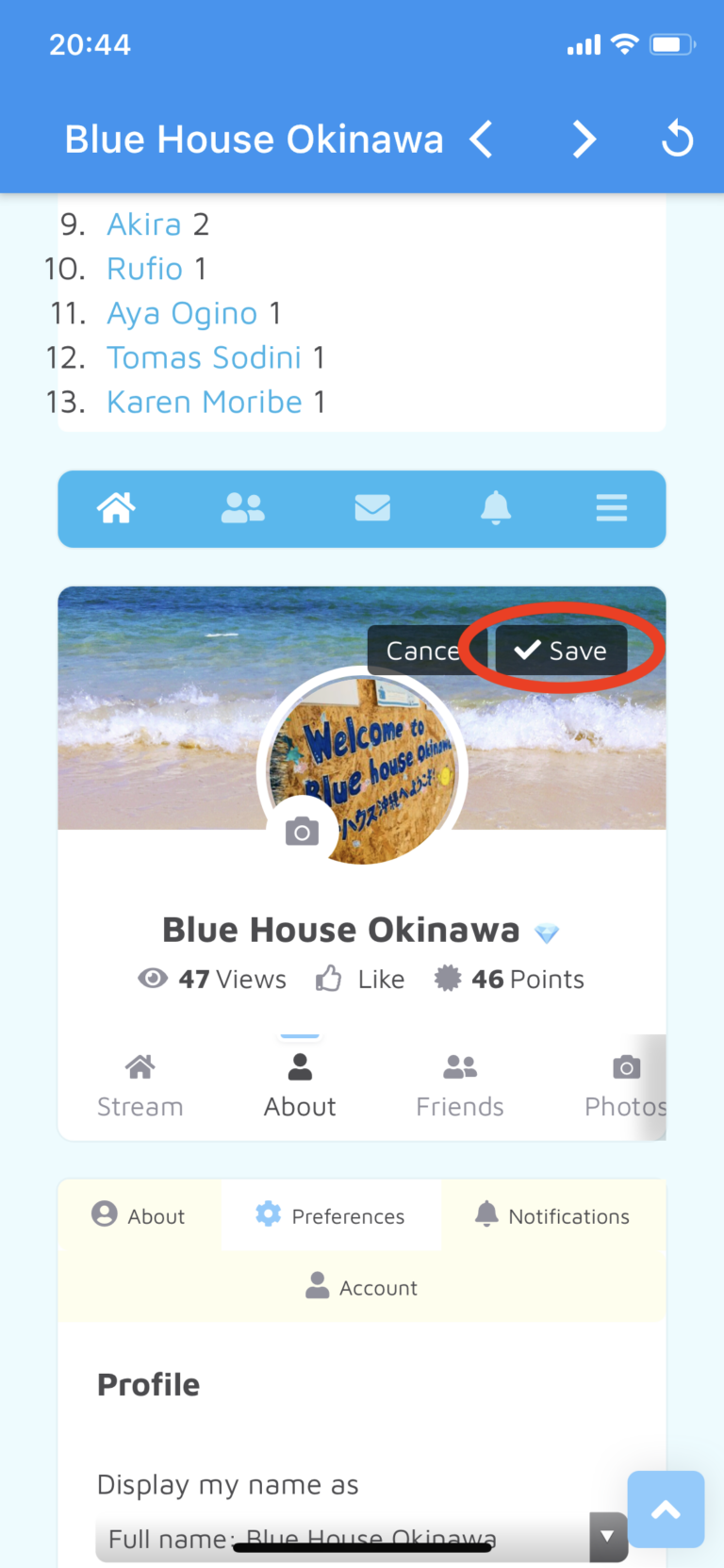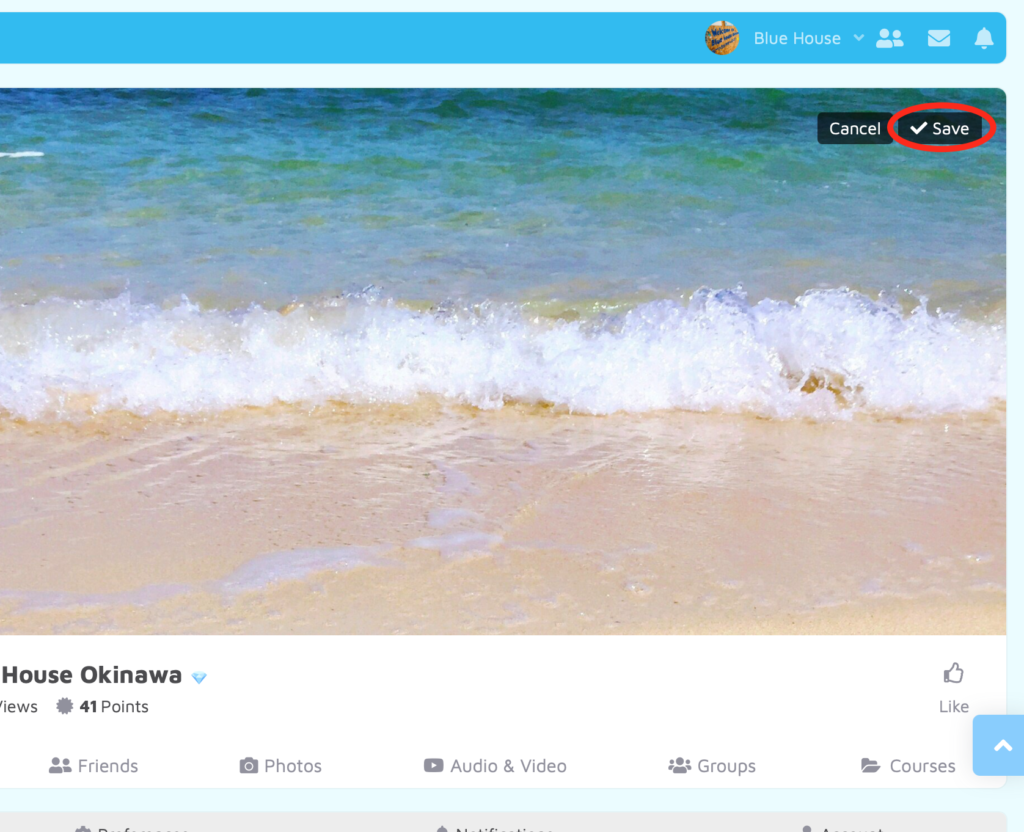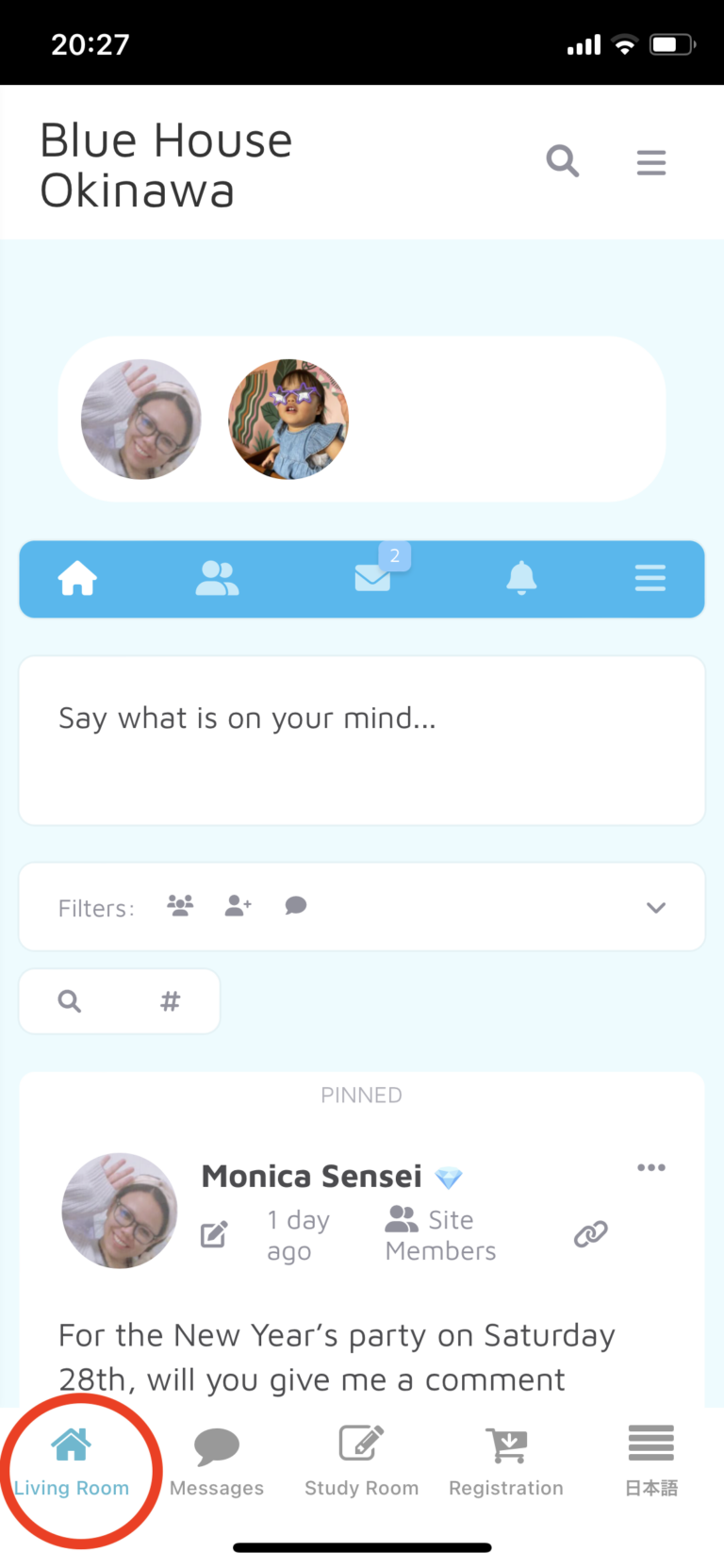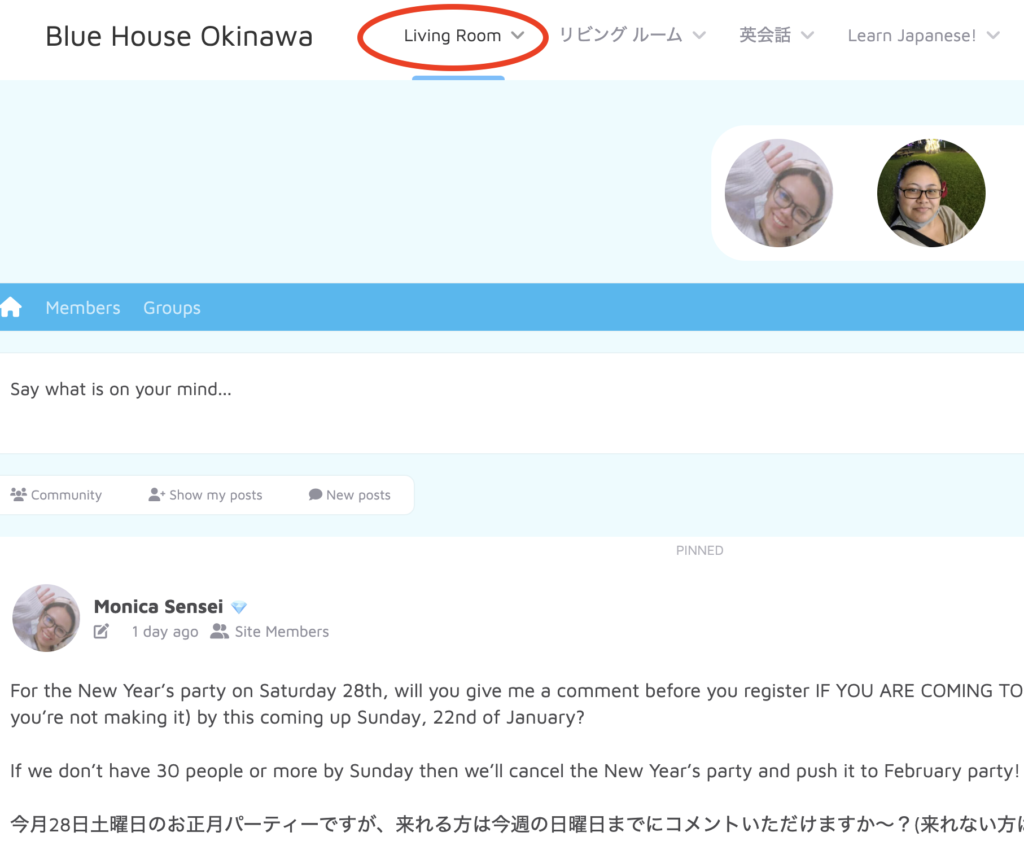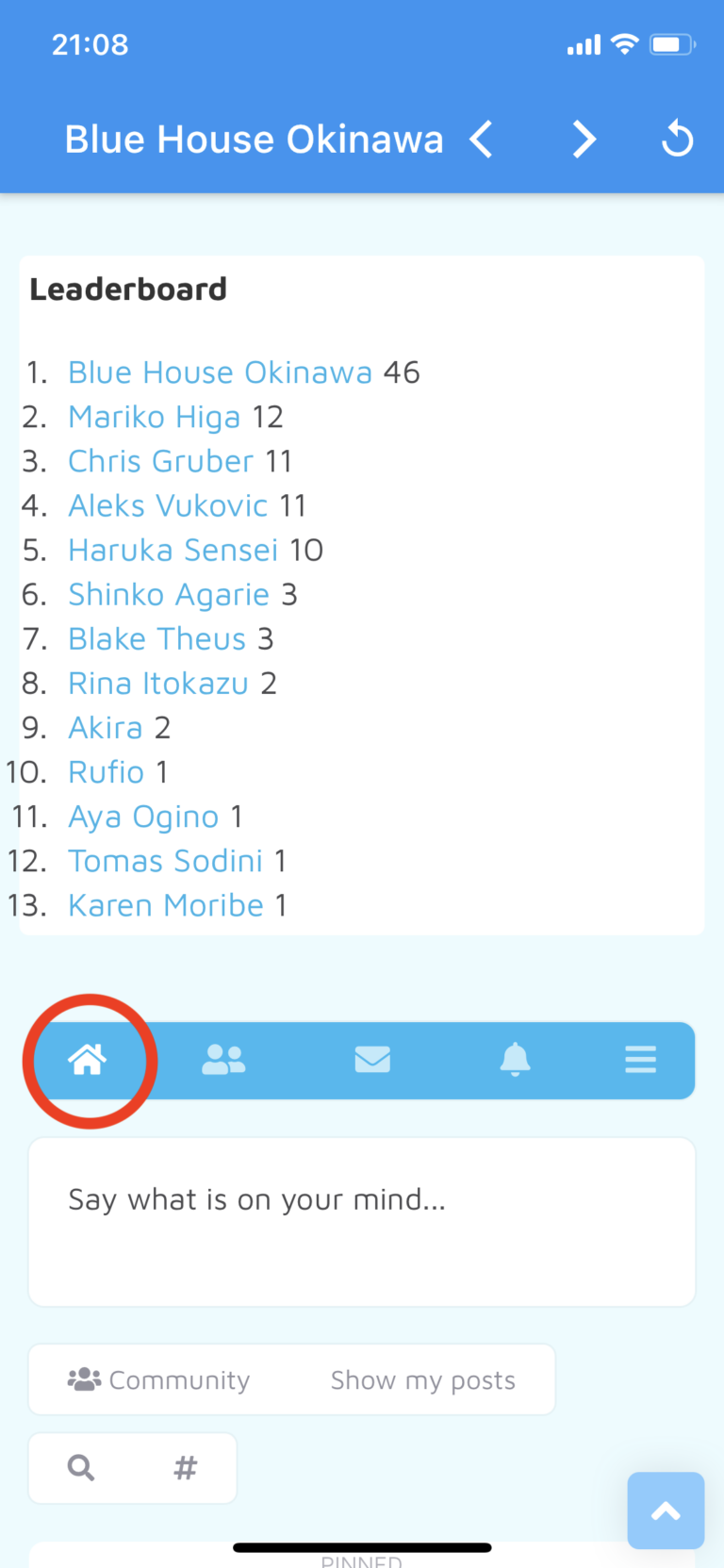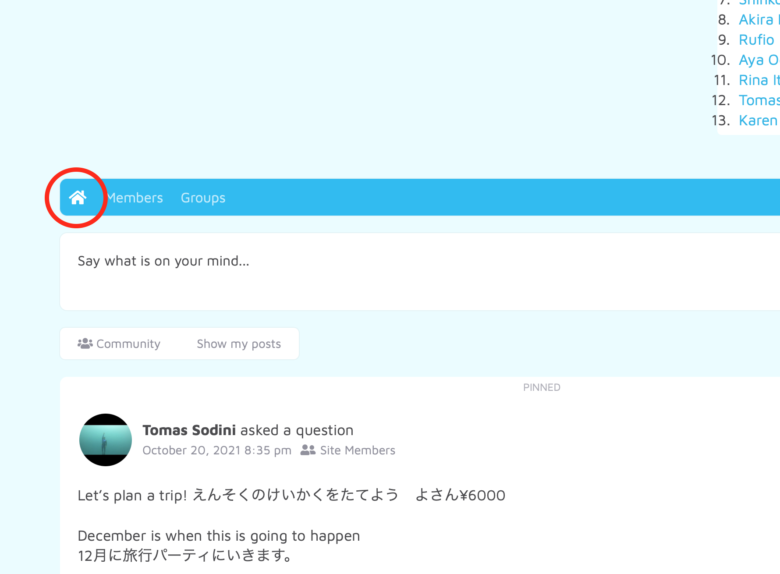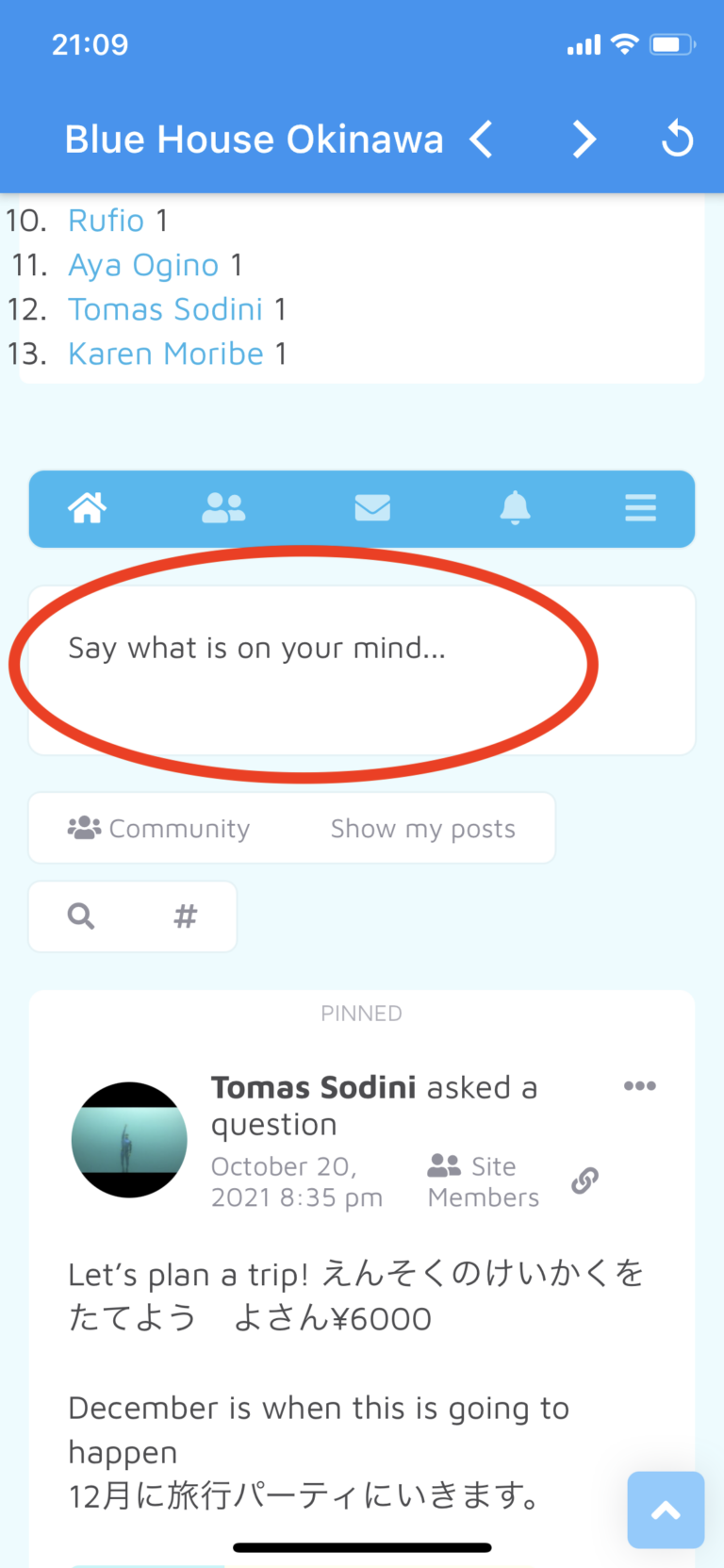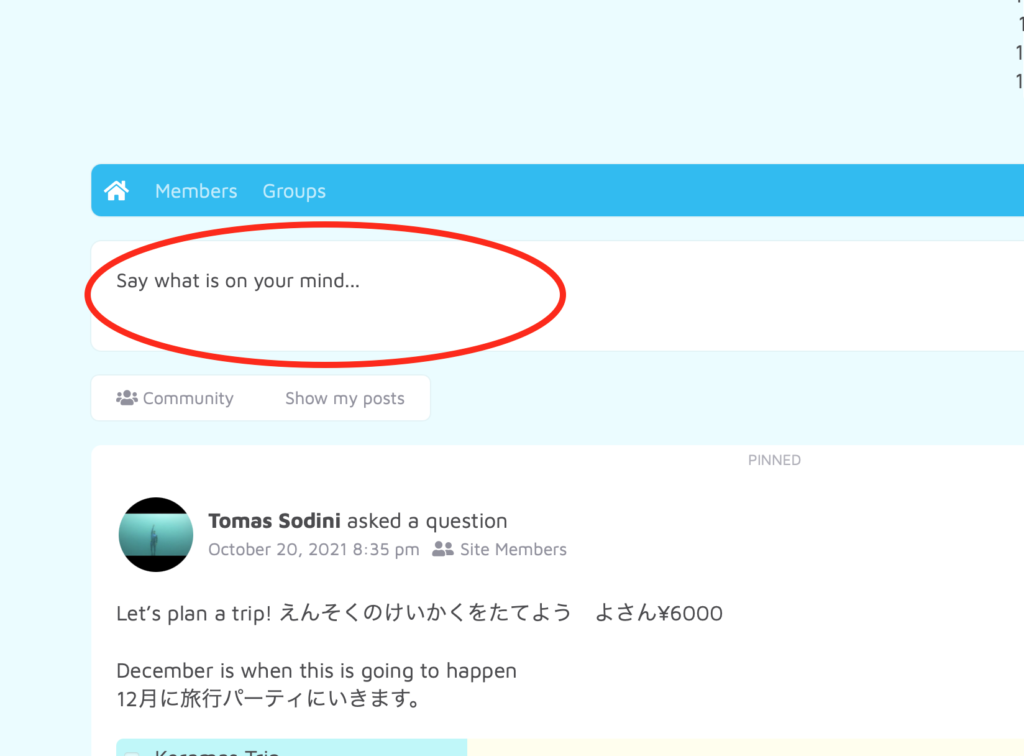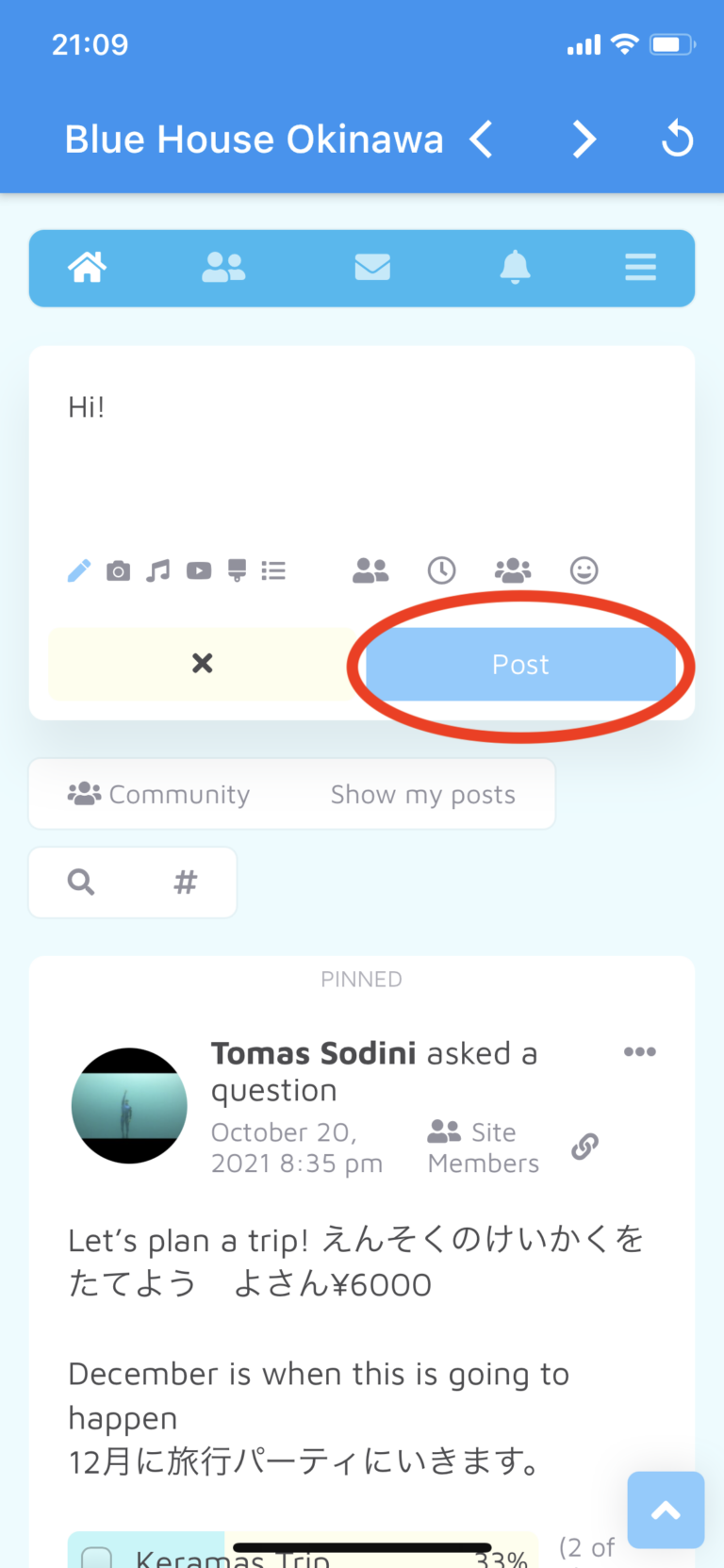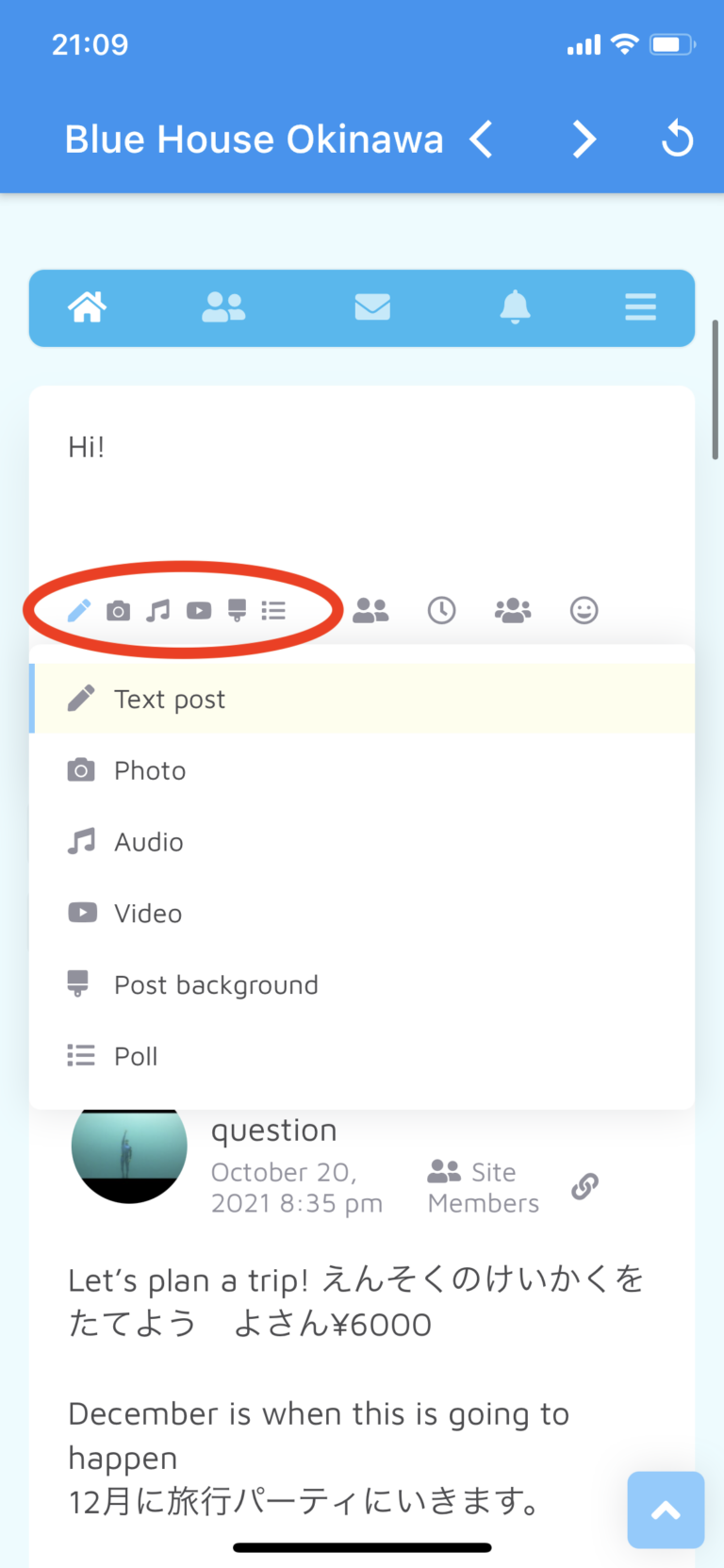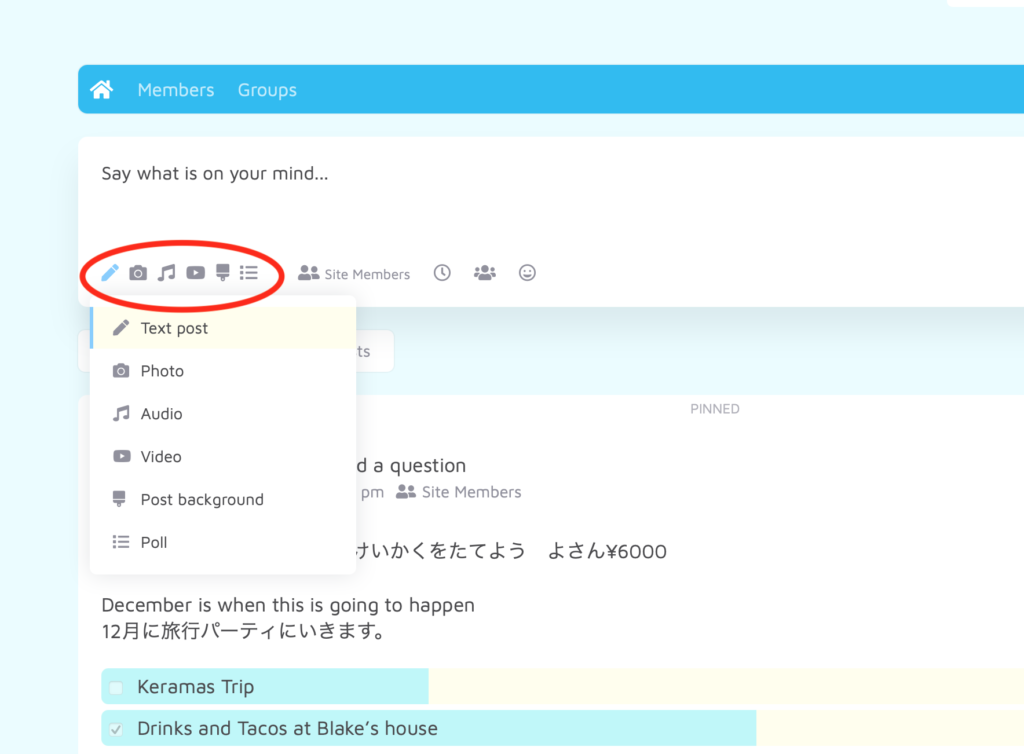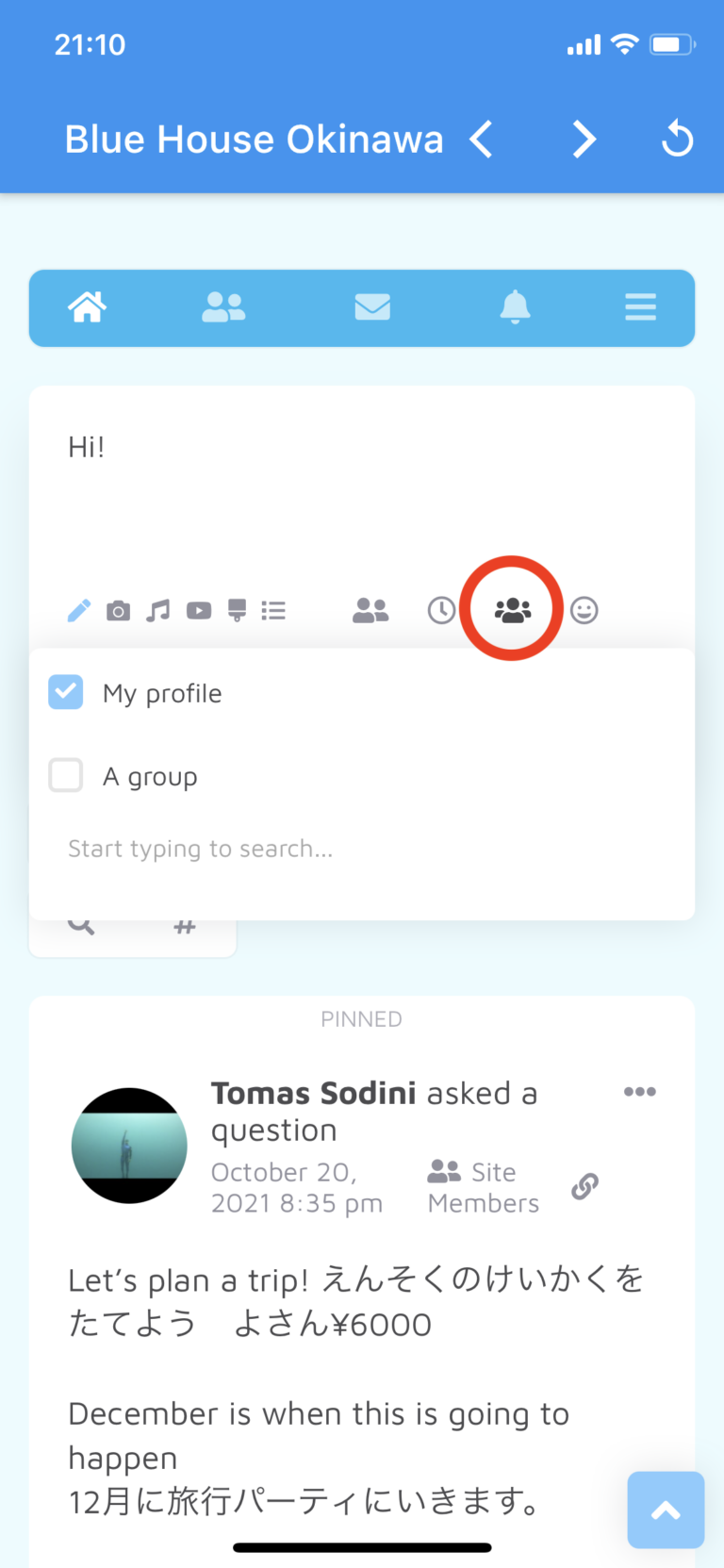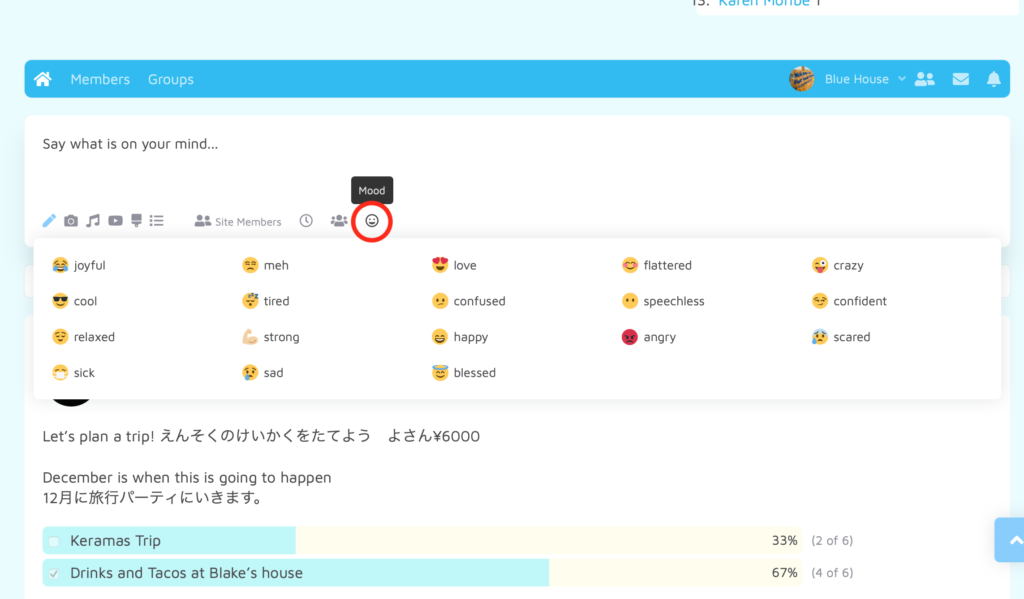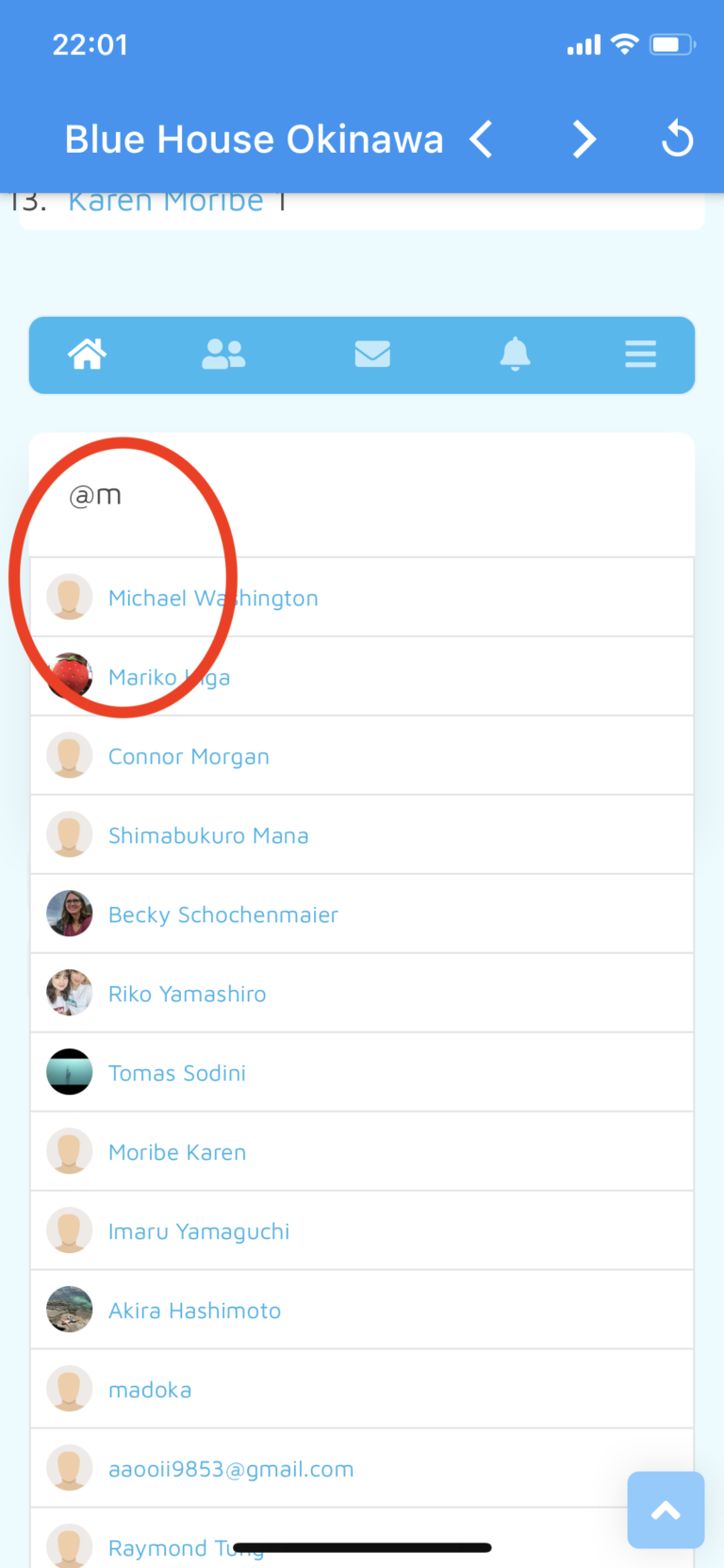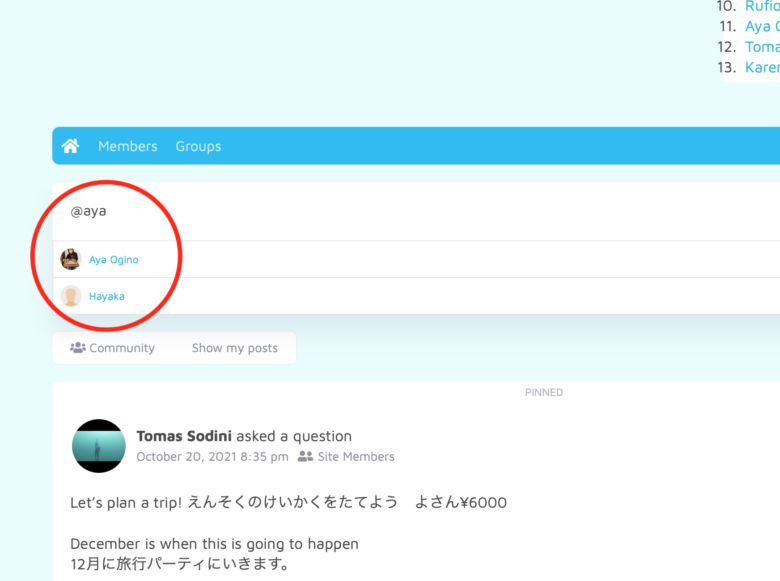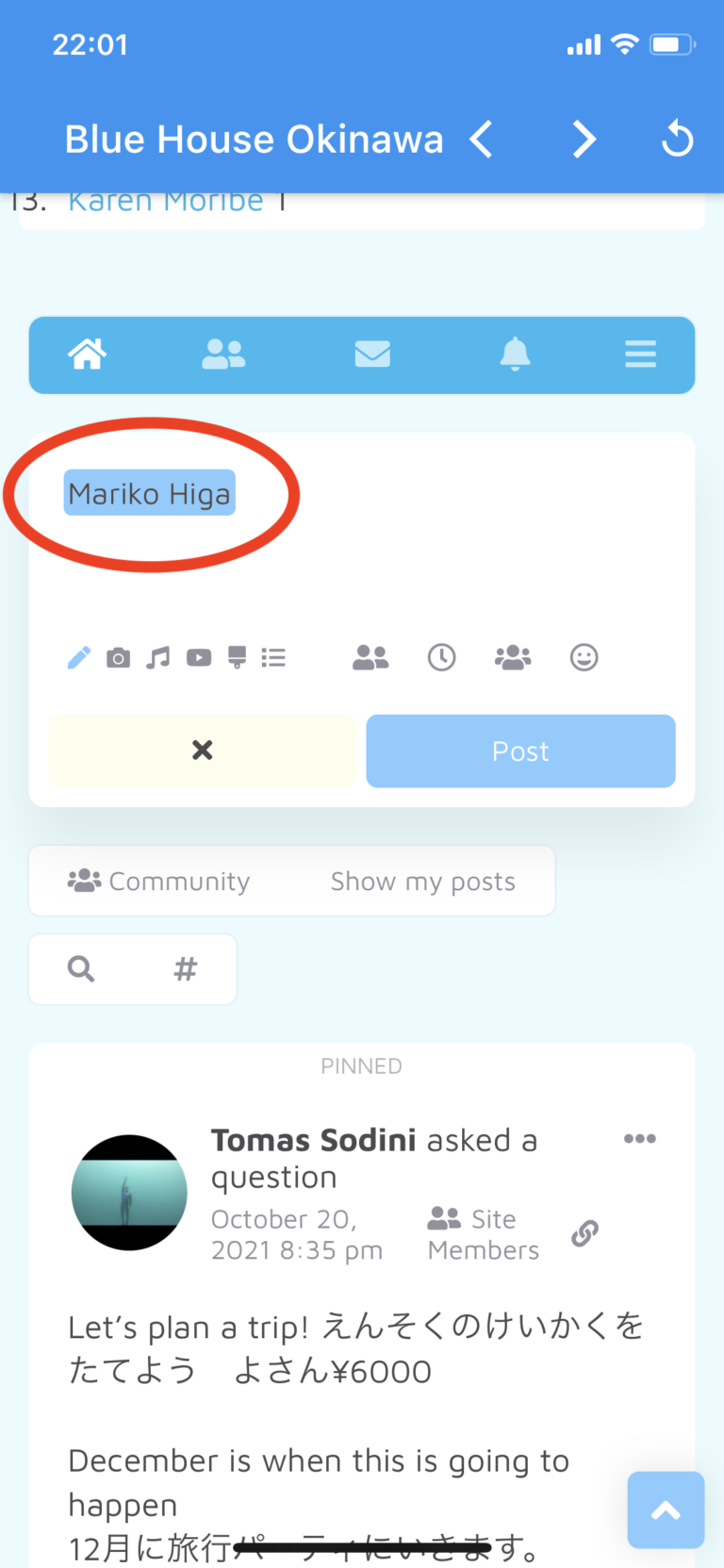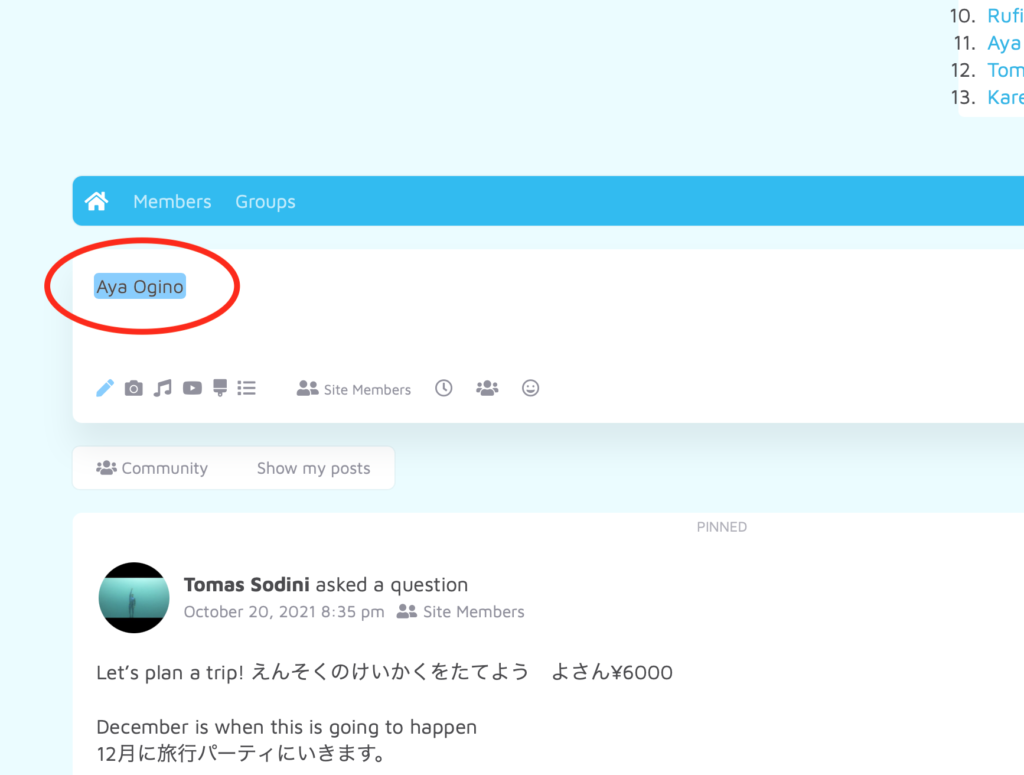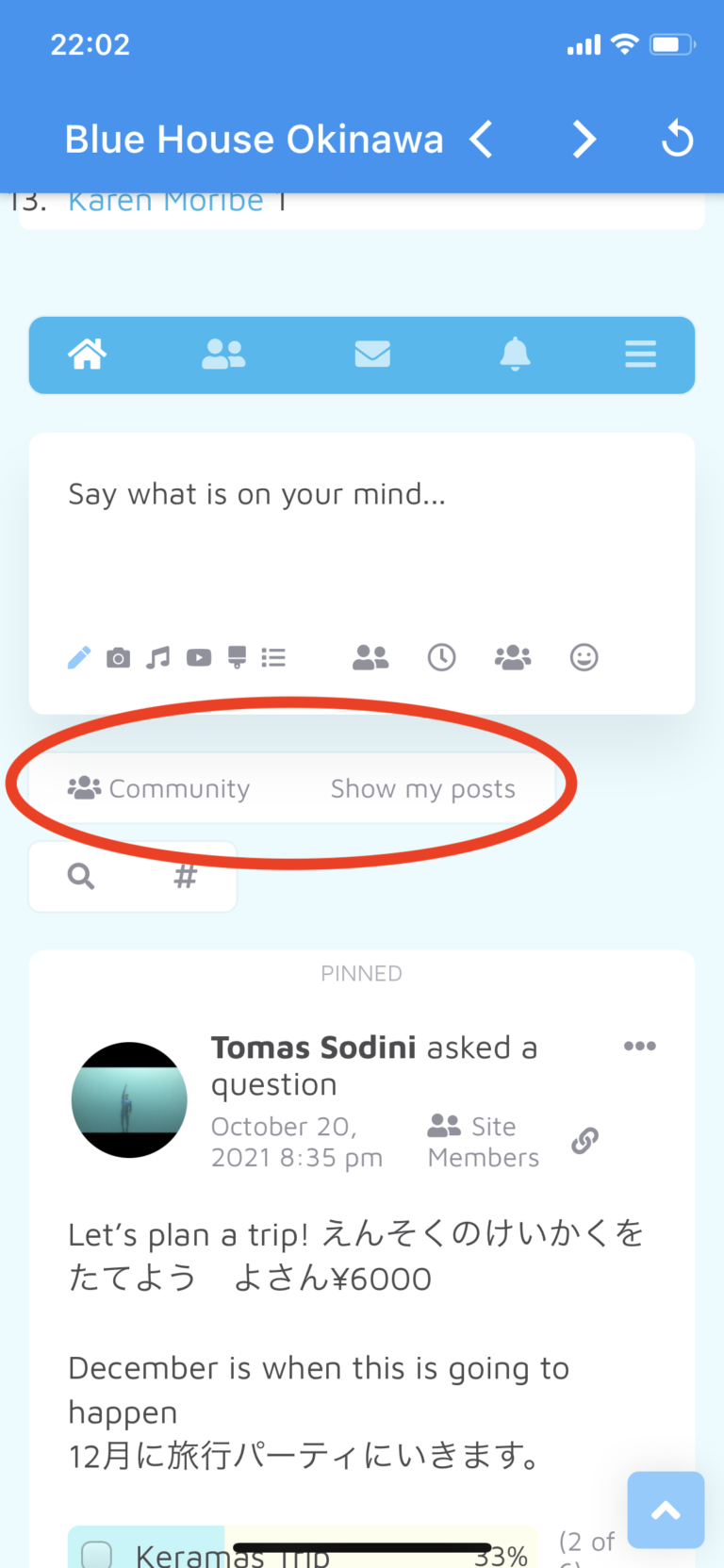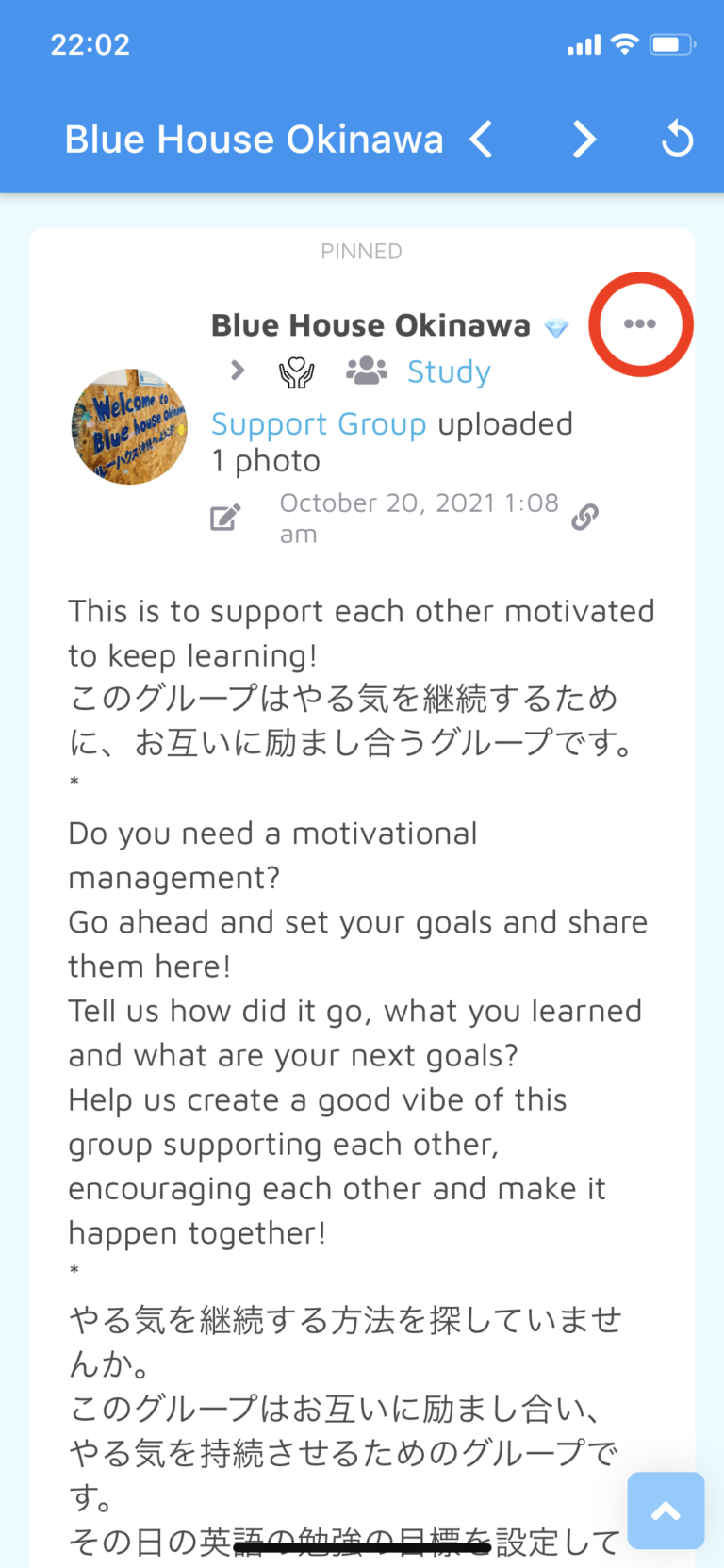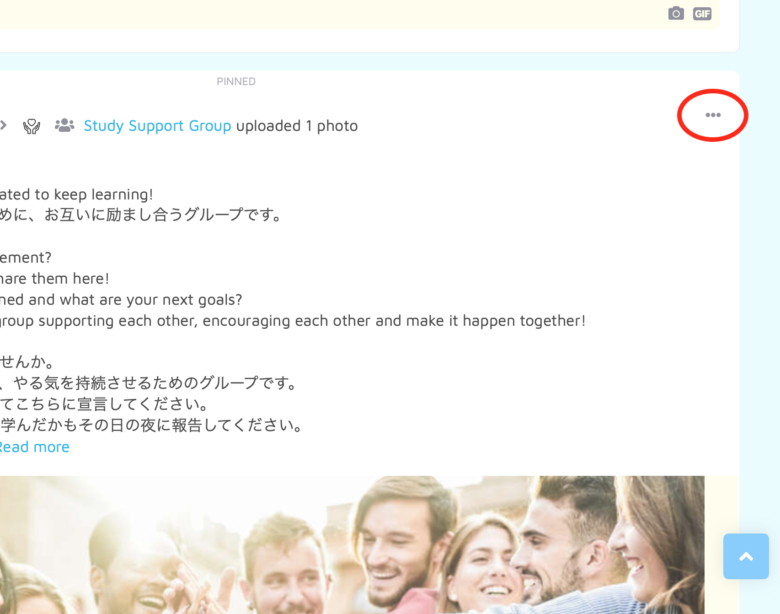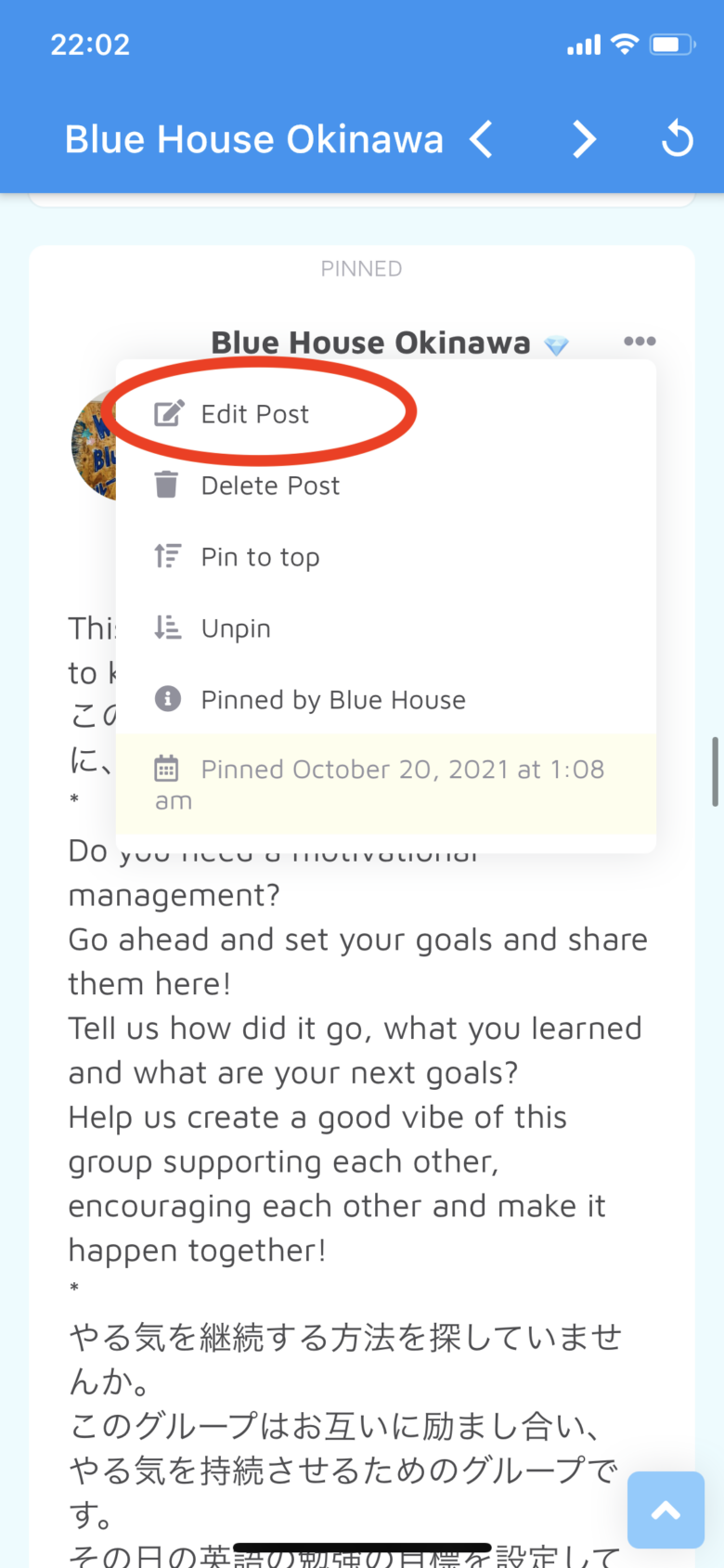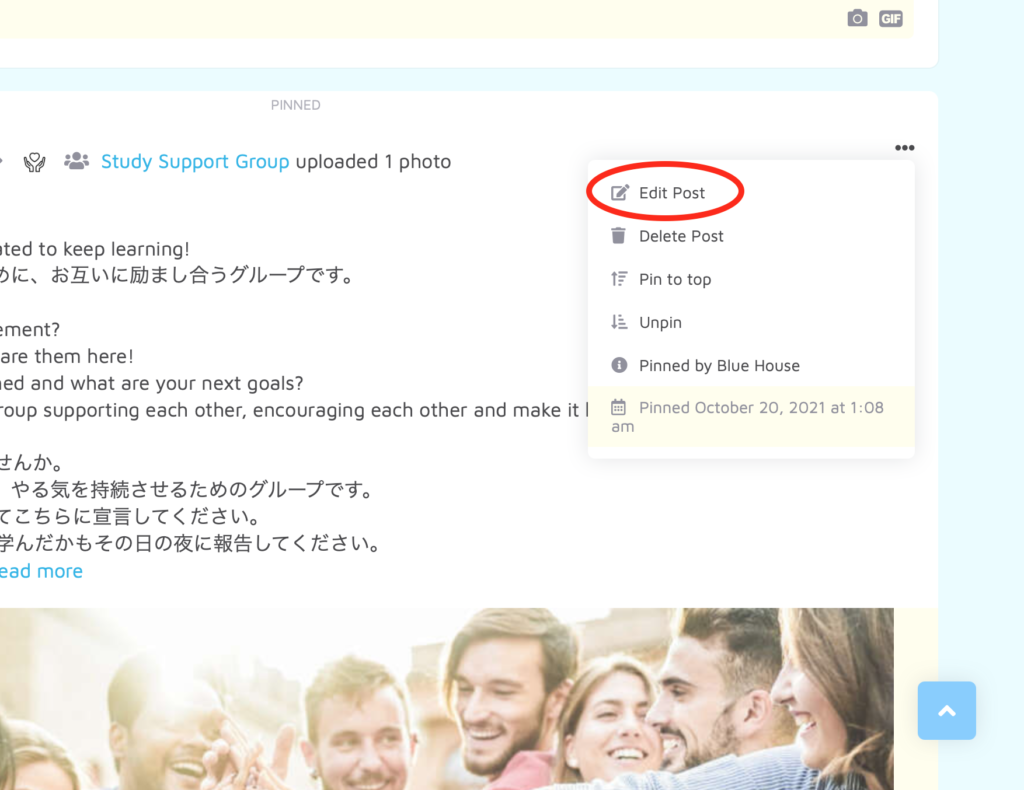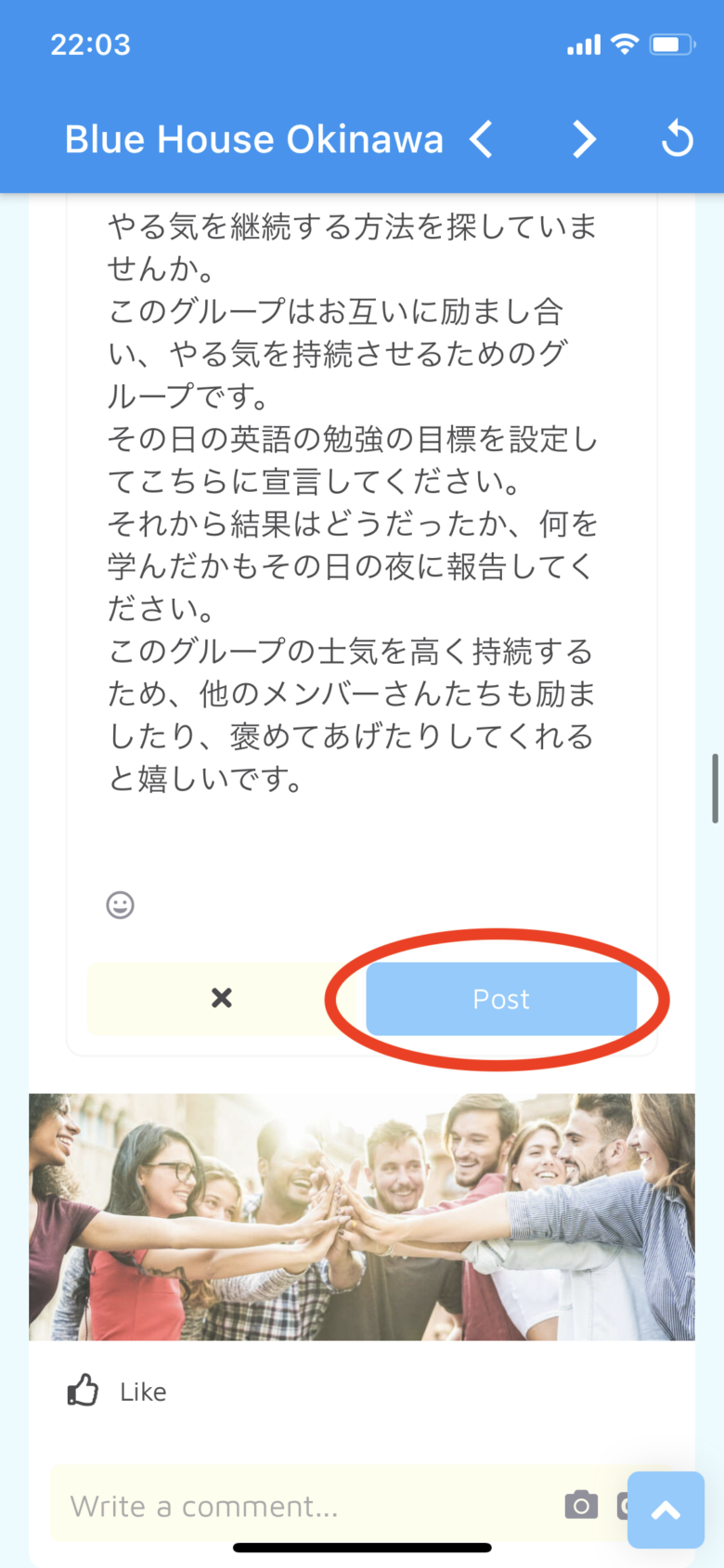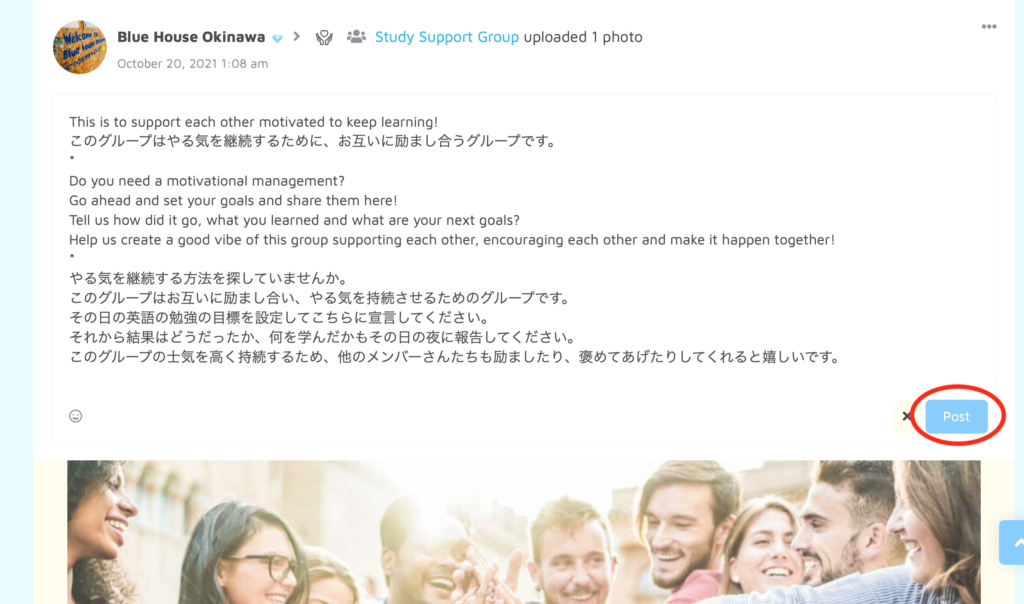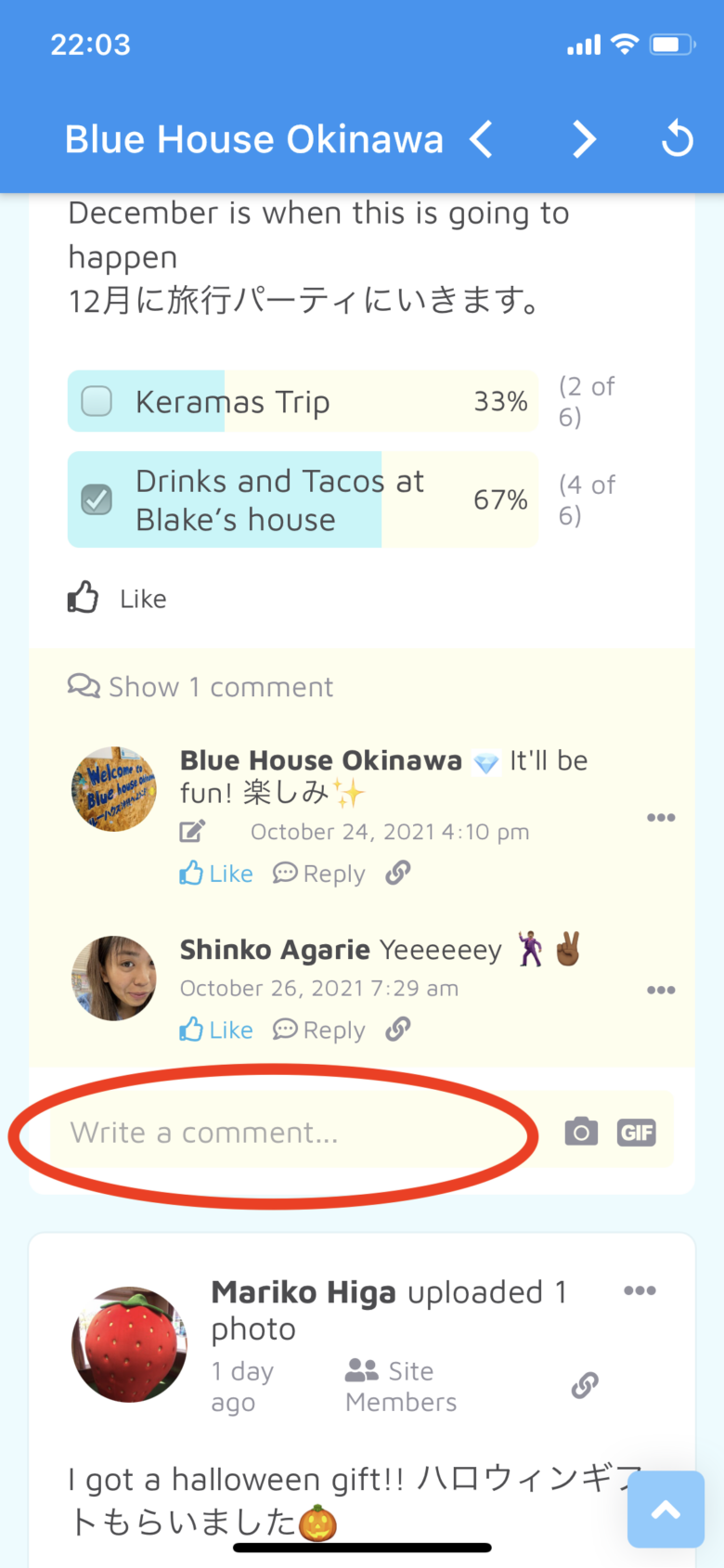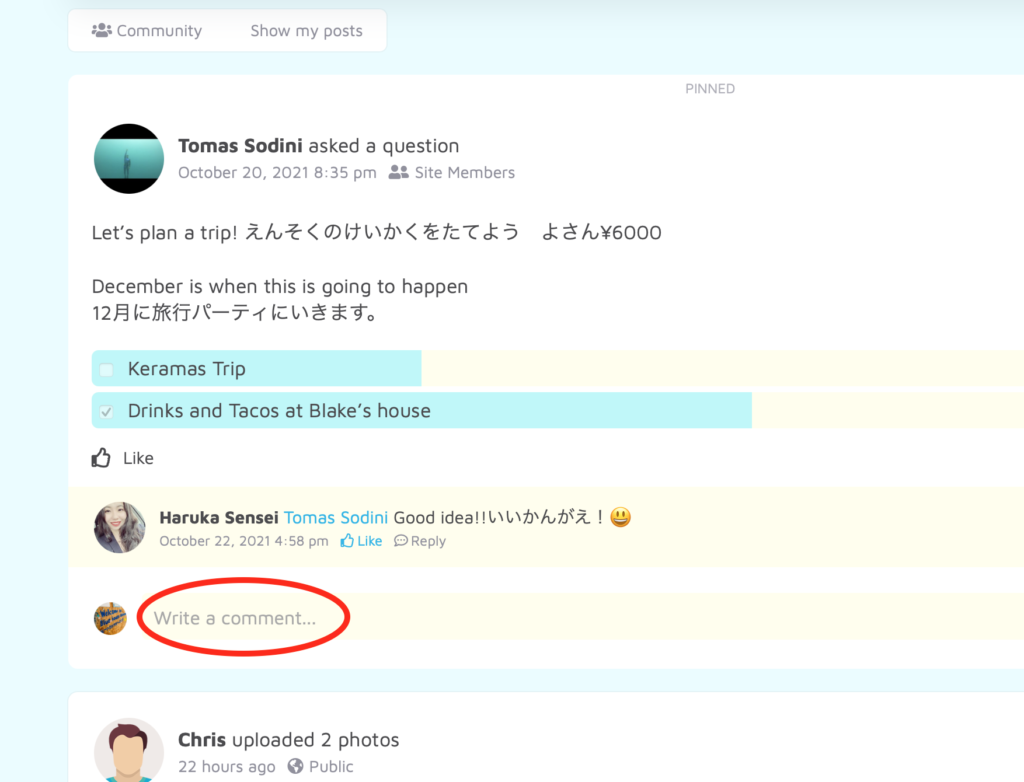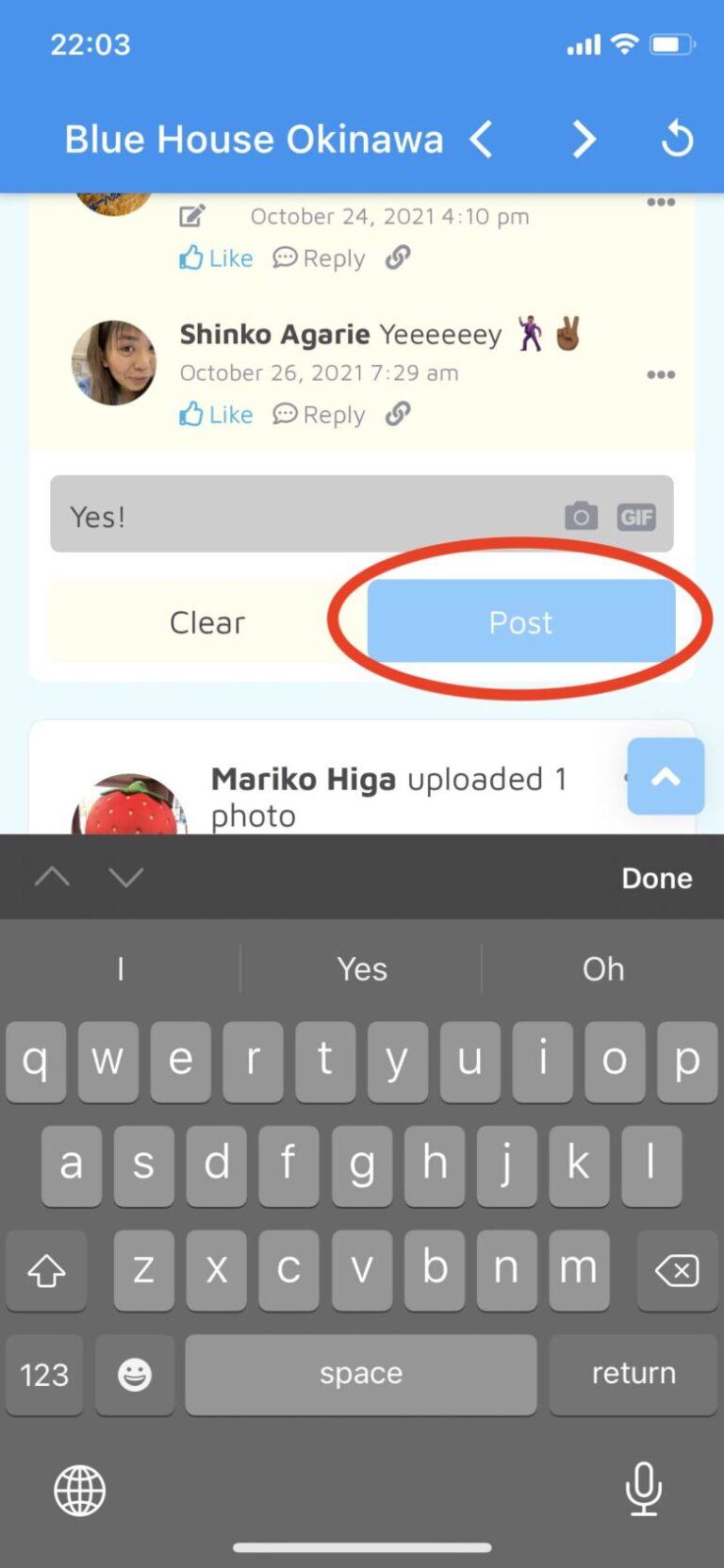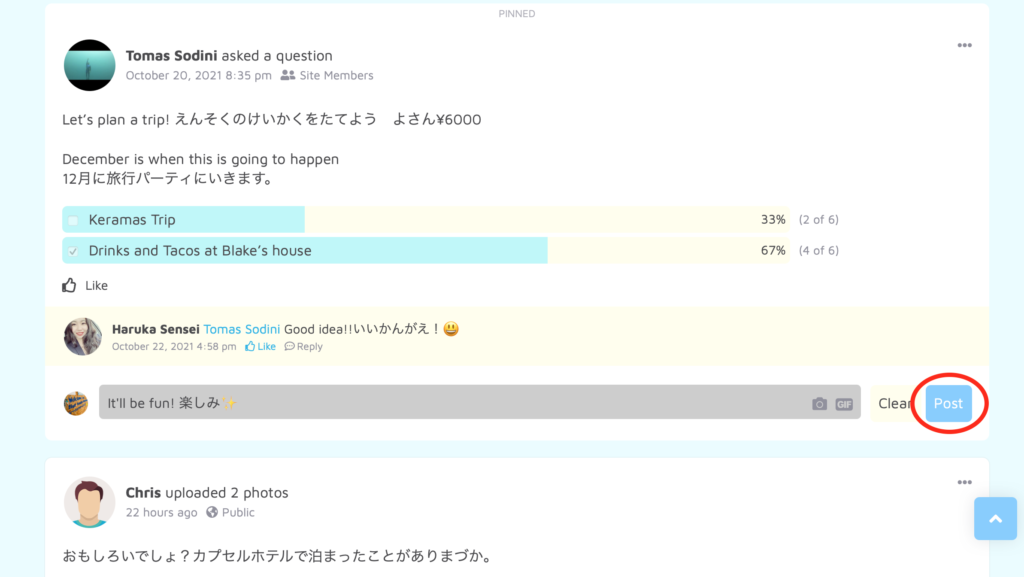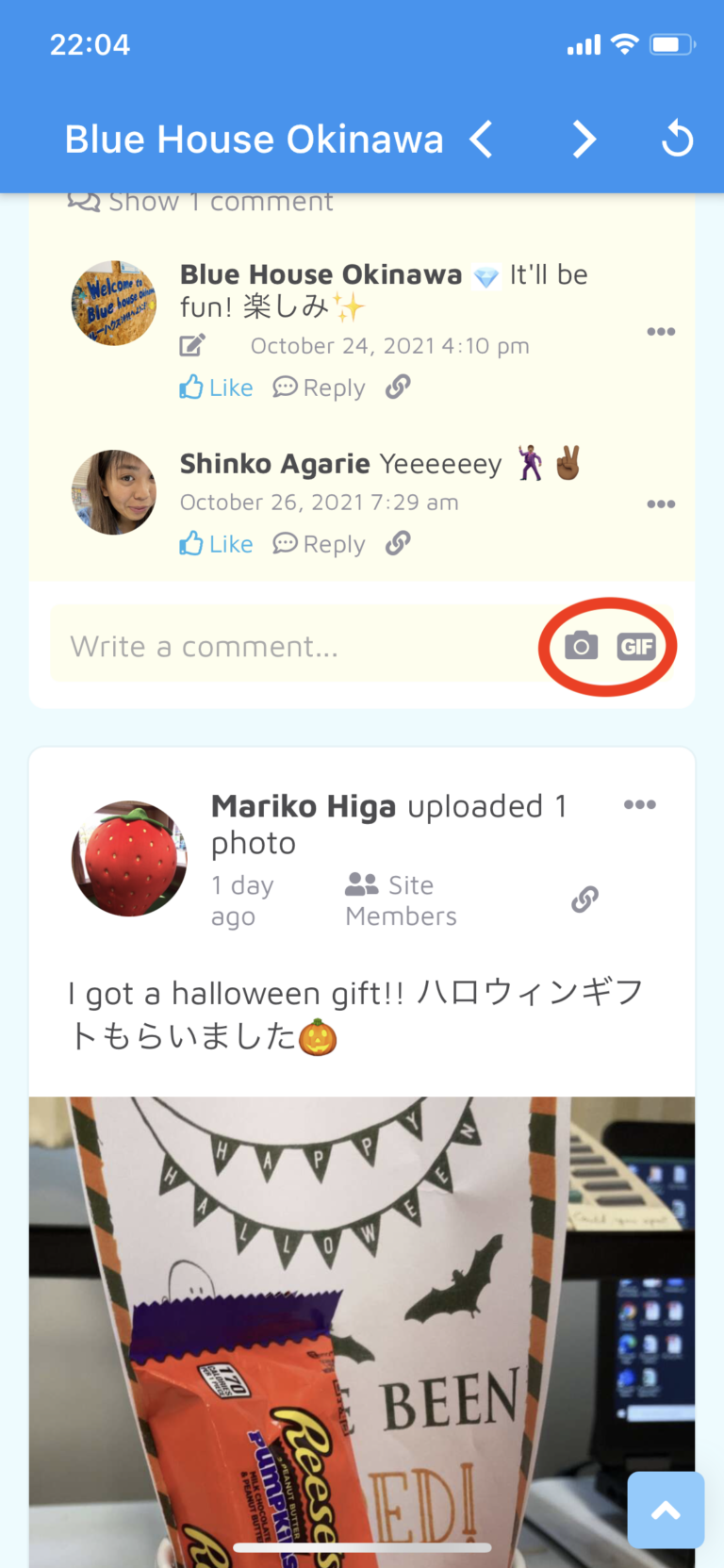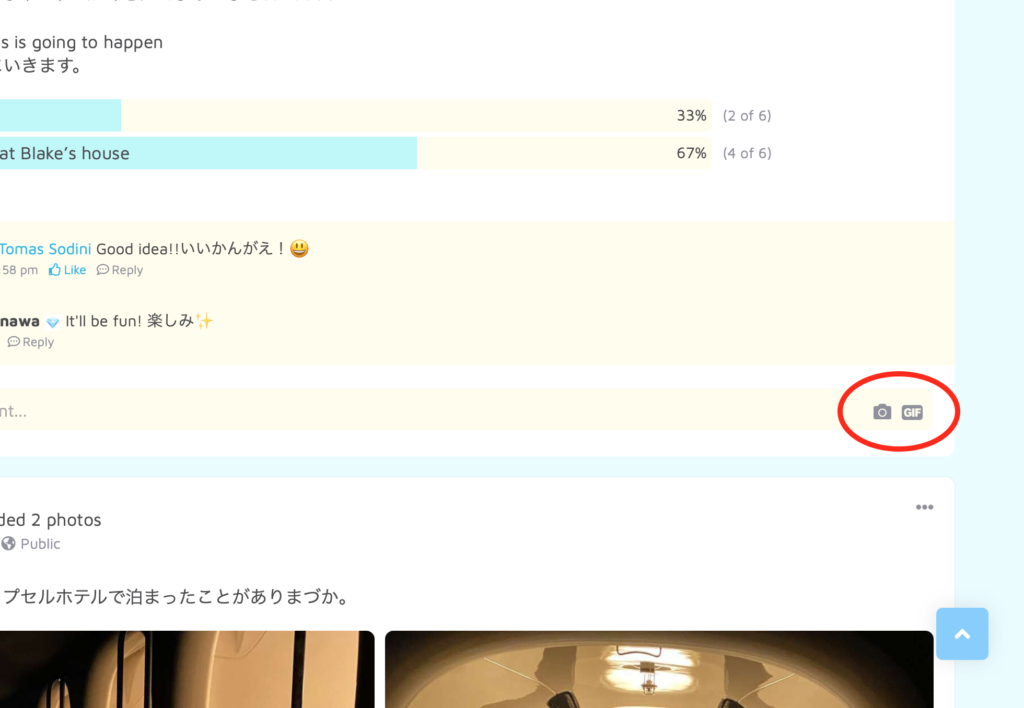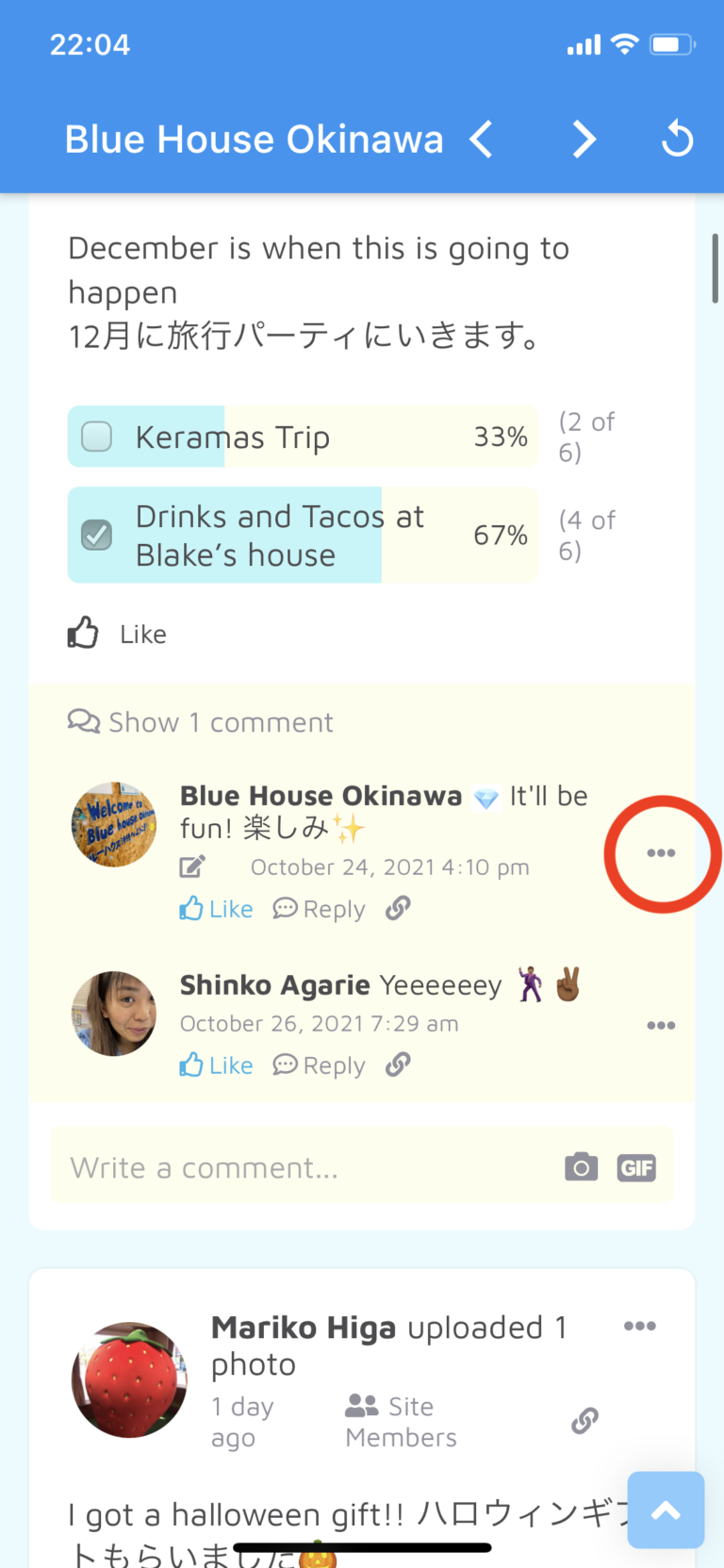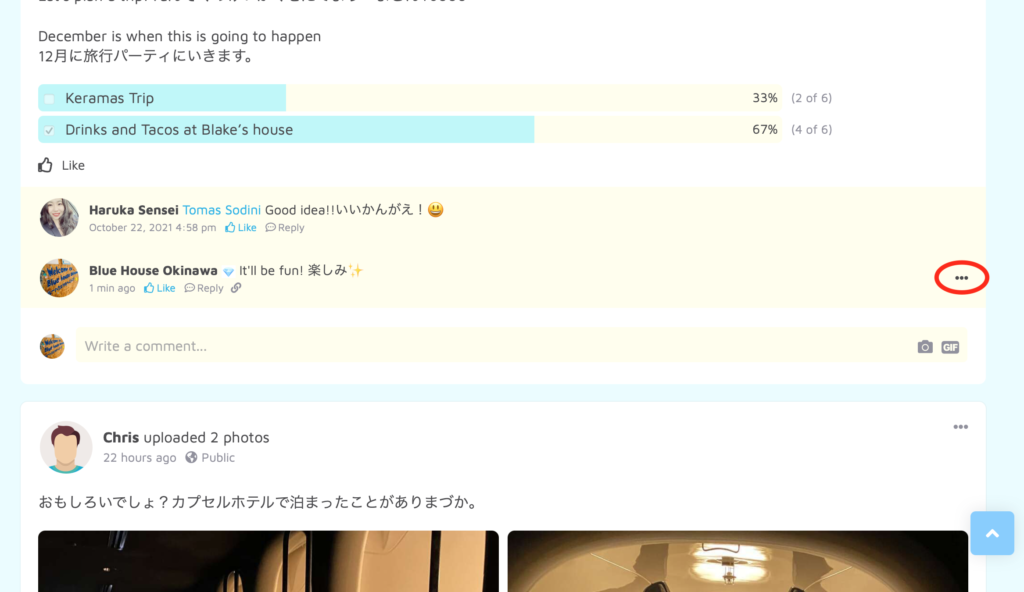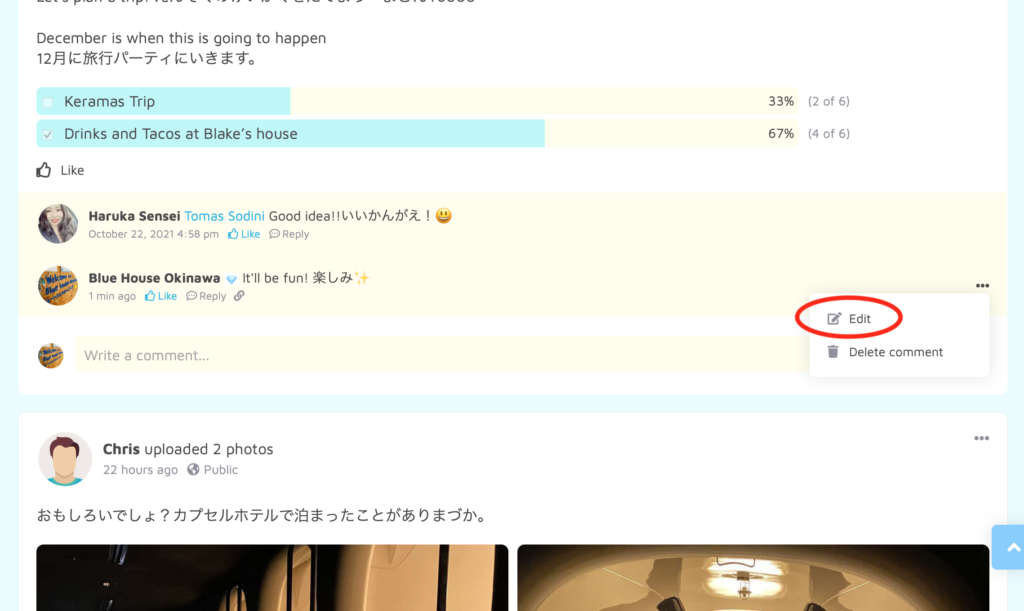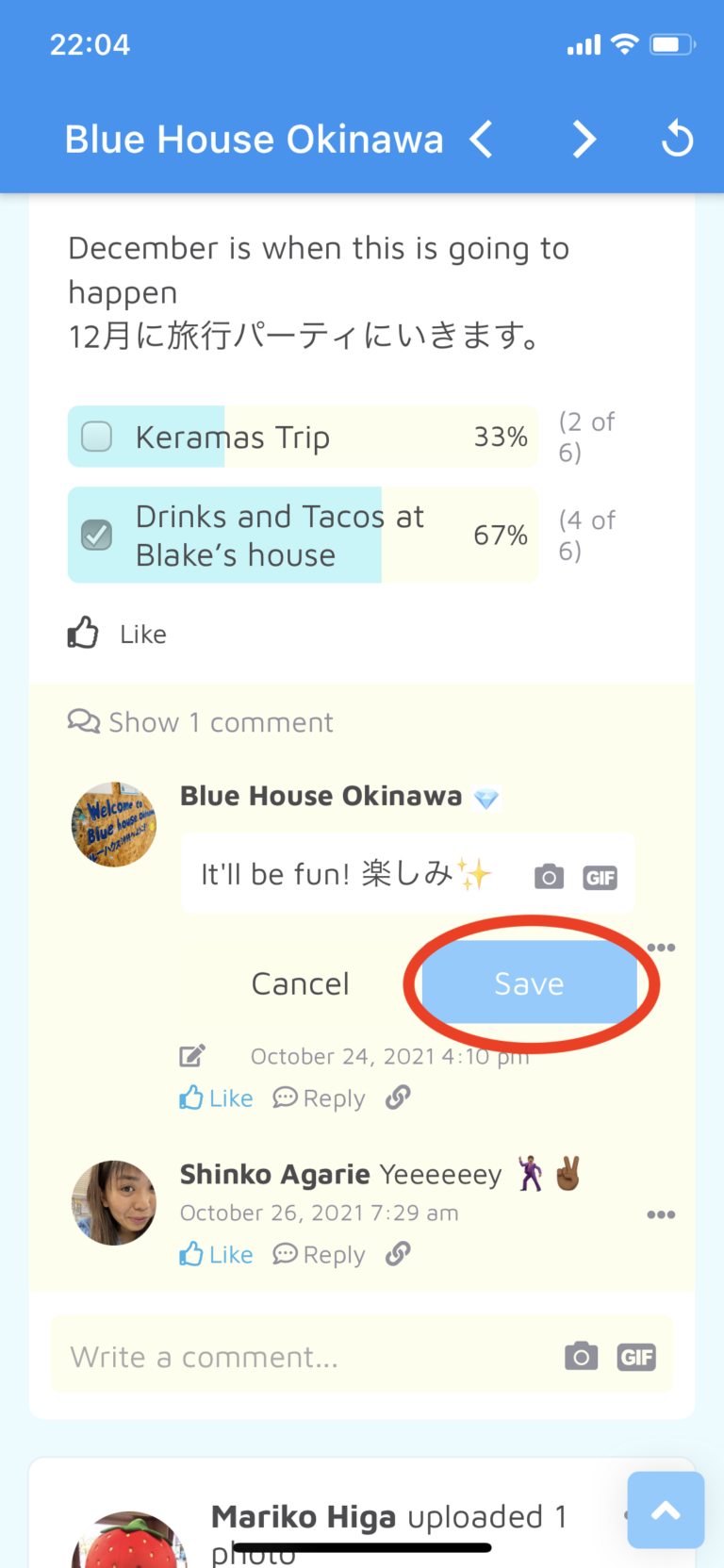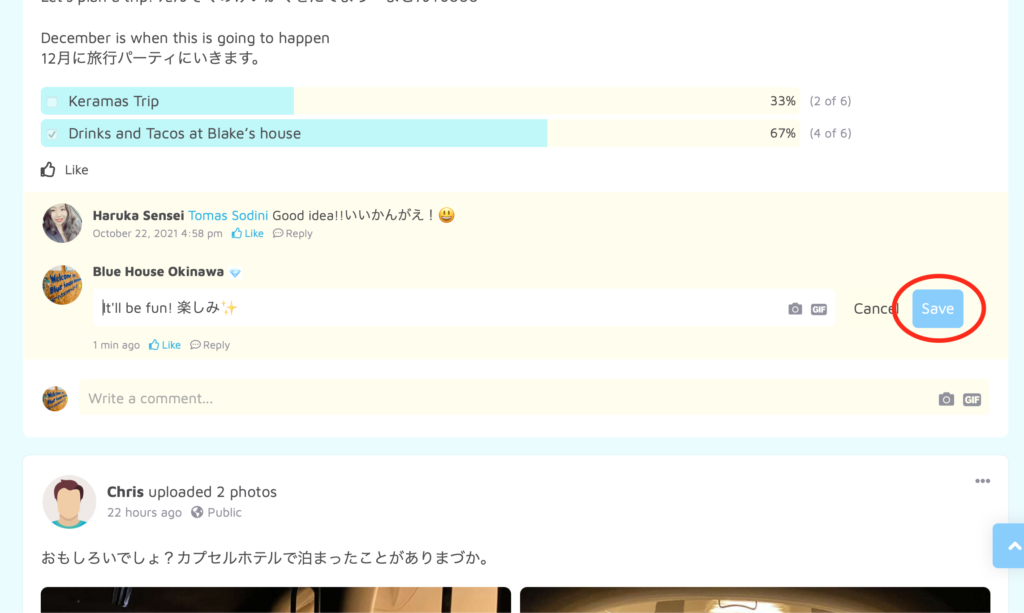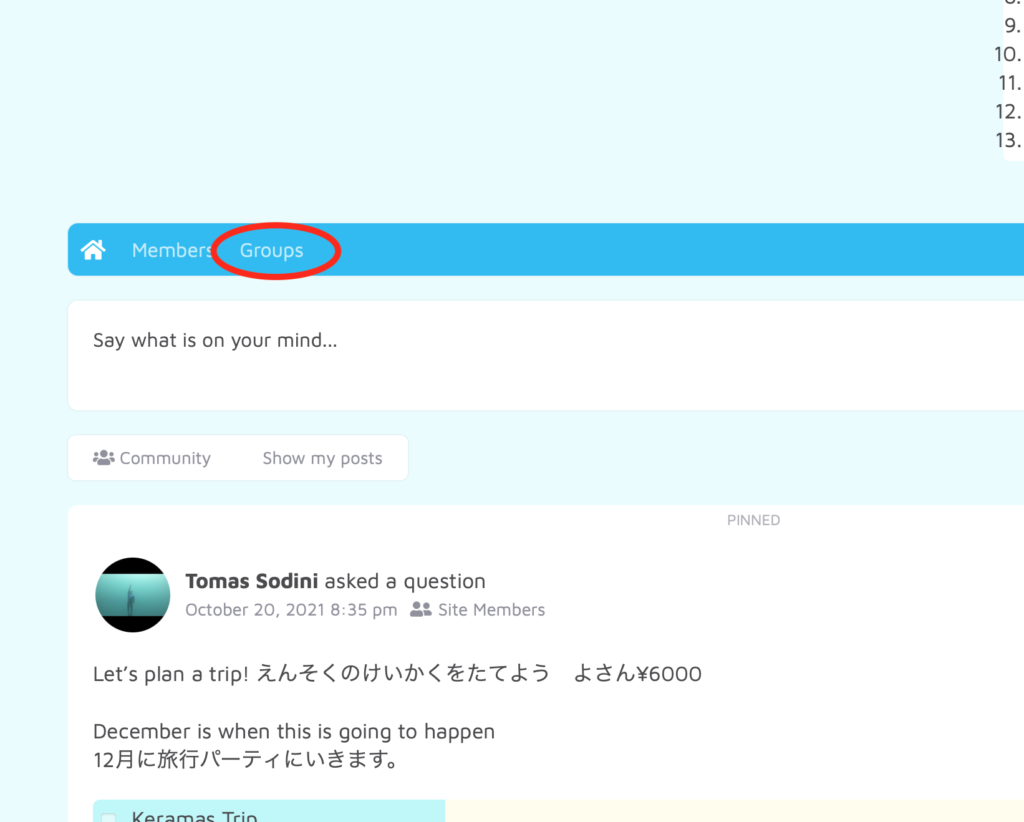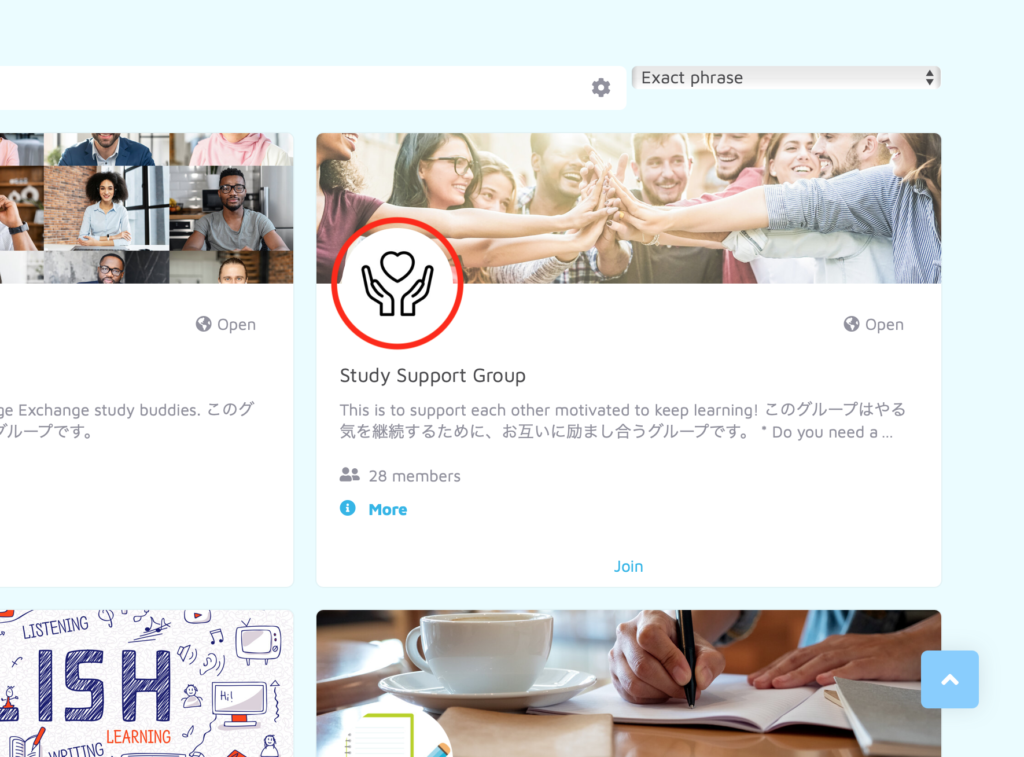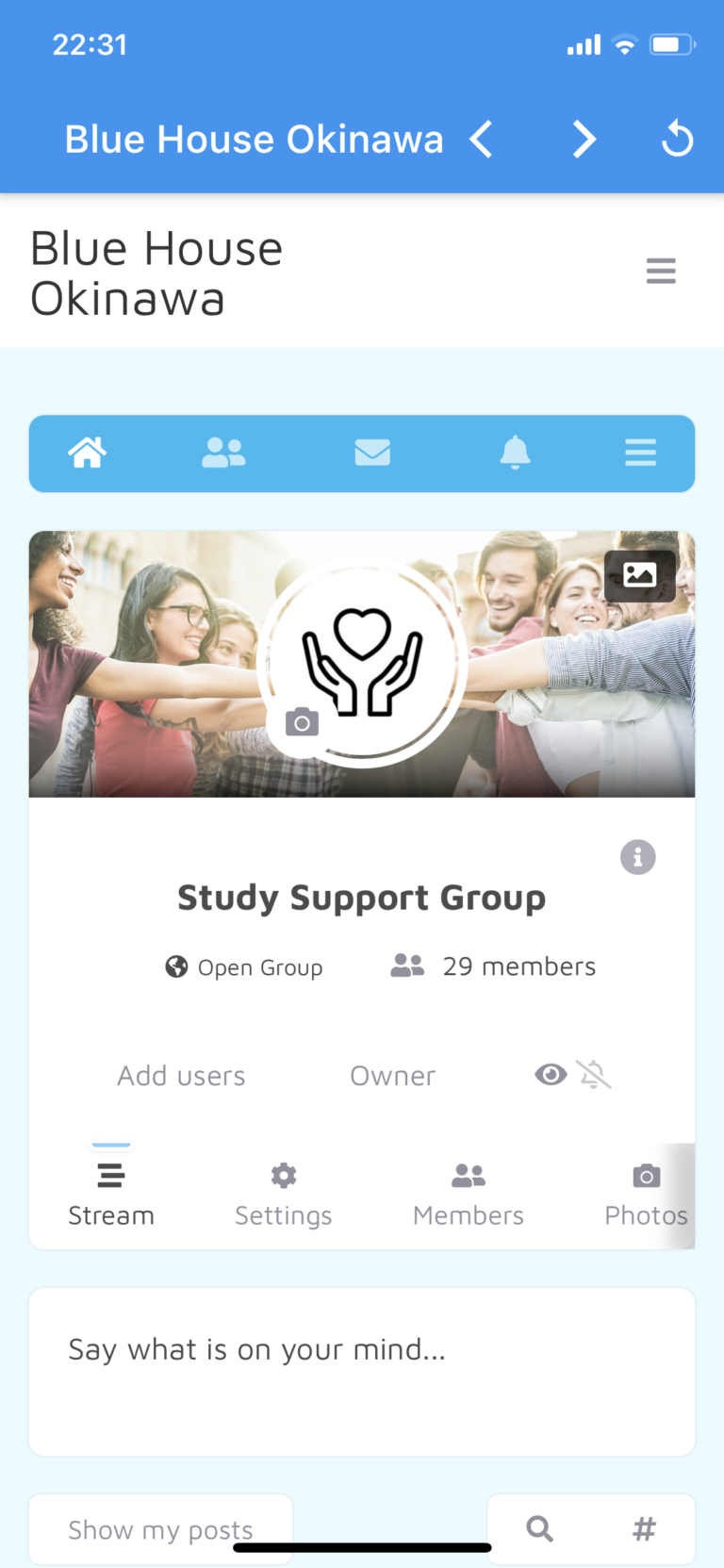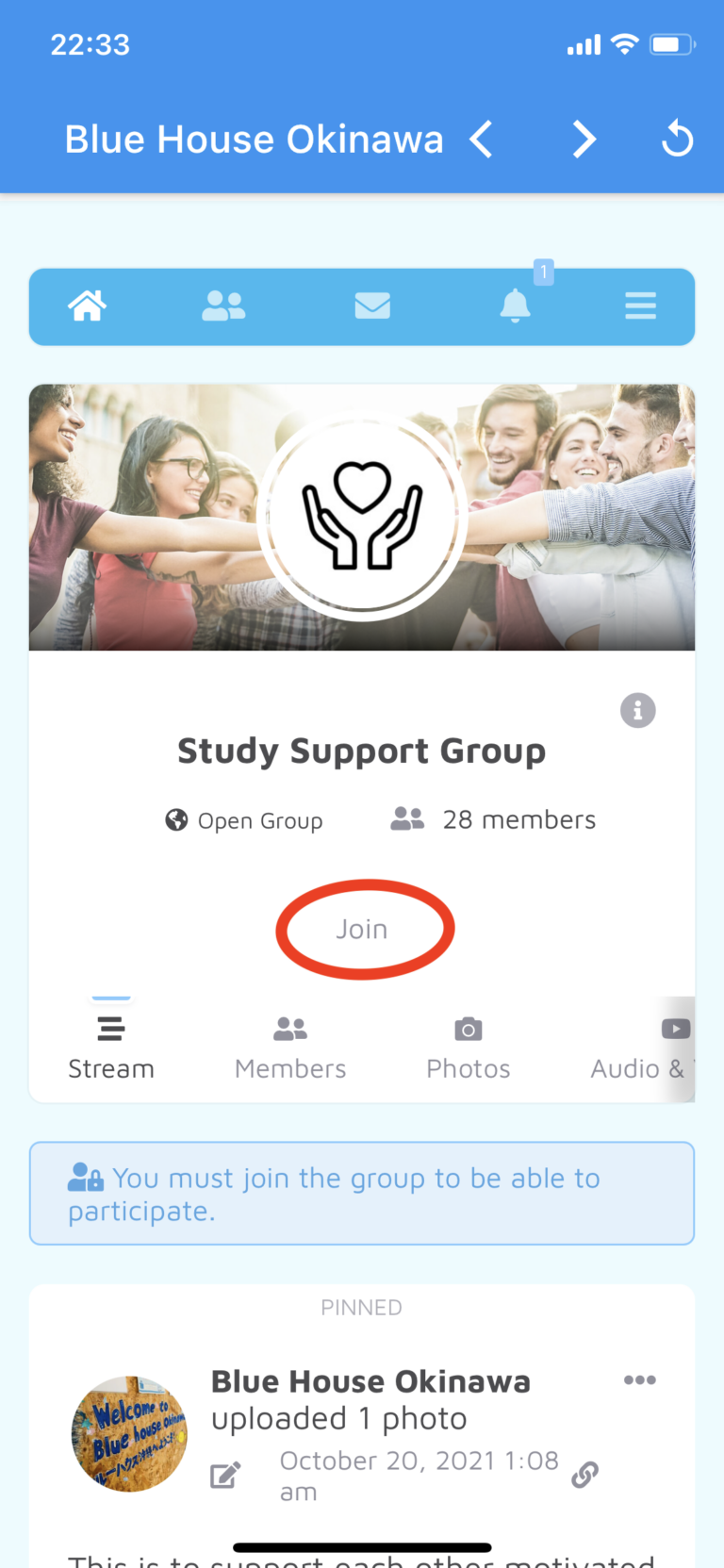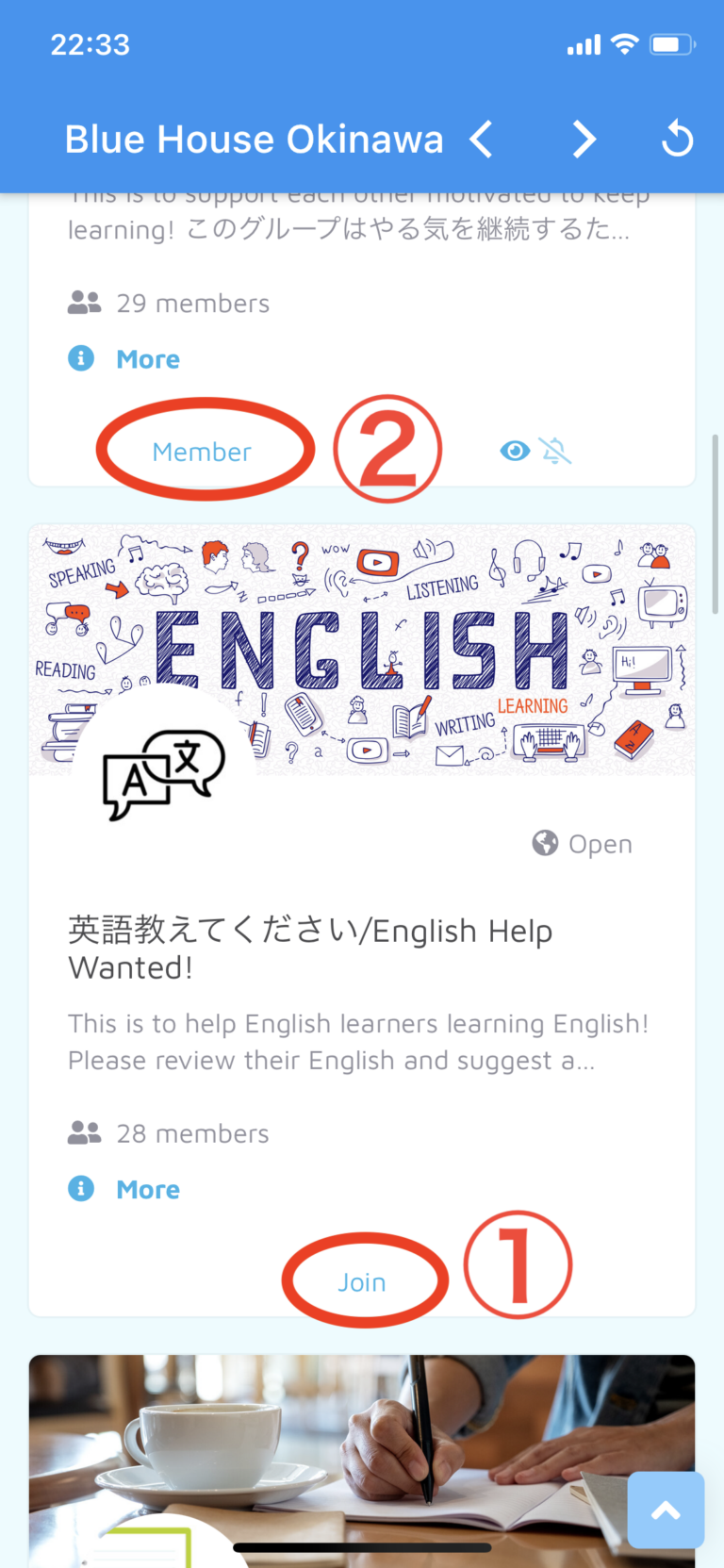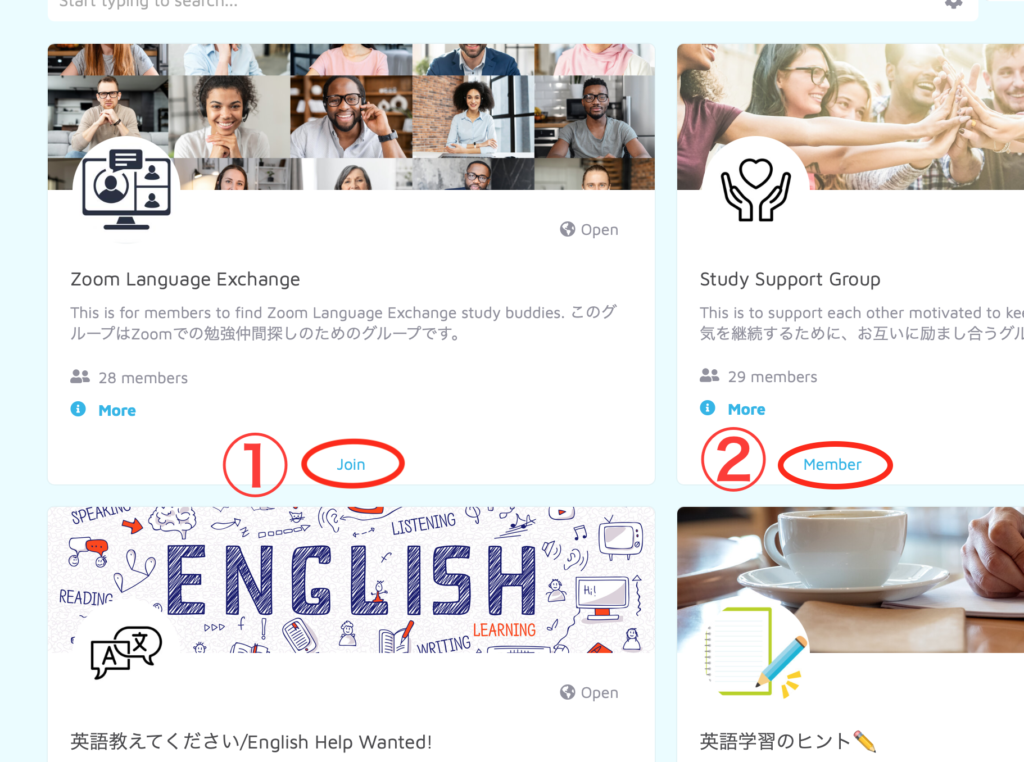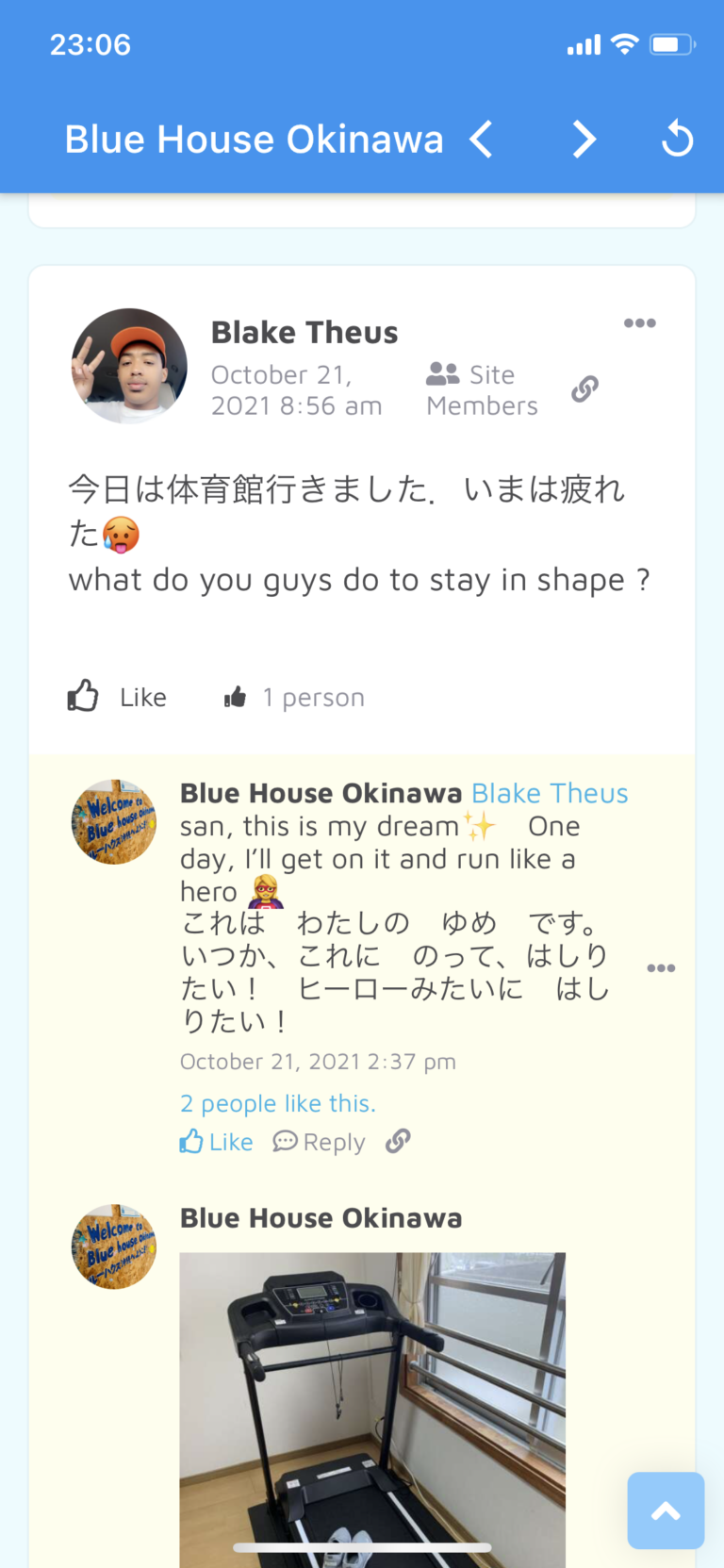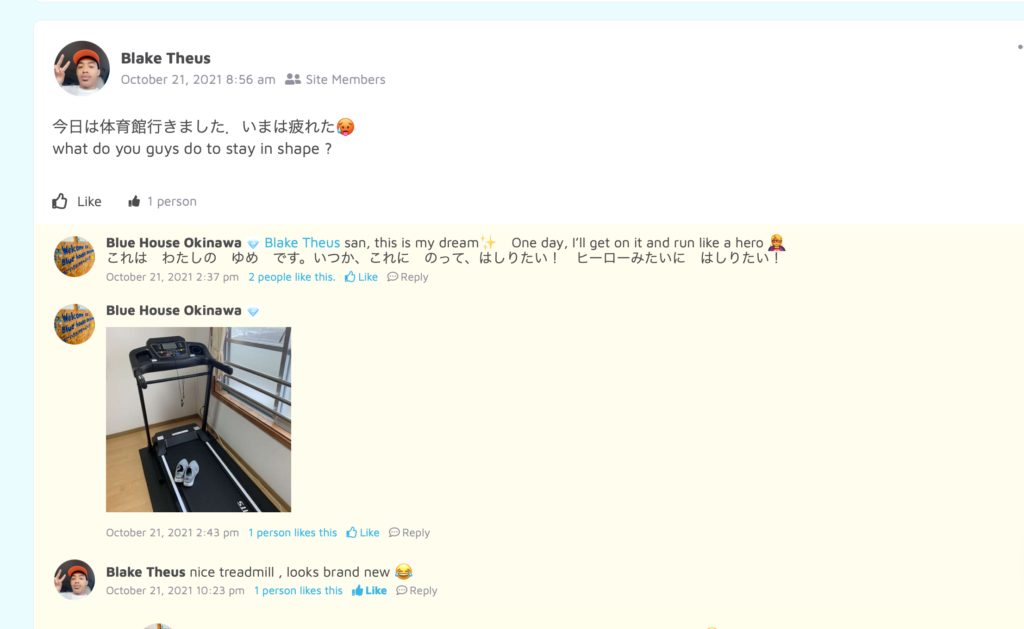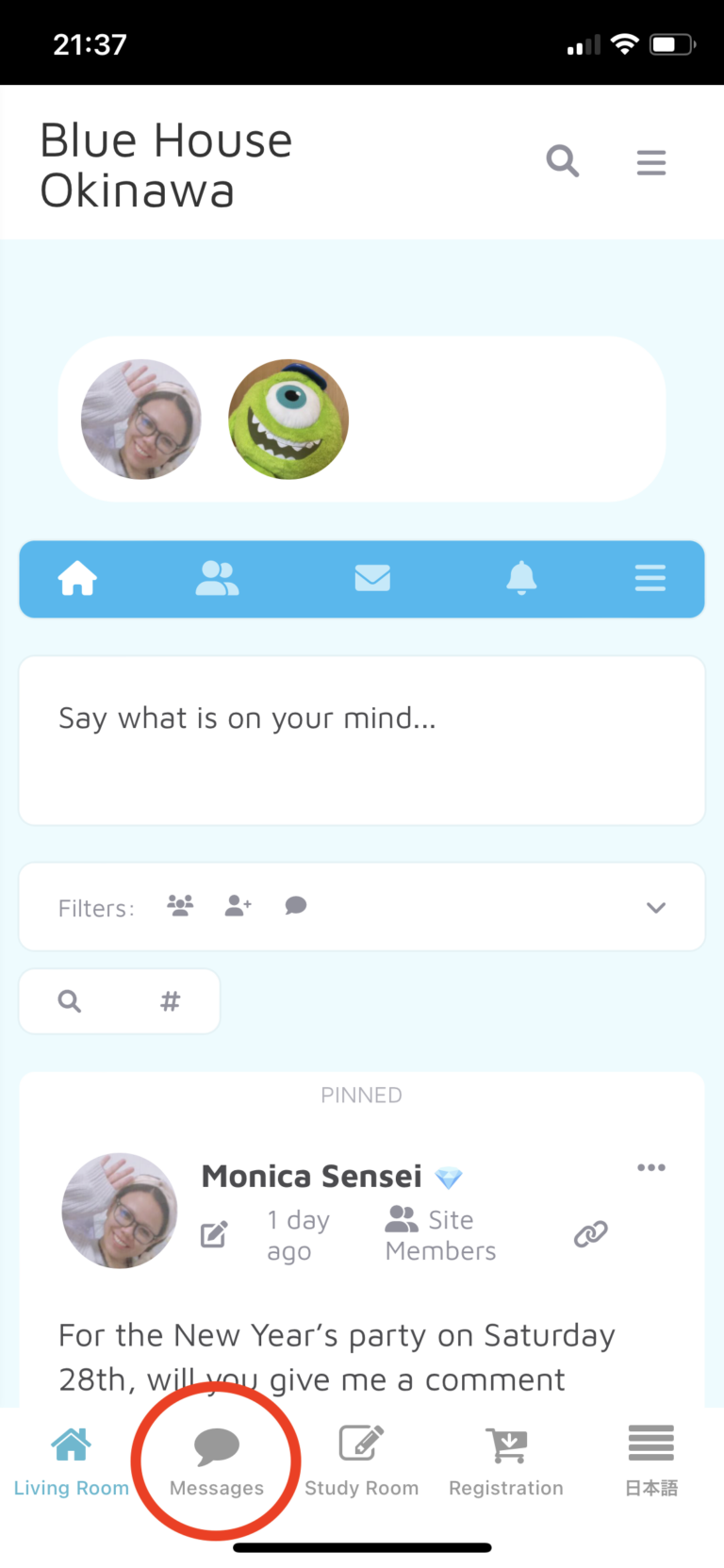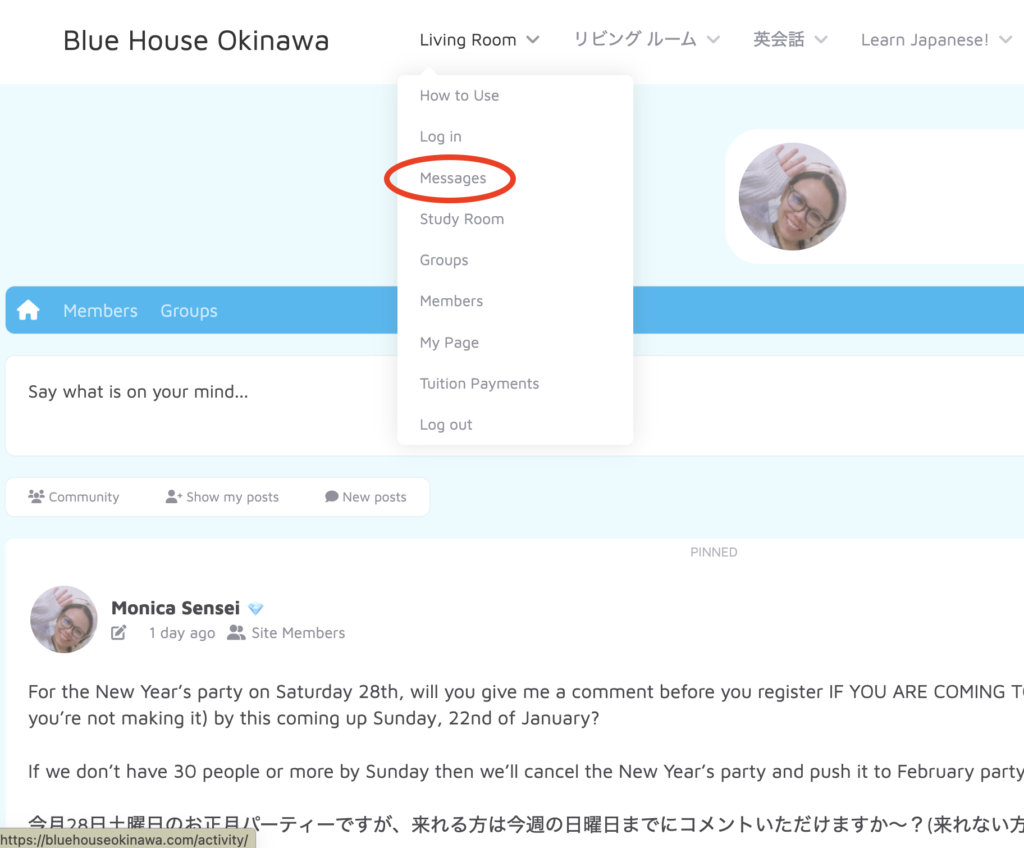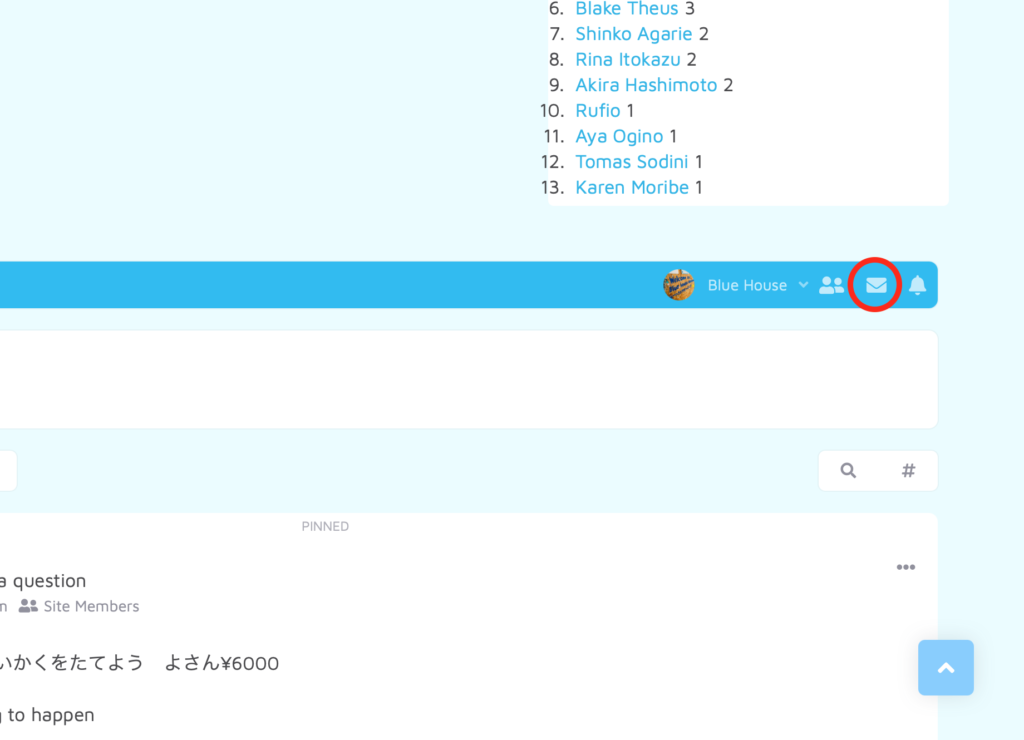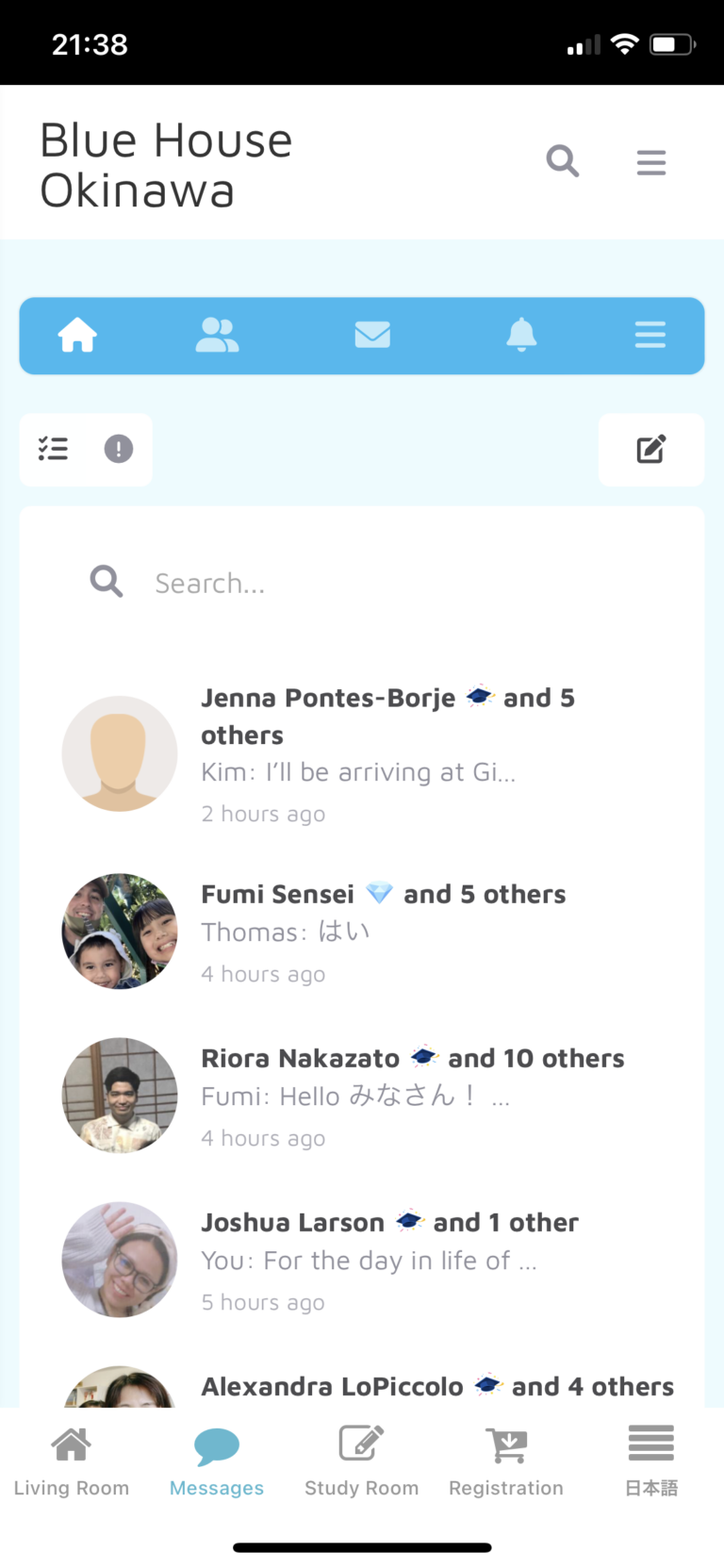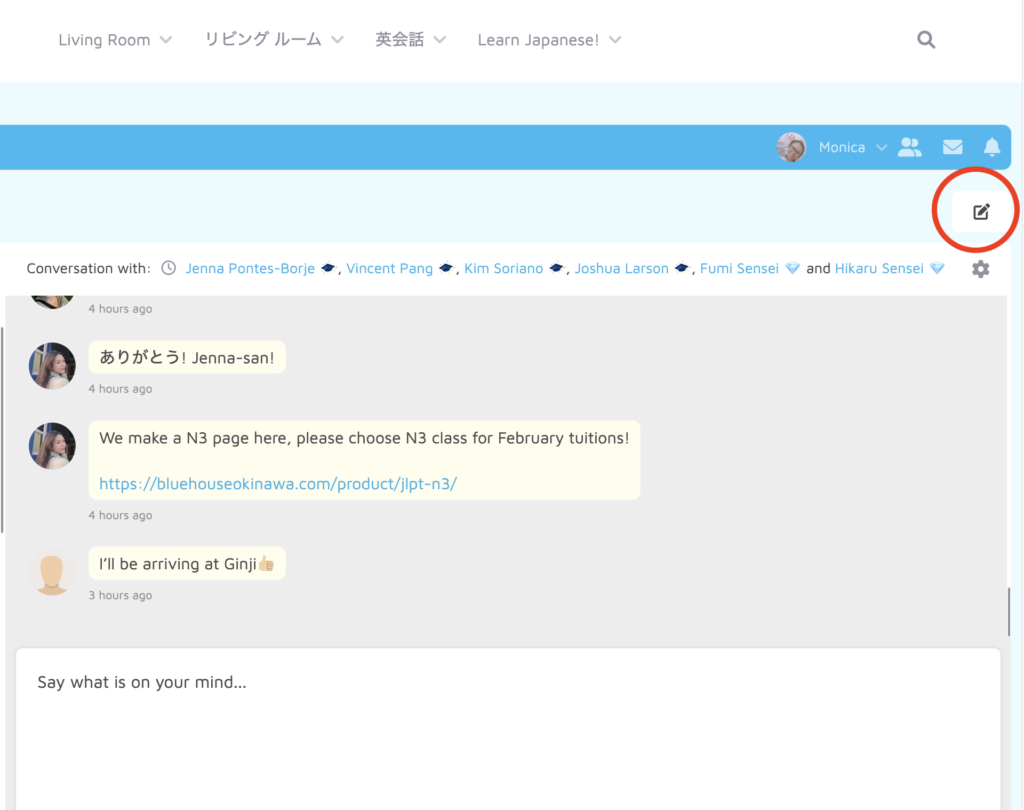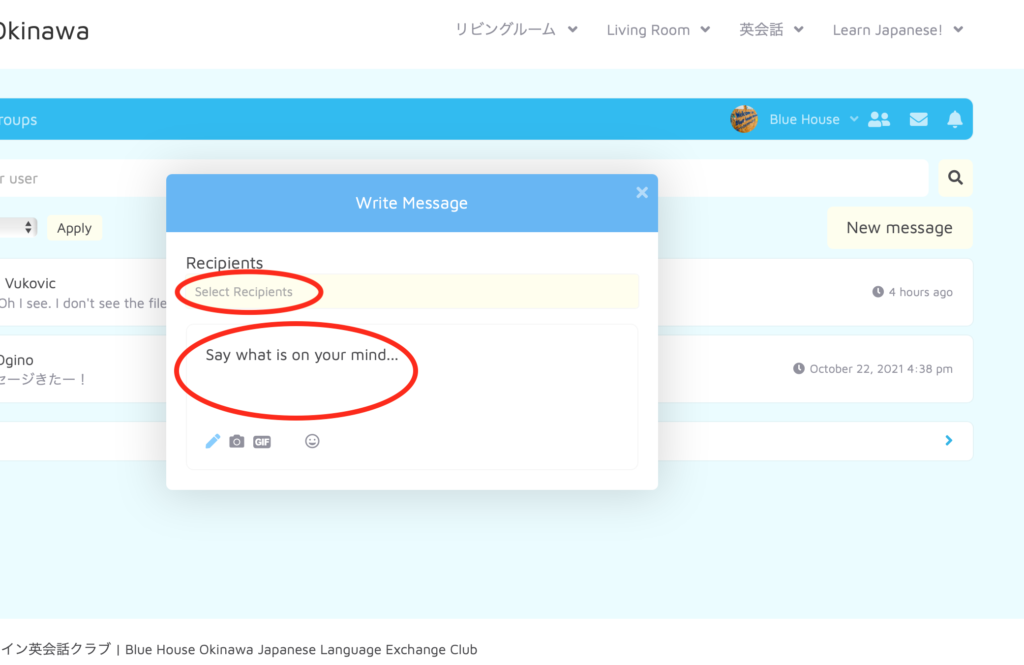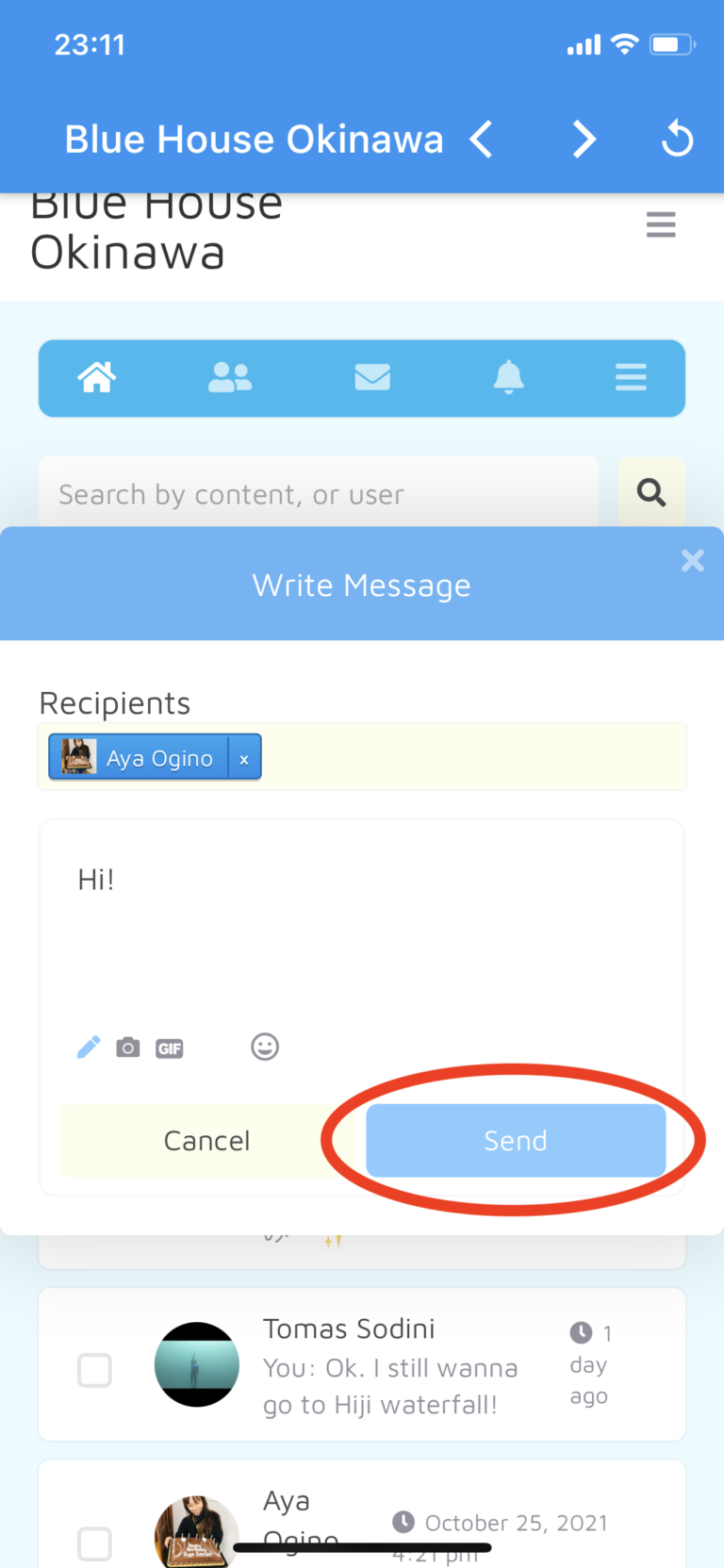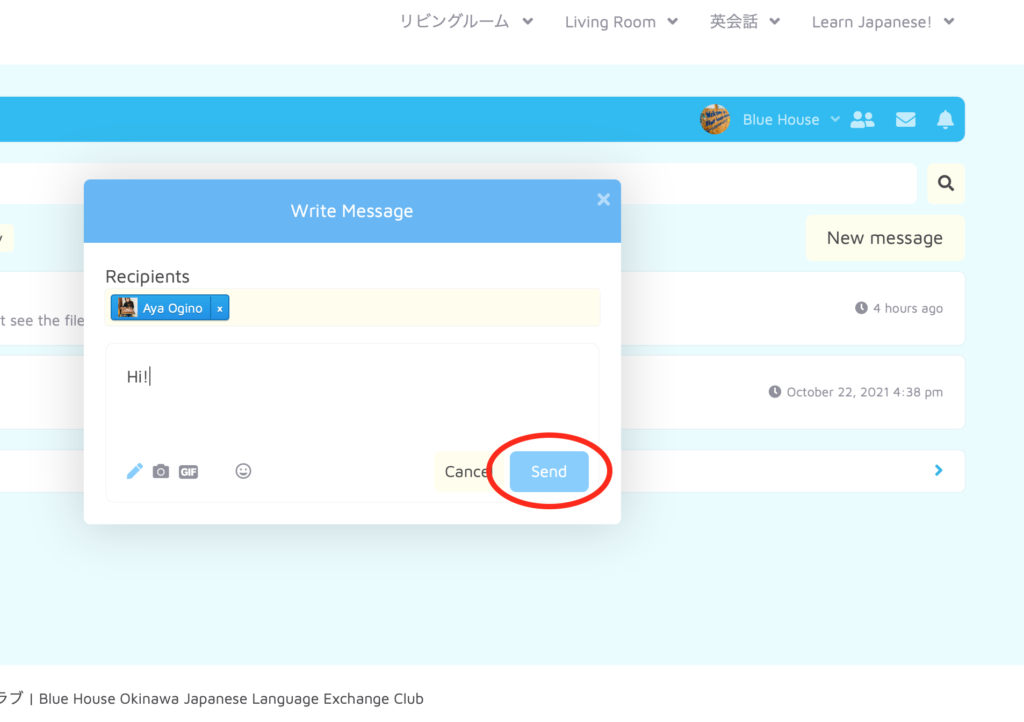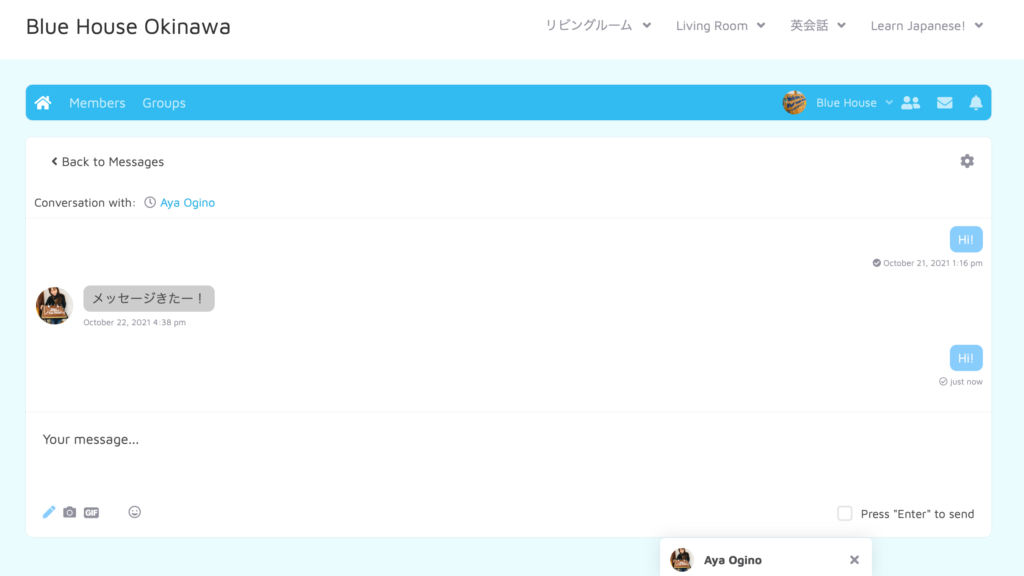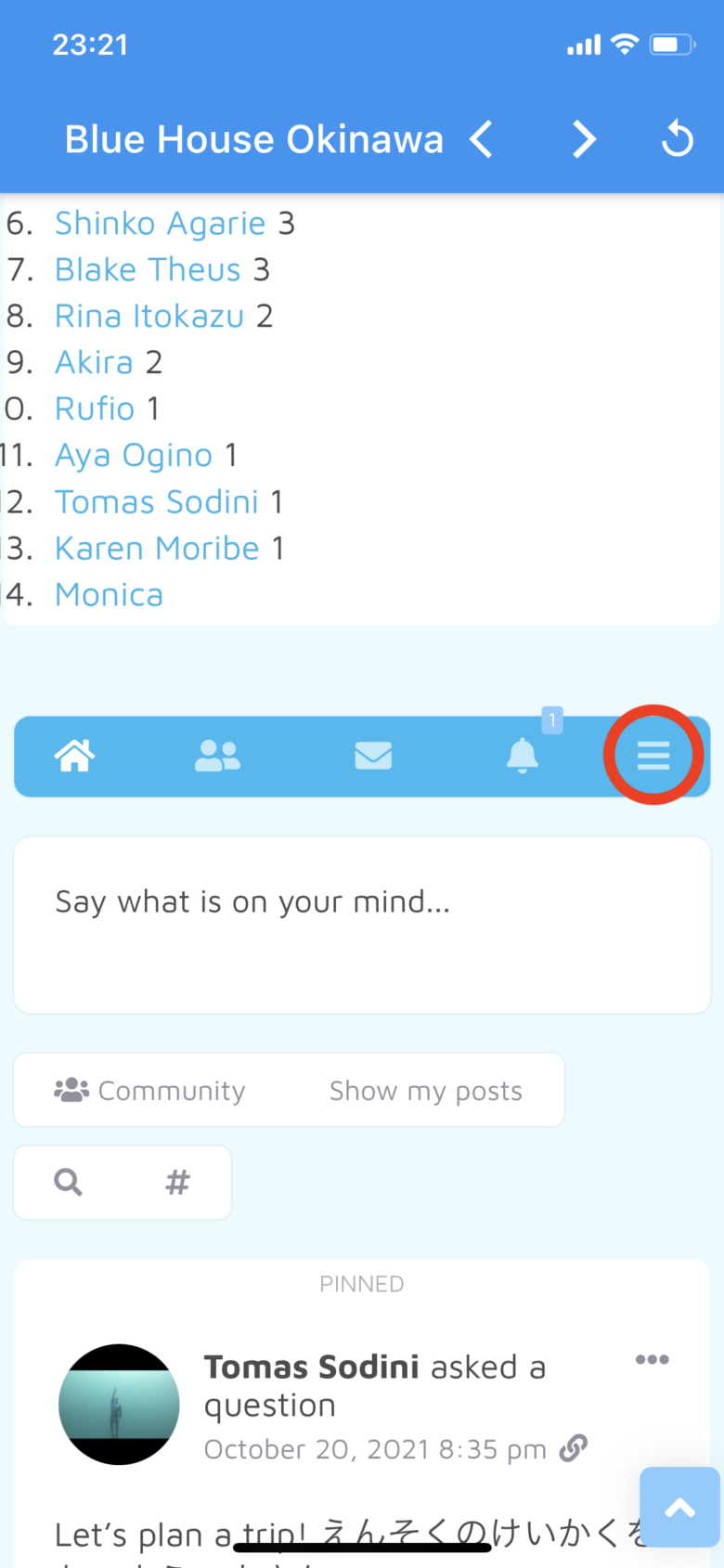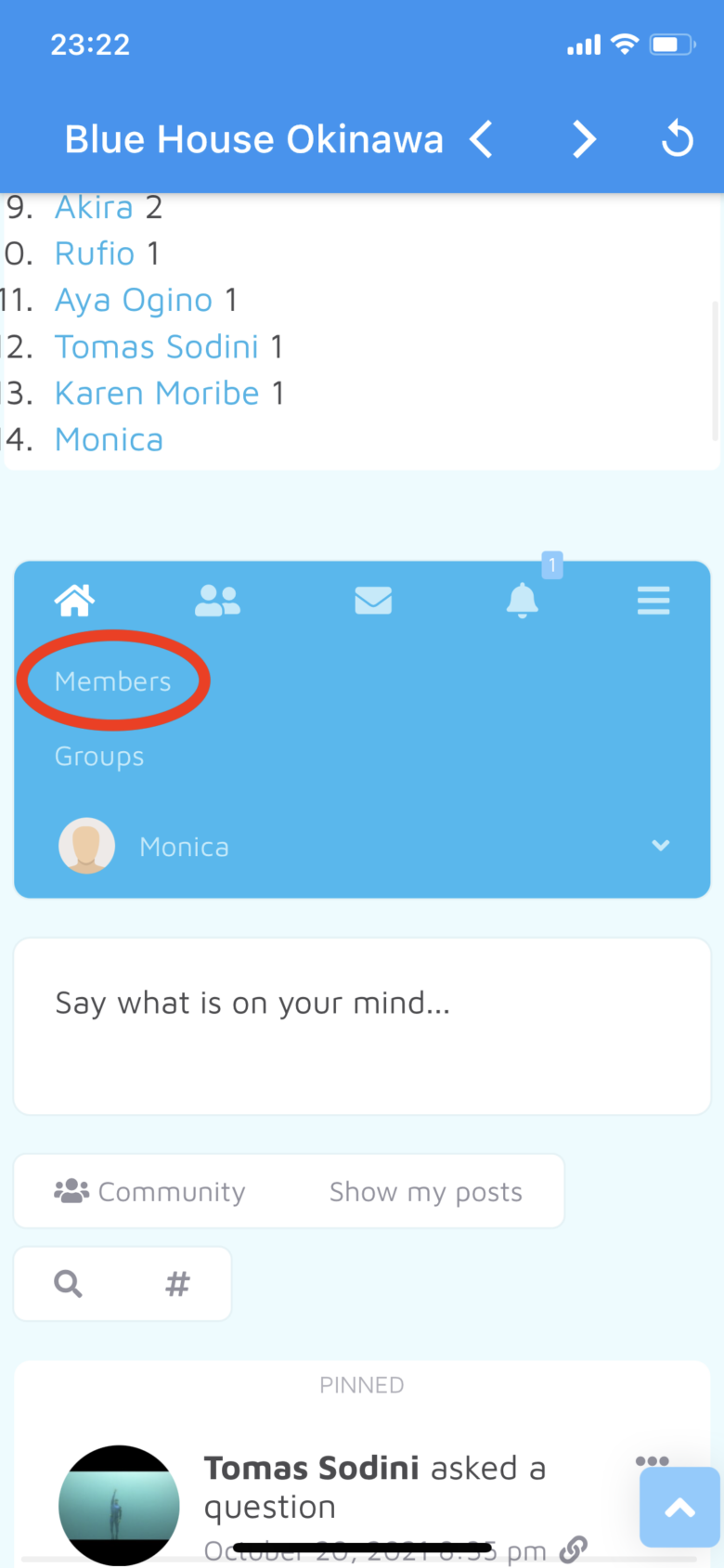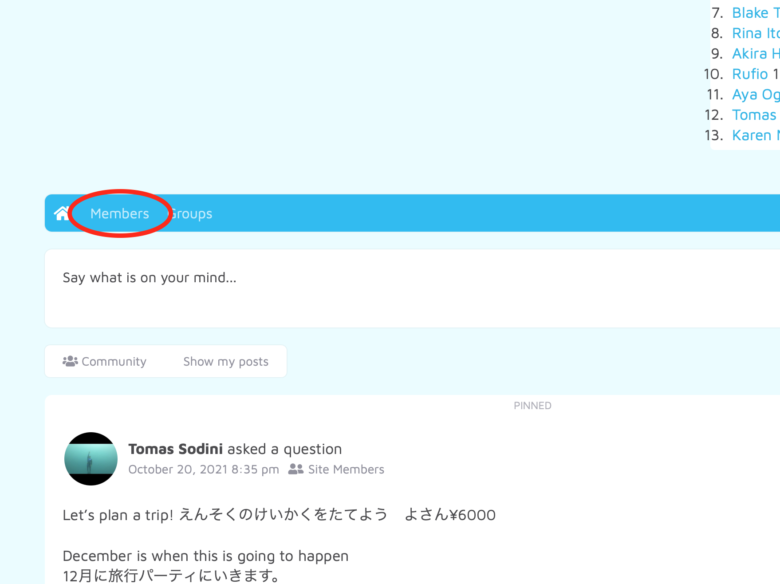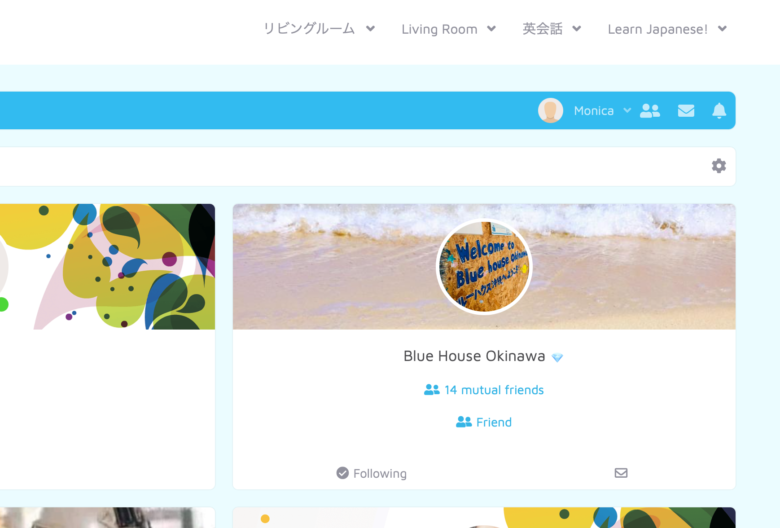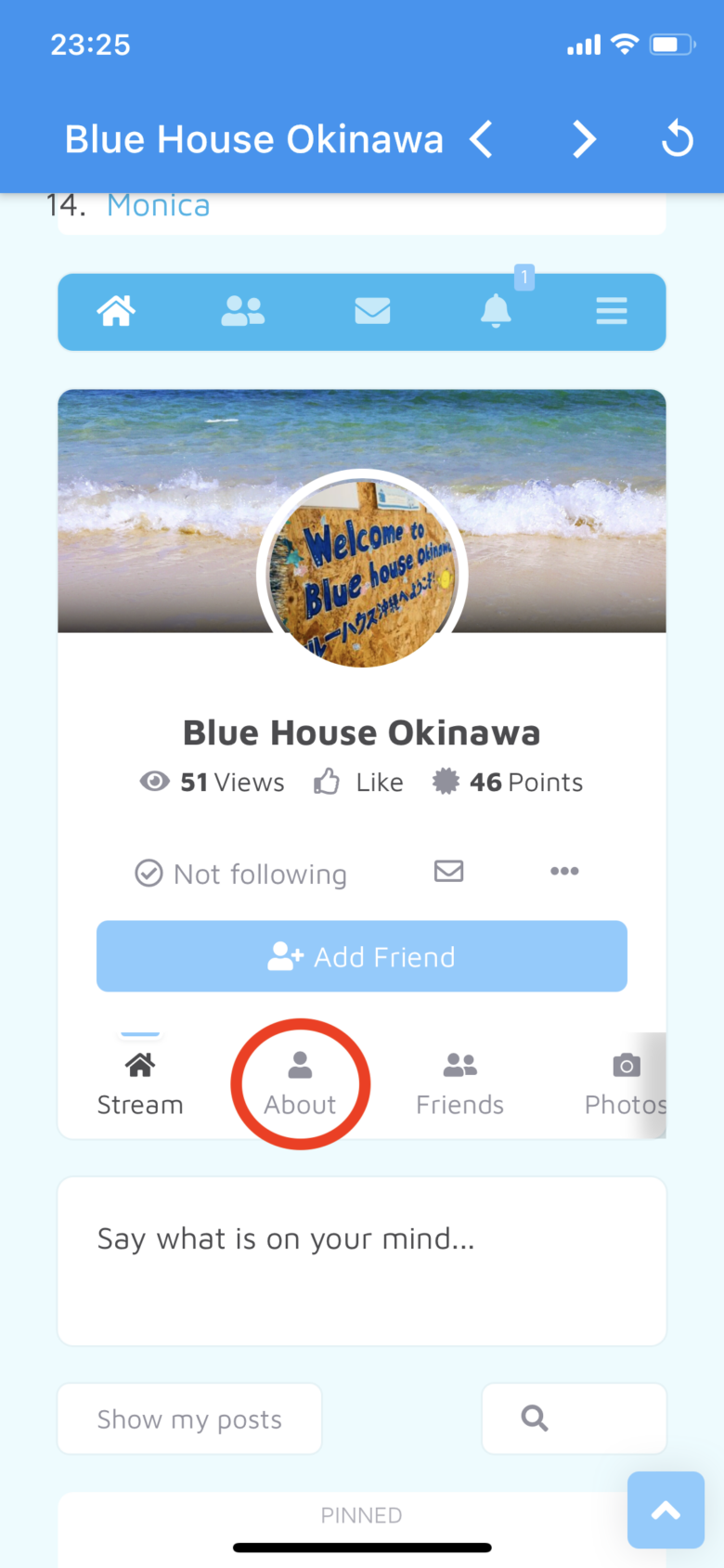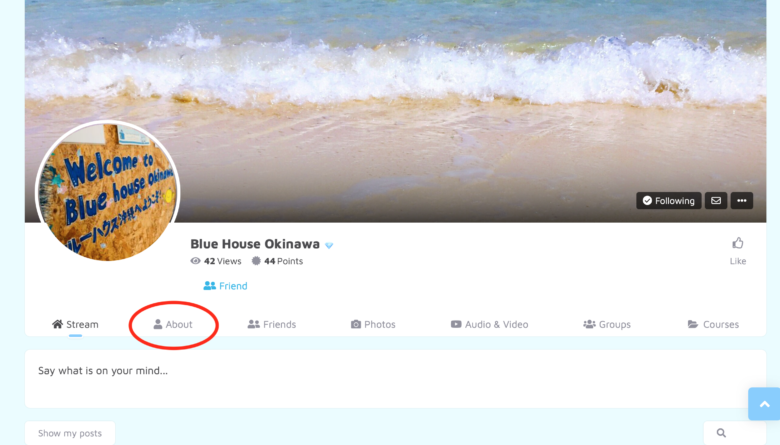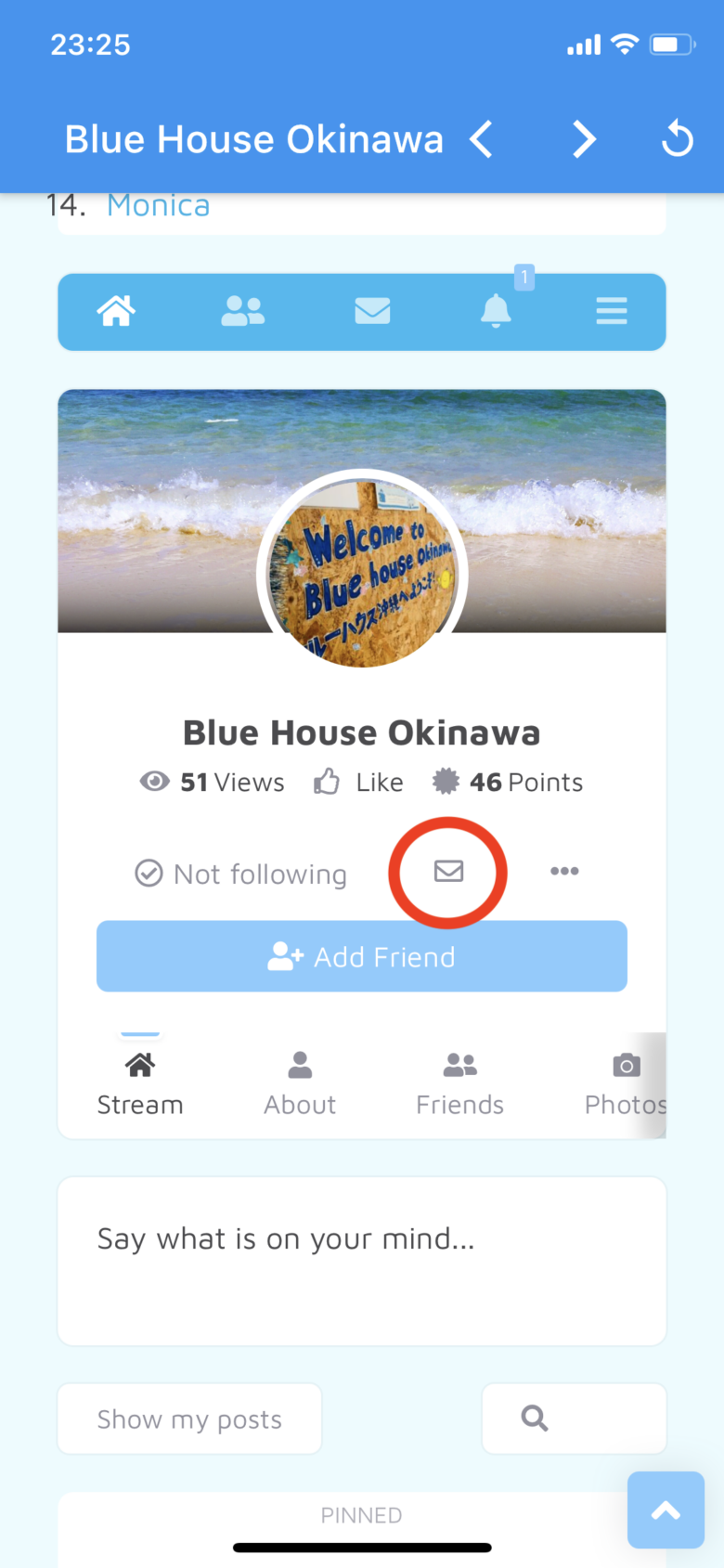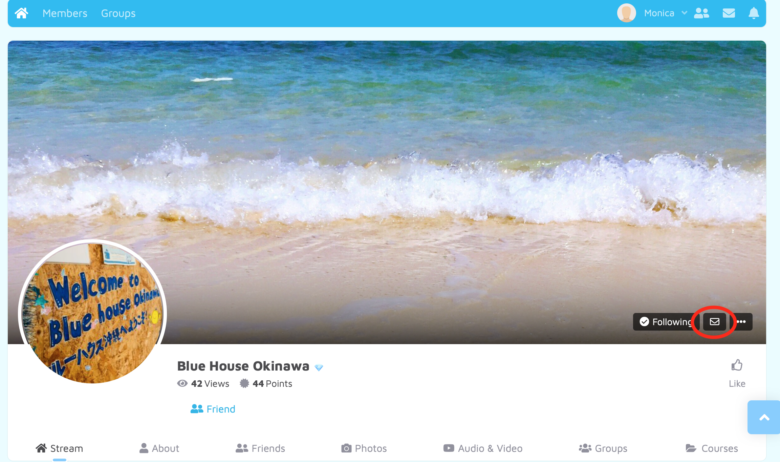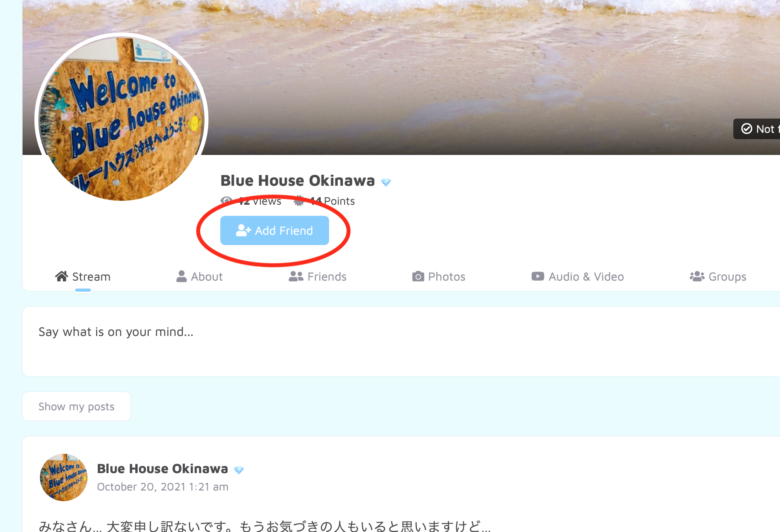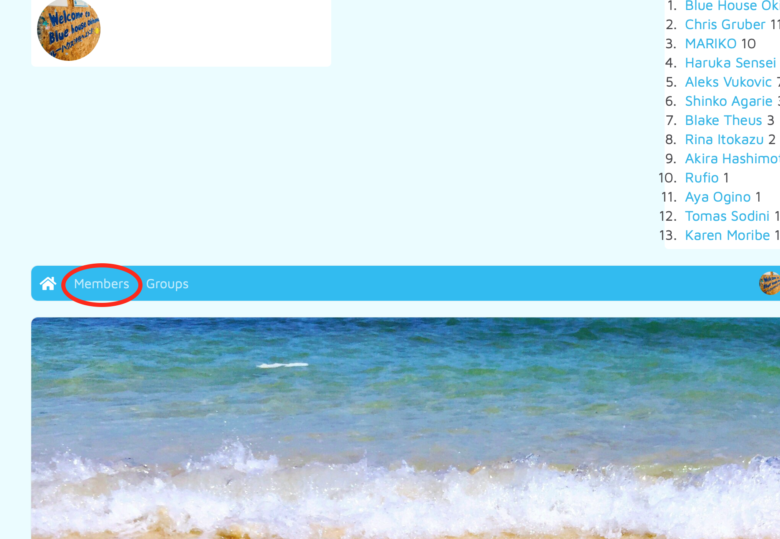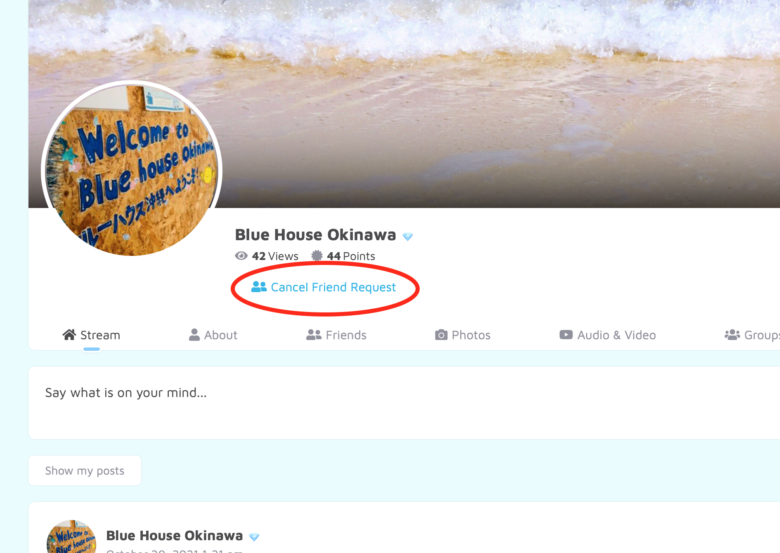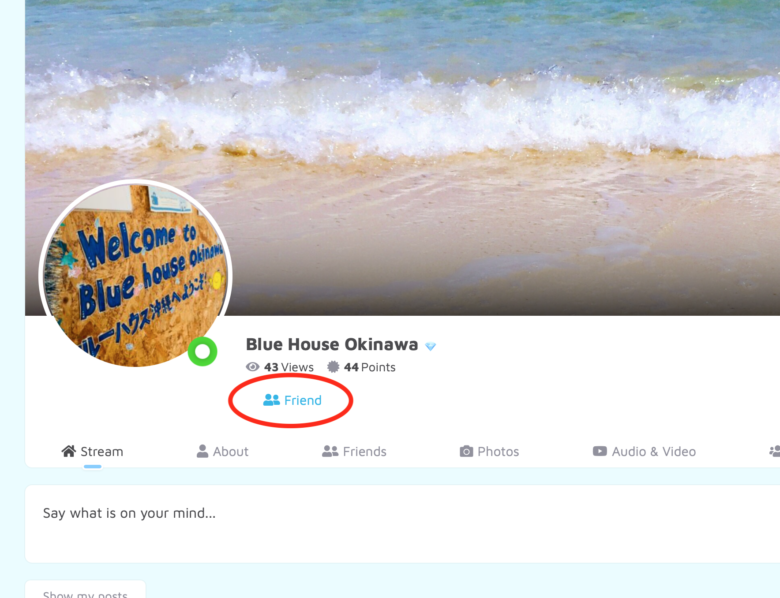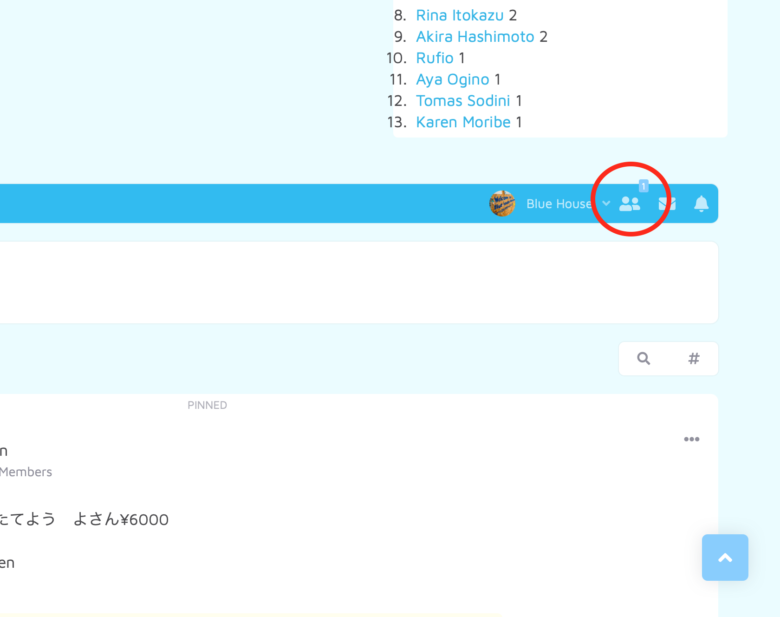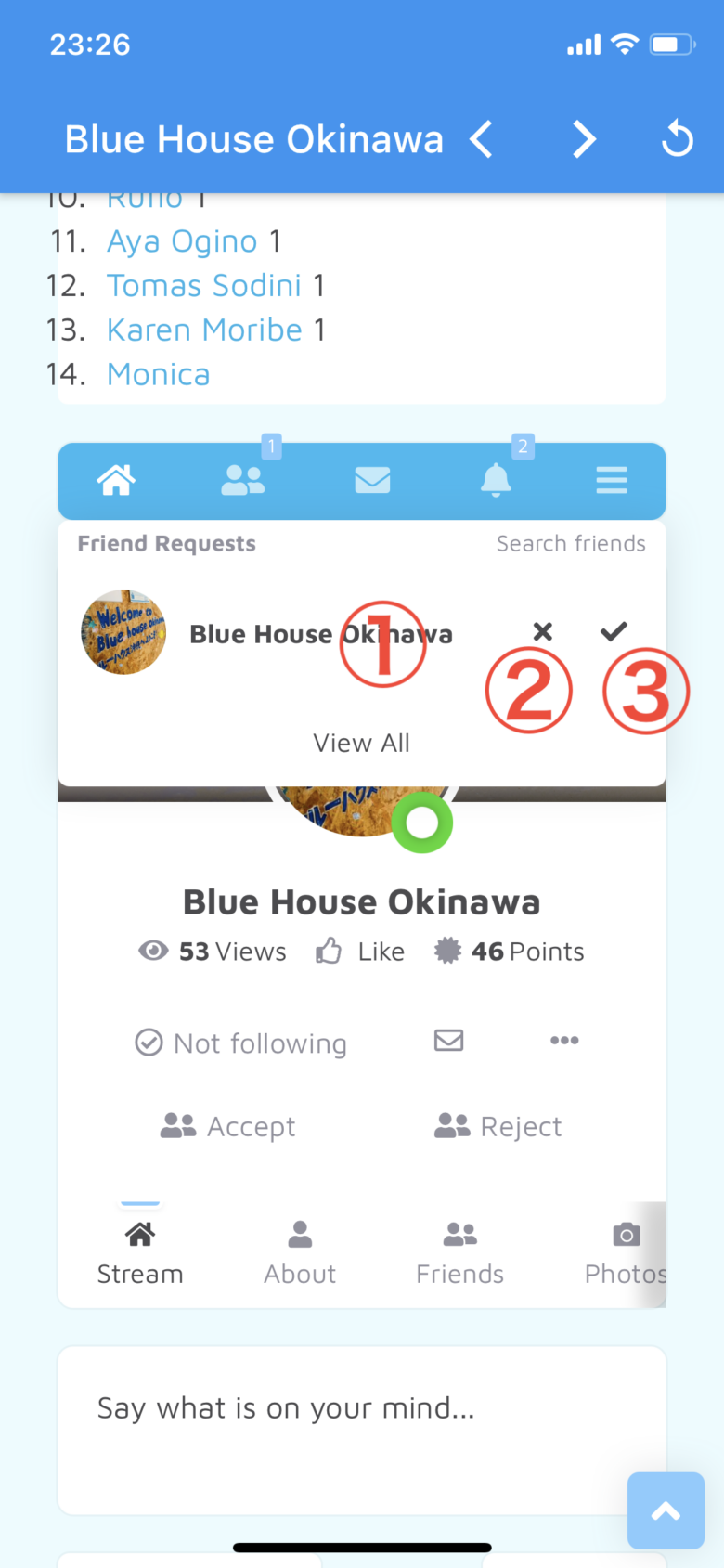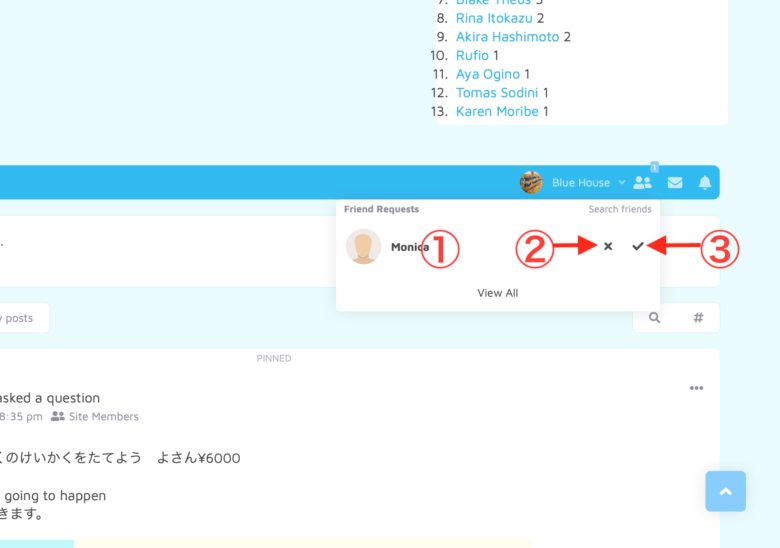Table of Contents
Jump into the Japanese language without any pre-study with our laid-back and engaging class!
Designed for learning in a fun, stress-free environment, our Japanese Conversation class let us explore the language together, right from the get-go.
If your time is limited but you’re keen to start speaking Japanese, our casual conversation classes are just what you need.
Perfect for those who want to focus on practical speaking skills rather than reading, writing, or complex grammar, our sessions are geared towards helping you master essential phrases and understand the basics for everyday communication.
Our class not only emphasize correct pronunciation and the use of daily expressions but is also ideal for those planning to travel or live in Japan.
Plus, you’ll have the fantastic opportunity to participate in Language Exchange sessions with Japanese students learning English and gain exclusive access to our vibrant online learning community!
Get ready to speak Japanese with confidence and ease.
Join us today and start your journey to becoming a proficient speaker!
After Taking This Course
After taking Japanese Conversation class at Blue House Okinawa,
you’ll be able to say Japanese phrases below:
*Greetings
*Self-Introduction
Ex.
– Nice to meet you. / Hajime mashite, douzo yoroshiku.
– Are you Mr. Suzuki? / Suzuki san desuka.
– The office number is 090-1234-5678. / Kaisha no denwa bangou wa 090-1234-5678.
*Country, People & Language
Ex.
– Japan, Japanese People, Japanese Language / nihon, nihon jin, nihon go
*Occupations

*Directions to a Taxi Driver
Ex.
– To the Narita airport, please. / Narita kuukou made onegai shimasu.
– straight, right, left / massugu, migi, hidari
*Places
Ex.
– bank, post office, hospital, park / ginkou, yuubin kyoku, byouin, kouen
*Counting in Yen

*Place an Order at a Coffee Shop
Ex.
– A large coffee, please. / Ko-hi- L-saizu o hitotsu onegai shimasu.
*Ordering a Pizza on the Phone
Ex.
– My address is Miyagi 1-82, Chatan. / Juusho wa Chatan cho, Miyagi 1-82 desu.
*What Are They Saying at a Convenience Store?
Ex.
– Shall I put it in a bag? / Fukuro ni oire shimasuka.
– Is it ok just like this? (no bag) / Kono mama de yoroshii desuka.
– Shall I put chopsticks? / Ohashi o otsuke shimasuka.
*What Are They Saying at a Coffee Shop?
Ex.
– Are you ready to order? / Gochumon okimari deshitara douzo.
– Is it for here? / Kochira de omeshi agari desuka.
– Is it to go? / Omochi kaeri desuka.
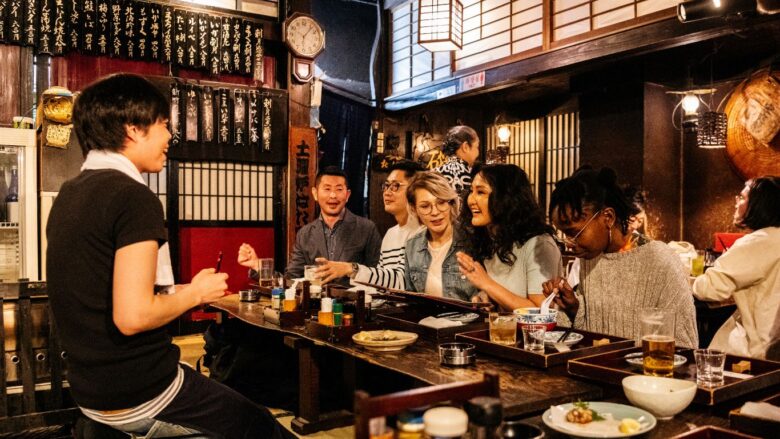
*Counting General Objects
Ex.
– one thing, two things, three things … / hitotsu, futatsu, mittsu…
*Ordering at a Restaurant
Ex.
– What is this? / Kore wa nan desuka.
– This is chicken curry. / Kore wa chikin kare- desu.
– Do you have beef curry? / Bi-fu kare- wa arimasuka.
*To Avoid Specific Ingredients
Ex.
– Are there any nuts in it? / Nattsu ga haitte imasuka.
– Can I have it without nuts in it? / Nattsu nashi o onegai dekimasuka.
– I’m allergic to nuts. / Nattsu arerugi- desu.
*Kanji Signs in Restaurants
Ex.
– open for business / 営業中 eigyou chu
– in preparation / 準備中 junbi chu
– regular holiday, closed / 定休日 teikyubi
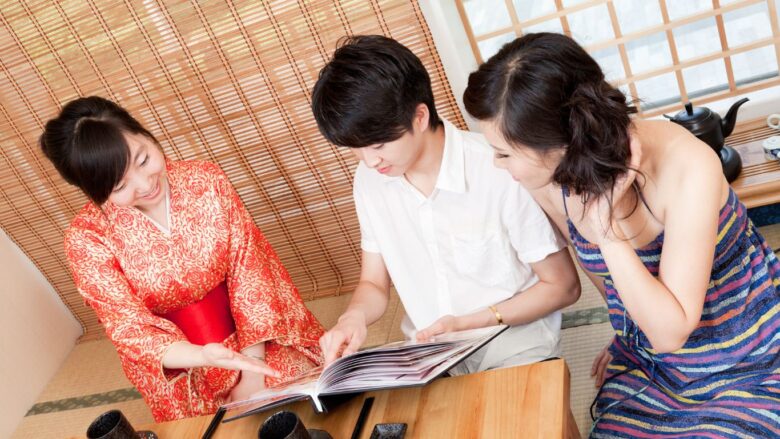
*Shopping
Ex.
– What is it? / Nan desuka.
– Where is it? / Doko desuka.
– How much is it? / Ikura desuka.
*Food and Ingredients Vocabulary
*Telling Time
Ex.
– 1 o’clock, 2 o’clock, 3 o’clock … / ichiji, niji, sanji …
– 1 minutes, 5 minutes, 10 minutes … / ippun, gofun, juppun
– What time is it? / Nan ji desuka.
*Asking for Business Hours
Ex.
– What time do you open? / Nanji kara desuka.
– What time do you close? / Nanji made desuka.
– When would be possible? / Itsu deki masuka.
*Days of the Week
*Months and Dates

*Taking Public Transportation
Ex.
– train, bullet train, airplane / densha, shinkansen, hikouki
– I go to the airport. / Kuukou ni ikimasu.
– Does this bus go to the airport? / Kono basu wa kuukou ni ikimasuka.
*Locations
Ex.
– in front of the airport / kuukou no mae
– nearby the train station / eki no chikaku
– to the right of the convenience store / konbini no migi
*At the Station
Ex.
– to get on shinkansen at Osaka / Osaka de shinkansen ni norimasu
– to change to JR at Kyoto / Kyoto de JR ni norikaemasu
– to get off at Gion / Gion de orimasu
*Asking for the Destination
Ex.
– Where does this go? / Kore wa doko ni ikimasuka.
– Does it go to the airport? / Kuukou ni ikimasuka.
– I go to the airport. / Kuukou ni ikimasu.

*Everyday Phrases
Ex.
– I eat sandwiches for lunch. / Hirugohan ni sandoicchi o tabemasu.
– I go to work at 7. / Shichiji ni shigoto ni ikimasu.
– I watch movies on my day off. / Yasumi no hi wa eiga o mimasu.
– I buy a new phone. / Atarashii keitai o kaimasu.
*Socializing
Ex.
– Why don’t we go together? / Issho ni iki masenka.
– Why don’t we have lunch together? / Issho ni hiru gohan o tabe masenka.
– Why don’t we have coffee together? / Issho ni ko-hi- o nomi masenka.
– Let’s go. / Iki masho.
– Let’s eat. / Tabe masho.
– Let’s drink. / Nomi masho.
*Describing Your Day
Ex.
– I went to the gym today. / Kyo jimu ni ikimashita.
– I had dinner. / Ban gohan o tabe mashita.
– I didn’t drink beer. / Bi-ru o nomi masen deshita.
– It was fun. / Tanoshi katta desu.
– It was delicious. / Oishi katta desu.

Japanese Manners & Etiquette
We’ll also learn about Japanese Manners & Etiquette too!:
*Dining Manners
– Bad Chopstick Manners
– Manners for Eating Sushi
– Manners for Sushi-Go-Around
– Manners for Eating Noodles
– Manners for Eating Tempura
– Manners at Izakaya; Japanese-Style Bar
– How to Pour Japanese Sake and Shochu
– Manners for Eating Ramen
– How to Make Your Own Onigiri
– Manners for Eating Japanese Confectionery
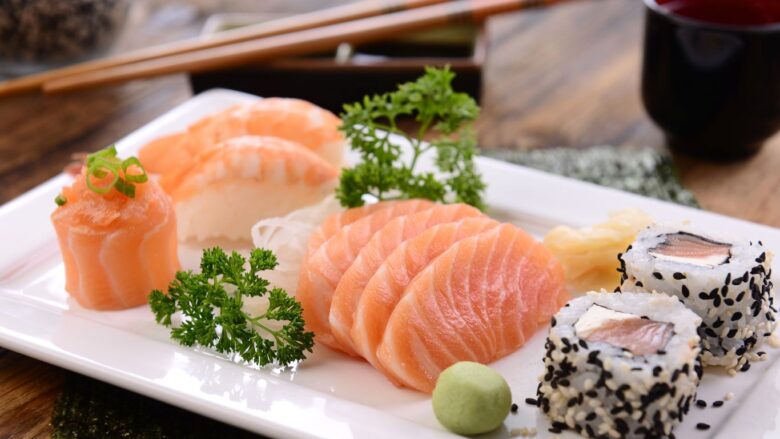
*Manners for Staying and Visiting
– How to Drink Japanese Tea
– How to Make Your Own Japanese Tea
– Manners at Ryokan; Japanese-Style Hotels
– How to Wear a Yukata; Japanese-Style Summer Kimono
– Manners at Hot Springs
– How to Take a Public Bath
– Staying at a Japanese Temple/Shrine
– Manners for a Japanese House Visit
– Manners for Giving a Gift
– Manners for Visiting Japanese Temples and Shrines
– How to do Zazen; Japanese Meditation

*Understanding Japanese Culture
– Japanese Gardens
– How to Spot a Good Bonsai
– Japanese Castles
– Japanese Festivals
– Manners at Japanese Cherry Blossom Viewing Visit
– Kabuki, Noh, Kagura, Gagaku, Bunraku; Japanese Culture
– Kimono; Japanese Traditional Formal Dress
– Kimono Manners
– Sado; Japanese Tea Ceremony
– Kado; Japanese Flower Arrangement
– Shodo, Haiku; Japanese Literature
– Ukiyoe; Japanese Art
– Budo; Japanese Martial Arts
– Origami
– Annual Events in Spring
– Annual Events in Summer
– Annual Events in Autumn
– Annual Events in Winter
– Japanese New Year
– Japanese Shinto-Style Wedding
– Japanese Funeral
– Greeting in Japanese

Practice in Class
Listening and Speaking Practice with Native Japanese Speakers in Language Exchange
It immerses you in the language’s natural rhythm, intonation, and cultural nuances, making learning authentic and engaging.
This direct interaction boosts your listening comprehension and speaking fluency, allowing you to pick up colloquial expressions and slang.
Moreover, it builds confidence in real-world communication and fosters a deeper understanding of Japanese culture.
These exchanges are a crucial part of mastering the language in a way textbooks alone cannot provide.
Ask Native Japanese Speakers the Questions
This immersive experience helps learners grasp nuanced pronunciations, understand colloquial expressions, and become familiar with cultural contexts, improving listening and speaking skills.
It encourages active learning through real-time feedback, helping to correct mistakes and clarify doubts immediately.
Engaging with natives also boosts confidence in using the language in everyday scenarios, making the learning process more enjoyable and effective.
Overall, it’s a direct, practical approach to mastering Japanese, making it easier to think and communicate fluently in the language.
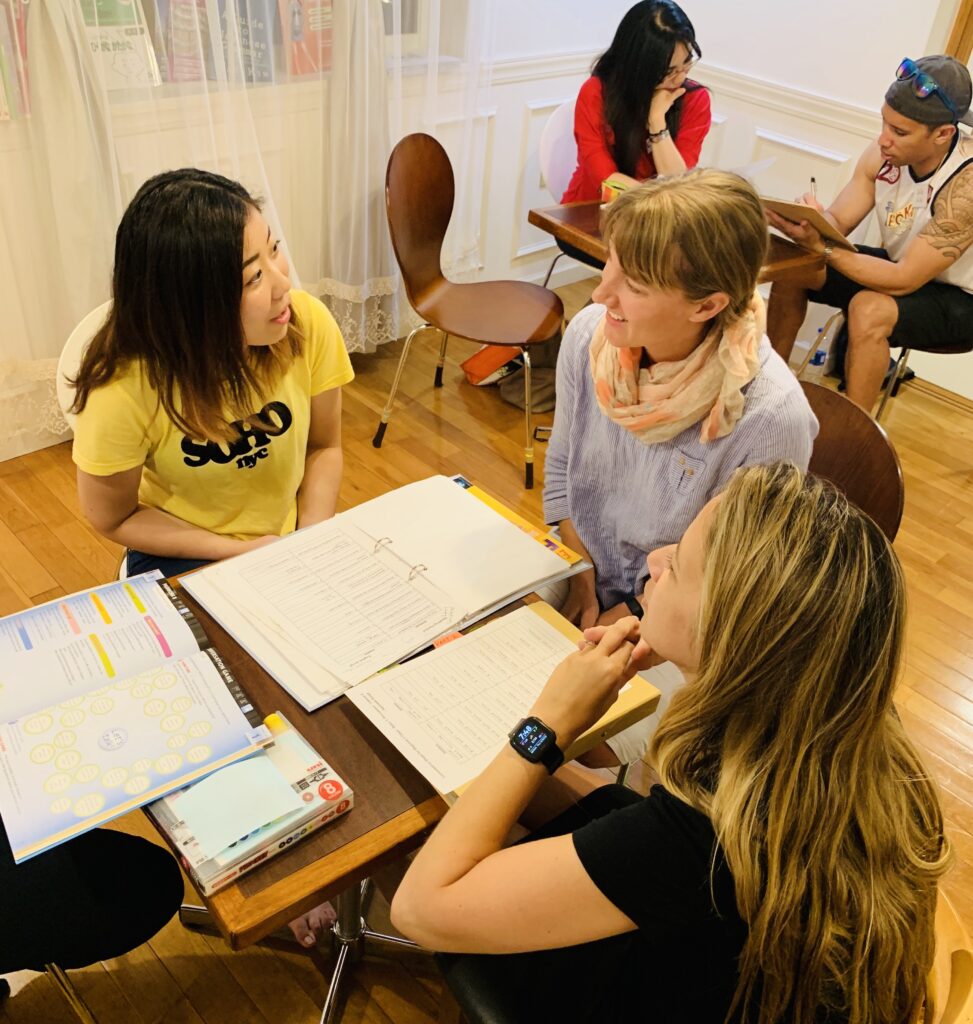
Even More Practice!
Ask native Japanese speakers questions on Blue House Okinawa App/Website
You asked for more ways to practice Japanese, and guess what?
We’ve got you covered with our very own app, made for you amazing students! 🌟
Now you can flex your language muscles anytime, anywhere—whether you’re chilling at home, on your daily commute, or just scrolling through your phone with some time to spare.
Dive into the app and you’ll find all sorts of fun ways to keep up with your Japanese studies.
Post, comment, slide into DMs, and do everything you need to boost your language skills.
Plus, you get to support our awesome local Japanese friends who are learning English, just like in our Language Exchange program at school.
Feeling a bit shy about your Japanese?
Pop into the Living Room to ask if your Japanese hits the mark, or lend a hand (and your English skills) to help local students master English with your comments and posts.
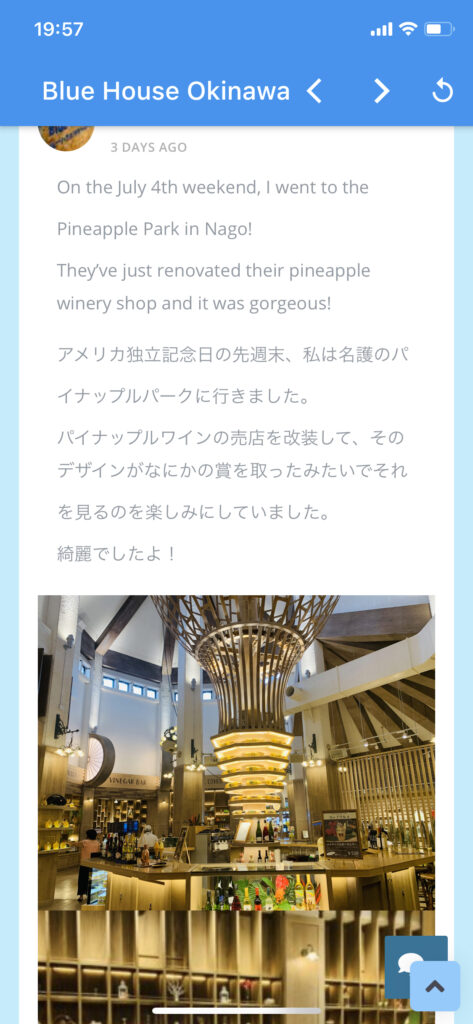
Host a Study Exchange
Want to try out your Japanese?
Or, do you like to practice your listening and speaking?
Then, host a Study Exchange and study with local Japanese friends!
At the Study Exchange, you can:
*see if you remember what you’ve learned.
*see if your Japanese friends understand your Japanese.
*listen to native Japanese speakers’ Japanese pronunciation.
*learn how native Japanese speakers use Japanese.
*understand what your Japanese friends think, how they look at things, and how they express their feelings.
*understand Japanese culture on a deeper level.
Sounds so exciting, right?
Oh after the Study Exchange, don’t forget to post the report for your review!
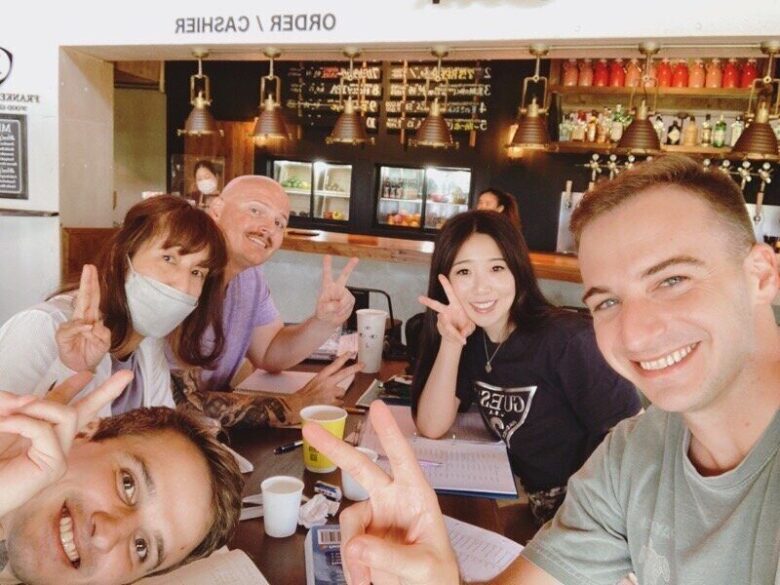
How to Start
Here are the easy steps to get you started with your Japanese Conversation class.
1. Please take a moment to review our cancellation policy on the registration page.
2. Go ahead and sign up for the class using the link below.
3. Complete the online orientation. Don’t worry, we’ll send you the link automatically once you’ve registered.
4. Familiarize yourself with our student agreement and house rules.
5. Register and set up your profile on our school app or website.
6. Introduce yourself on the app or website to connect with your classmates.
7. Once you’ve completed all the steps, drop us a message in the Living Room.
We’re excited to have you join us and can’t wait to see you in class!
As our Japanese conversation class comes to a close, you’ll make remarkable strides in your speaking and comprehension skills.
This journey will equip you with practical language tools and confidence to engage in conversations with native speakers.
We hope the real-life scenarios and interactive sessions inspires you to continue practicing and exploring the nuances of Japanese.
Keep building on this foundation—practice regularly, stay curious, and seek opportunities to converse in Japanese.
Your progress is a testament to your dedication, and with continued effort, you’ll find your fluency ever improving. Keep up the great work!
Who We Are
More Than a Language School
We are a close-knit community of Japanese and English learners! We teach each other and learn from each other.
Authentic Language Practice
Because we have both English classes and Japanese classes, there are endless opportunities to practice with native speakers.
Relaxed & Community-Centered
We believe in a community-oriented approach to learning. We support each other, grow, and laugh together.

